Turkey Part 3: From Lake Bafa to Patara
Spectacular Scenery and Nature on our way to the Lycian Coast (18)
After immersing ourselves in the ancient times and learning a lot about columns we were ready for a change and some nature. From Didim we followed the coast of Lake Bafa (Bafa Gölü), a landlocked lake with 50% saltwater, that constitutes the last trace of the Aegean’s former inland reach. This peaceful lake is surrounded by traditional villages and has got a spectacular setting with the craggy Latmos Mountains in the background. We never heard of this Lake before, as it is not part of the standard touristic itinerary in Turkey, although it would deserve to be a hotspot with the breath-taking scenery. Lake Bafa is the most beautiful place we’ve seen in Turkey so far.
The main road followed the lake shore and went up and down all the time. Dario had a flat and it was time for lunch and we were lucky, because we were just across an open restaurant. Dario could fix his flat with sea view and afterwards we enjoyed fresh Gözleme on the beach.
We climbed the next hill with renewed energy and were stopped again – this time by Mustafa and Hatice. The couple had a small booth selling citrus fruits and some snacks. We gladly accepted their invitation for a sweet çay. Of course, they wanted to know if we were married and where we would stay that night. We planned to stay in the village Kapıkırı on the lake’s far eastern shore and had to turn down their nice offer to stay in a heated tent next to them. While saying goodbye, they told us to stay with them on our way back. But unfortunately, our route followed a different direction. We were touched by their offer and continued cycling.
We bought some vegetables in the next village on the lake and were offered another place to stay there. But our decision to drive all the way to Kapıkırı was definitely worth it. As soon as we left the main road, the scenery got spectacular with red glowing rocks and the mountains rising steeply from the shore. We were astonished by the picture-perfect natural setting of Lake Bafa and were looking forward to our stay here. After a few kilometers on the lonely road we reached our destination and felt like at the end of the world. It is easy to unwind in this “other-worldly” scene on the lakeside.
Monasteries, Islands and wonderful nature on Lake Bafa
The ruins of the ancient Herakleia are found everywhere in Kapıkırı, next to some pensions and (closed) restaurants. Apart from that there are some roving chickens, donkeys and insistent old women selling their handicrafts. It wasn’t easy to find an accommodation during the pandemic and out of season.
Luckily, the owner of the Selene’s Pension offered us a room, even though they were busy refurbishing the kitchen. They couldn’t serve us any meals and we had cater for ourselves. We could stay in a room with a big balcony and a great view of the lake and the island in front of us. There was only a tiny supermarket in the village, but we were able to order vegetables or bread from our pension owner, who frequently drove to the bigger town Milas.
We initially just wanted to stay one night at Lake Bafa and then continue our trip towards Bodrum, but we realized quickly that this place is too impressive and deserves a longer break and so we stayed four nights.
The region isn’t touched by mass tourism and ideal for independent travelers, hikers, climbers and ornithologists. The area around Kapıkırı offers Byzantine hermitages and churches, the ruins of the ancient Carian port city Herakleia, rock paintings, picturesque rural villages and on the lake you can observe pelicans and flamingos. Turkey’s longest hiking trail, the Carian Trail, runs through this region and there are several marked hiking paths starting from the village.
On our first day, we hiked from the neighboring village up to the Yediler Monastery. The trail meanders through lush meadows and olive trees on the foothill of the Latmos Mountains up to the Monastery, that is very well hidden in the middle of bizarre rock formations. The Yediler Monastery was built in the seventh century by monks. The remote location served as a natural safeguard and protected its residents for years. It always amazes us, how monasteries or temples are built on such elevated positions, for example the Monasteries of Meteora in Greece and we always ask ourselves why a particular location is chosen. The Yediler Monastery is situated very well protected and even when you are close to it, it is hard to see it in the middle of all the rocks. We climbed through the ruins and enjoyed the marvelous views in this epic landscape. You can discover the rooms where the monks once lived and also a fresco in one of the boulders. During our visit, we didn’t see anyone on the trail and it felt so great to be out here.
We took a boat trip the next morning with the owner of the Selene’s Pension and were able to see flamingos and pelicans on the calm lake. We reached an island with the fundaments of ancient buildings that is connected by a sandbank with the mainland. Definitely a great swimming spot in summer.
In the afternoon we visited the remains of ancient Herakleia right next to the village and walked over pastures to the unrestored theatre, that only has got a few seating rows left. We followed a path along the old city wall, even though sometimes it was hard to find the trail. But we didn’t have a destination and just wanted enjoy the tranquility of the surrounding nature and it didn’t bother us walking in circles.
As many times before, we were accompanied by a curious dog. Something that happened quite often – Turkish dogs like to follow us for some reason, even though we don’t animate them at all. By the way, we didn’t have any problems with dog encounters so far during our bike trip despite our expectations. Dogs often bark when we cycle past them, but as soon as we stop, they are confused and don’t know why they started barking in the first place. Sometimes they even get scared and leave. Hopefully, our future encounters with dogs will be just as peaceful.
On our last day on Lake Bafa, we wanted to return to the sandbank and the island and followed an unmarked path along the lake and found a beautiful spot for a break. We enjoyed the sun and the view. In the later afternoon we walked back to our accommodation and had a last dinner on our balcony and then it was time to say goodbye from this wonderful remote place that we can highly recommend visiting.
What’s that noise?
We cycled through an agricultural area in the former kingdom of Caria and visited the often overlooked ancient site Euromos with its partly restored Temple of Zeus. We left the main road shortly before the Bodrum Peninsula in order to find a spot to pitch our tent. We passed a hamlet with barking dogs and arrived at a natural space on a lagoon that was prohibited for cars. But it was easy getting there with the bicycles and out of the way, so that we wouldn’t be discovered by the police this time. We prepared everything, the tent was standing and we enjoyed our dinner when we heard a mysterious noise too close to us to ignore. Our first thought was dogs, then starting to get a little paranoid, we thought it must we wolves. But then the mysterious noise started to get more specific and turned out to be a grunting coming from a herd of wild boars roaming around our campsite. When they saw us standing there, they ran away. Simultaneously, we started hearing gun shots in the distance. What if we found ourselves in the middle of a wild boar hunt, help! What should we do know? Under many curses we packed everything together and decided to move a few kilometers away and find a new spot for the night to sleep peacefully.
On the road on the Bodrum- and Datça-Peninsula
The Bodrum- and Datça-Peninsula reach like fingers into the Aegean Sea and have one thing in common: a beautiful ragged coastline, forests and many exhausting climbs. Even though the Bodrum Peninsula is the most touristic of them, you can find tranquil coastal villages and scarcely populated hills. The journey to Bodrum was surprisingly appealing with pine forests and attractive coves.
The popular holiday spot Bodrum (population: 175'000) is a former fishing town and has got a certain charm with the evocative castle and the white-plastered backstreets. This certainly also has a correlation to the laws restricting buildings’ heights. Inhabitants of Crete moved here during the population exchange and the whitewashed houses with bright-blue trim are a reminder of that. It was a pity that we were in Bodrum on a rainy Monday and that the Bodrum Castle was closed.
Bodrum is the ancient Halikarnassos and the Mausoleum of the Carian King Mausolos belongs to the Seven Wonders of the Ancient World. This was already the third Wonder of the Ancient World on our trip (Colossus of Rhodes, Temple of Artemis in Ephesus and now the Mausoleum of Halikarnassos). The impressive building lasted until the 16th century and then after an earthquake the marble stones were reused for other purposes and parts of the original statues were sent to the British Museum. There isn’t much left of the formerly impressive Mausoleum. So far, we didn’t have any luck with the Wonders of the Ancient World, which isn’t a surprise as just one of the original wonders still exists – the Great Pyramid of Giza in Egypt.
We strolled along the palm-fringed promenade and the empty streets with their closed souvenir shops and realized: a holiday resort outside season can be pretty dreary. At least we were able to drink a beer on the beach, the owner of the bar spontaneously put two camping chairs up for us. Eating dinner when it’s raining is a problem for us as we didn’t have an apartment where we could cook, but we were able to eat our Take-Away at the hotel restaurant. The friendly owner of the hotel is also a bicycle enthusiast and told us, that there is a cycle club in Bodrum that does regular rides around the peninsula that people join with their whole family. Great to hear, that this exists here. On the next day, the sun came back and we took the ferry to our next peninsula.
The Datça-Peninsula is tranquil and pristine and less inhabited than the Bodrum-Peninsula. We visited the old Datça, Eski Datça, instead of the major town Datça. The dreamy cobble-stone streets were surrounded by old stone houses with bougainvillea-clad walls and definitely charming. If it would have been later in the day, we would have stayed here for the night. As usual, in Eski Datça the streets were empty and more cats than people around. Apparently, this old town was almost abandoned just a few years ago, but now people are moving back to the area to have summer houses, small pensions, restaurants and craft shops.
We treated us with a delicious piece of pumpkin cheese cake and then cycled along the 50 km long peninsula. During the first stretch there were many stores and supermarkets along the way and so we didn’t worry about buying anything and filling up our water. It was a joy driving on the peninsula with its pine-clad coasts, secluded coves and sleepy villages.
The further we cycled the remoter it got and by the time we started looking for a campsite there wasn’t any infrastructure around. We followed a supermarket sign to a holiday resort, but couldn’t find the store. It would have been ideal to spend the night directly on the beach in this gorgeous bay, but there were too many people around. We cycled a little further and realized that there wouldn’t be any town coming until Marmaris, which was quite far away. We asked at another holiday resort for water and they told us to go back to the other supermarket and even called there to ensure that it would be open. Those holiday resorts called Tatil Sitesi can be found all over Turkey are like a gated holiday community for long-term rentals, so we couldn’t have just asked to spend a night there. We decided to give it another try and Dario cycled back to the supermarket while Lisa set up camp in the forest behind the holiday resort. Dario was successful and finally found the store and we were able to cook our long-awaited dinner. The night didn’t pass undisturbed either and we heard an unfamiliar sound. Fearlessly, Dario went outside the tent and looked around and saw…nothing. The noise continued and then the mysterious animal disappeared. Probably it was a horse or a deer.
Solitary landscapes and forests on our way to Akyaka
We left early in the morning, as this would be a long day with lots of elevation gain. The scenery was impressive with wonderful coastal panoramas and little traffic. Despite the beautiful surrounding, it was exhausting and we were longing to see a village and some infrastructure. But nothing came, just pure nature. We had a picnic on the roadside and also wanted to camp tonight, but we couldn’t find a place to fill our water bottles. We didn’t have a lot of motivation today and were looking for a break of our trip. All the restrictions with curfews and closed restaurants are cumbersome and it didn’t feel right to be traveling around with all the rising Covid cases. The many climbs weren’t encouraging and so this remote stretch along the peninsula was exhausting for us. The sun doesn’t always shine and on some days your spirits are just low. In those moments, we listen to music and try to motivate each other. And we put things into focus and remember what a privilege it is to be out here exploring the world with every pedal stroke and how grateful we are that we can do this together. It has gotten dark already and we were close to the holiday town Akyaka and so it didn’t make sense anymore to pitch our tent and cook in the dark and we decided to cycle all the way to Akyaka instead.
We spontaneously booked an apartment for five nights and took a break so we could get our energy back. It was nice to have an apartment where we could cook our own meals and wouldn’t have to rely on restaurants anymore and we used the time to talk to families and friends. This was also a good way to spend the weekend lockdown in Turkey, where you are only able to go out for groceries. This weekend curfew doesn’t apply to tourists, but we want to be solidary to the others and not make use of this exception. As a consequence, we always looked for a self-catering accommodation to spend the weekend. This takes away the spontaneity of the trip, but it’s only temporary.
Akyaka is a laid-back village tucked between pine-clad mountains and a beach and is popular for windsurfing and kiteboarding. We walked along the beach and through the pine forest and everyone seemed to be outside swimming, sun-bathing and fishing. It was a great atmosphere. After our four day break we were ready for the last leg of our trip to the Lycian Coast, where we wanted to take a longer winter break.
Rainy days and an accident
As mentioned before, we wanted to take a longer winter break on the stunning Lycian Coast, a Mediterranean paradise between Antalya and Fethiye with ancient sites and beaches. But we had three days of cycling ahead of us, before we would reach Fethiye. And those days were cold and rainy and we constantly had to put our rain gear on and off. We stayed for one night in tranquil Dalyan, that lies on a river reaching all the way to the popular turtle nesting beach Iztuzu. In Dalyan you could take boat trips and visit the ruins of the ancient Kaunos. Unfortunately, it wasn’t the ideal weather and the season for that. Just opposite of our accommodation were the mighty Kings’ Tombs of ancient Kaunos, hewn high into the cliffs and looking mystical behind the fog. The Lycians were famous for their stunning and elaborate cliff tombs, that can be found everywhere on the Teke Peninsula.
It was pouring the next day as we cycled towards Fethiye. We stopped at the posh holiday town Göcek for lunch and found a great Take-Away, that offered a big selection of Falafel and healthy salads, a nice change to the usual Döner and Köfte options. Take-Away isn’t fun when it’s raining and the nice restaurant owner offered us to sit under the roof of his garage and he gave us some boxes we used as a table. On the last climb to Fethiye the sun came out and we caught sight of the hilly Lycian Coast.
A long cycle lane followed the ocean promenade to the city center of Fethiye. Because of the previous rain this path was quite slippery and Dario fell and shortly afterwards Lisa as well. What a coincidence, that we managed to fall on the same day and for the first time on our trip after 4 months and 4’500 km. Dario got off lightly, but Lisa’s arm hurt and it got worse during the night, so we decided to stop at the hospital for an examination. We were worried that the arm could be broken as the severe pain increased with movement.
We found a private hospital that even had a department for foreign patients that provided interpreters accompanying the patients to the various specialists. Everything was very professional and efficient and after 30 minutes and an X-ray we got the diagnosis: the arm was damaged, but not broken. Lisa fell very lucky and after resting for 3 weeks and wearing a bandage her arm should recover.
Now it was obvious what we somehow felt the last days: it was definitely time for a longer winter break. Because of Lisa’s arm we couldn’t cycle the remaining 70 kms to Patara, so we ordered a big taxi and loaded our bicycles and all our luggage inside, a strange feeling. Suddenly our journey was brought to a halt and we would rent an apartment for the next 2-3 months. This wasn’t planned, but we are looking forward to this next chapter on our trip and to take a break on the beautiful Lycian Coast.

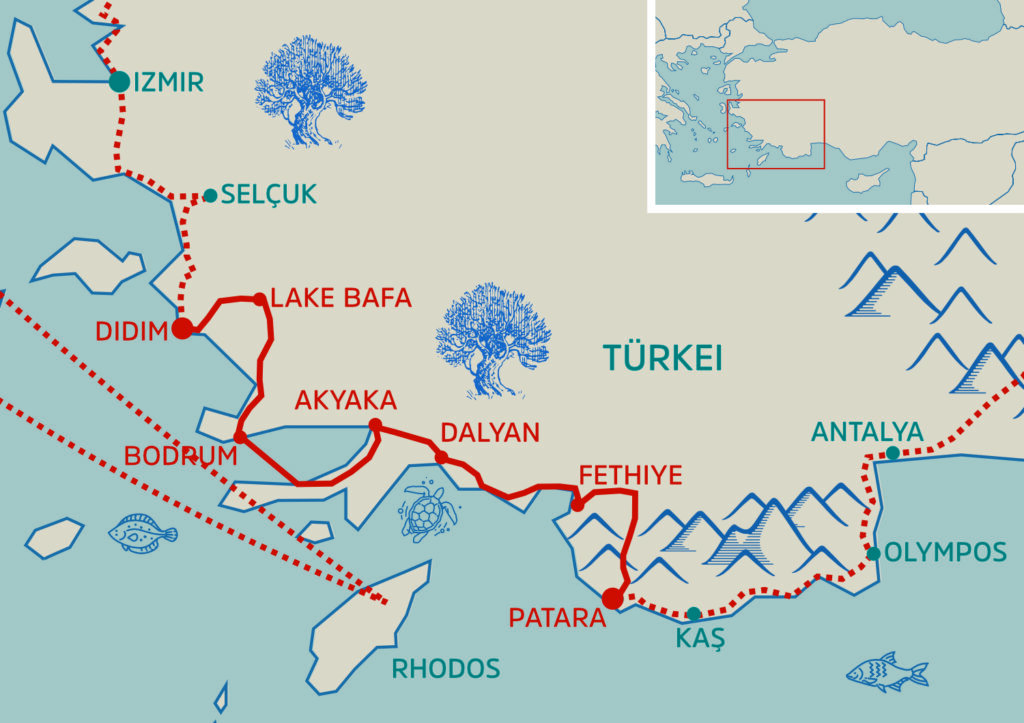
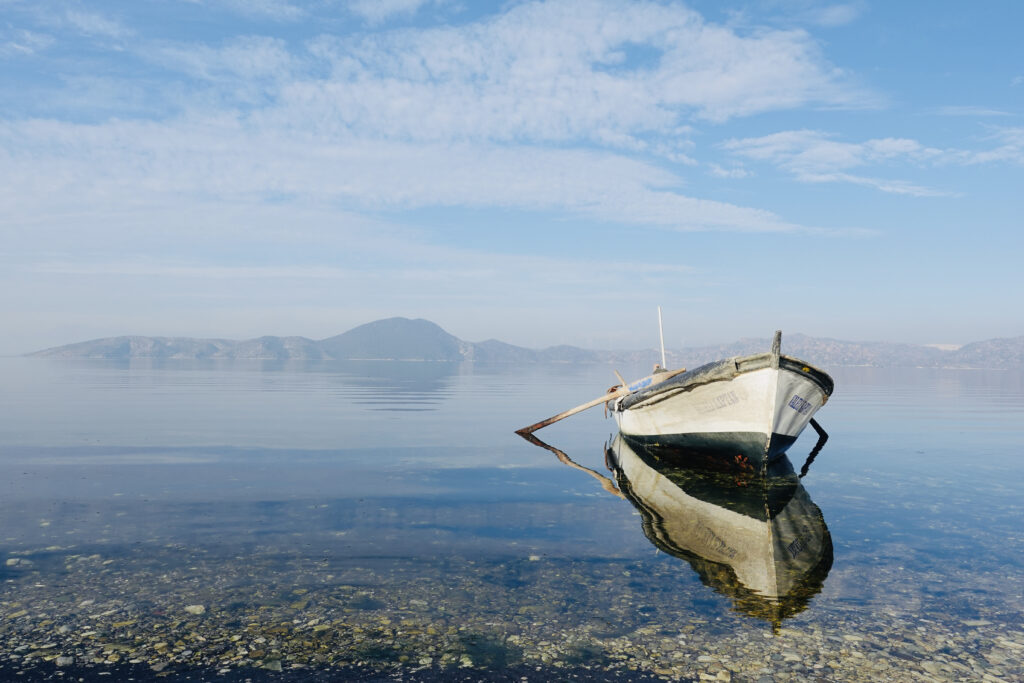
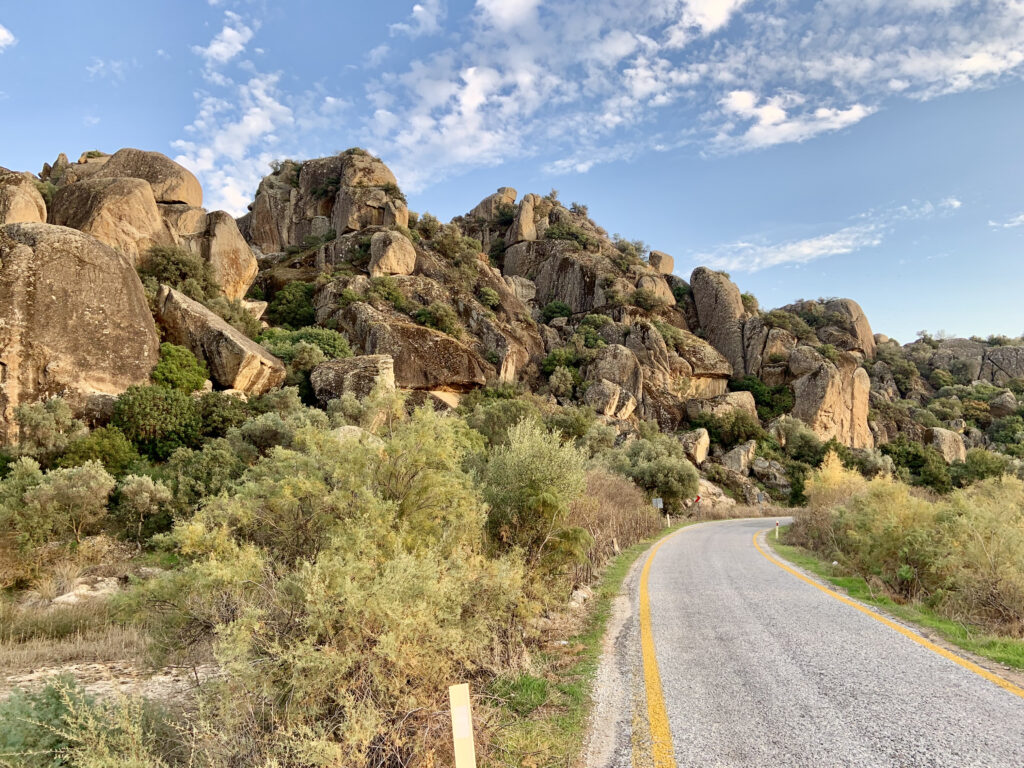
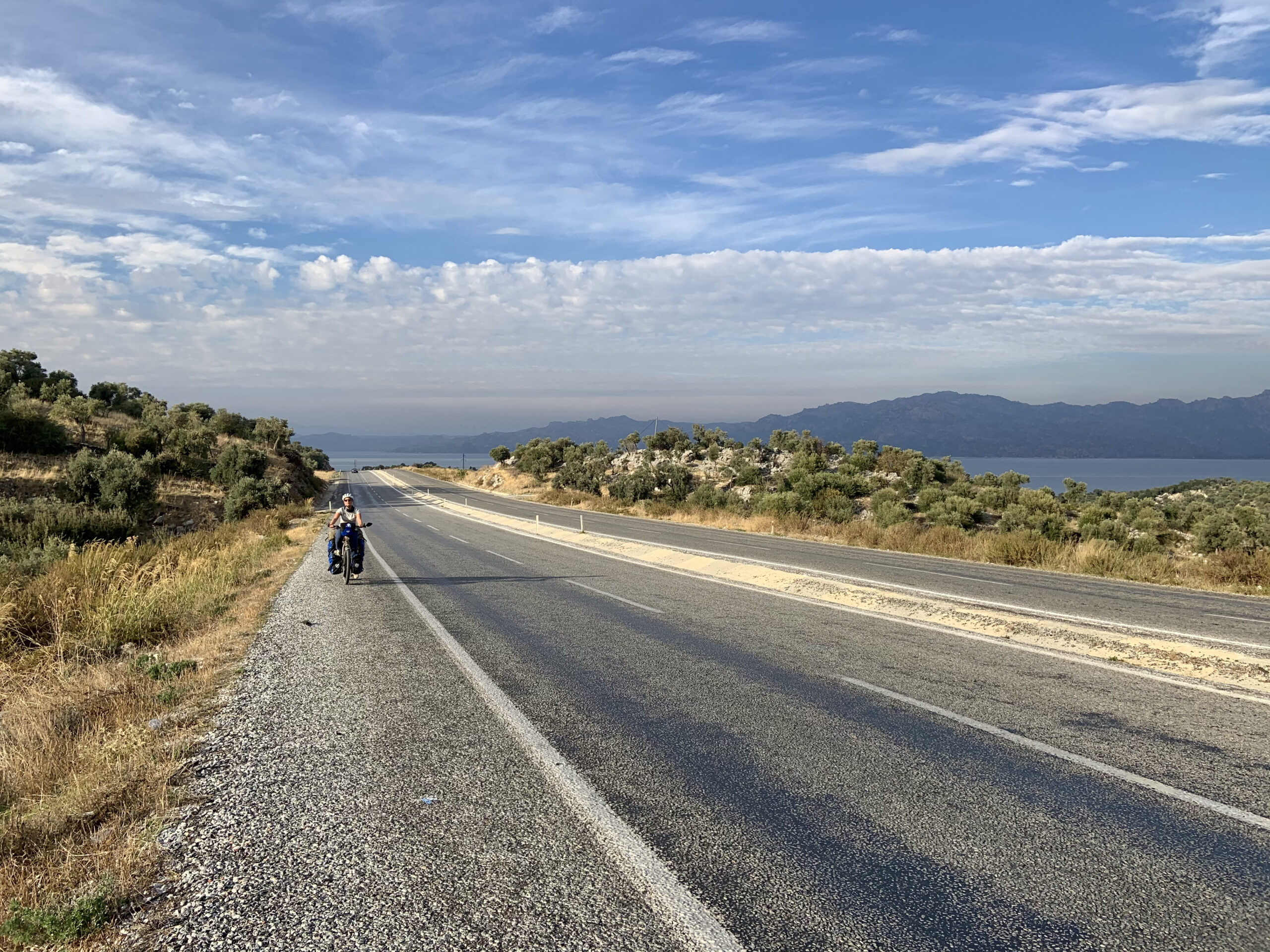
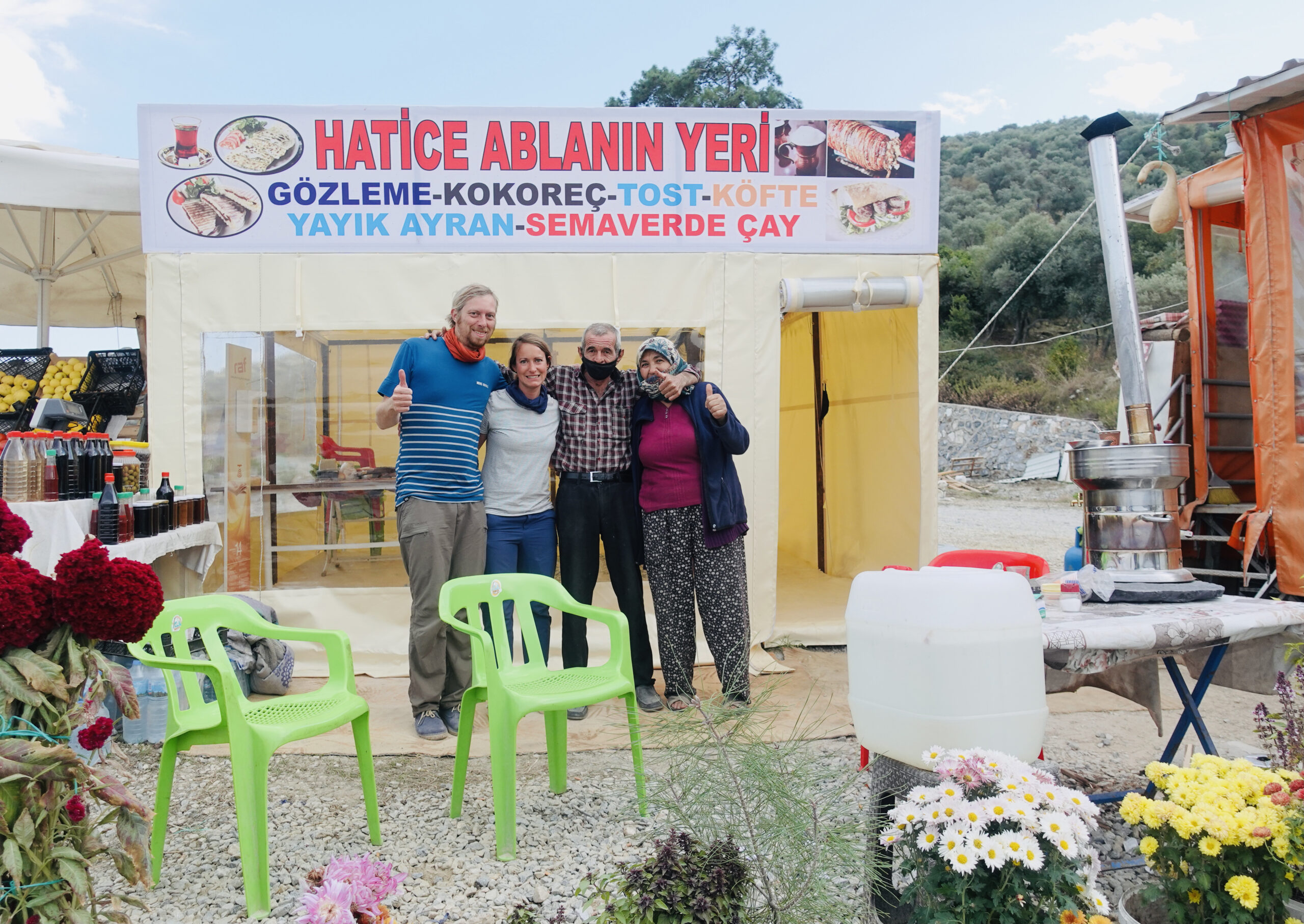
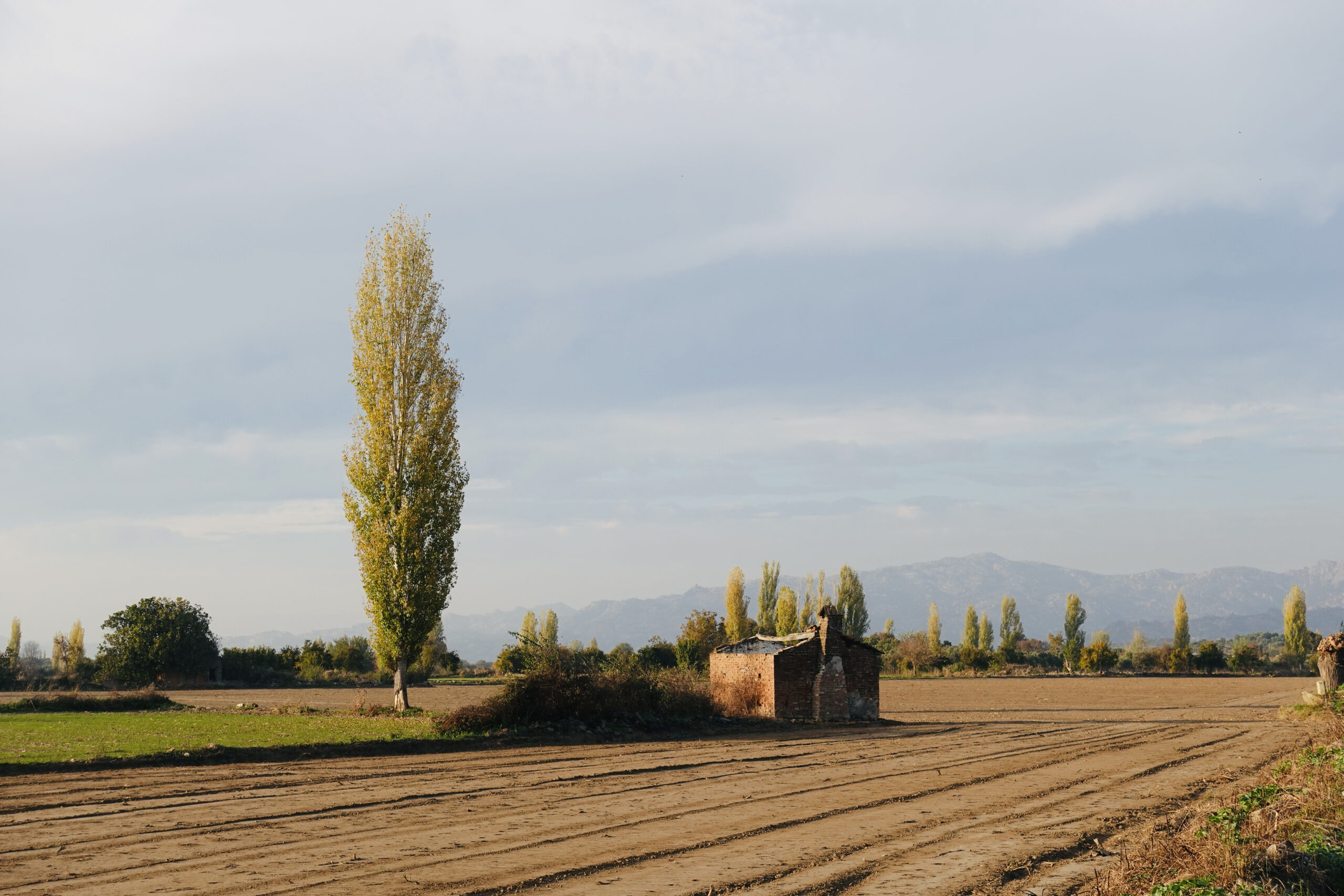
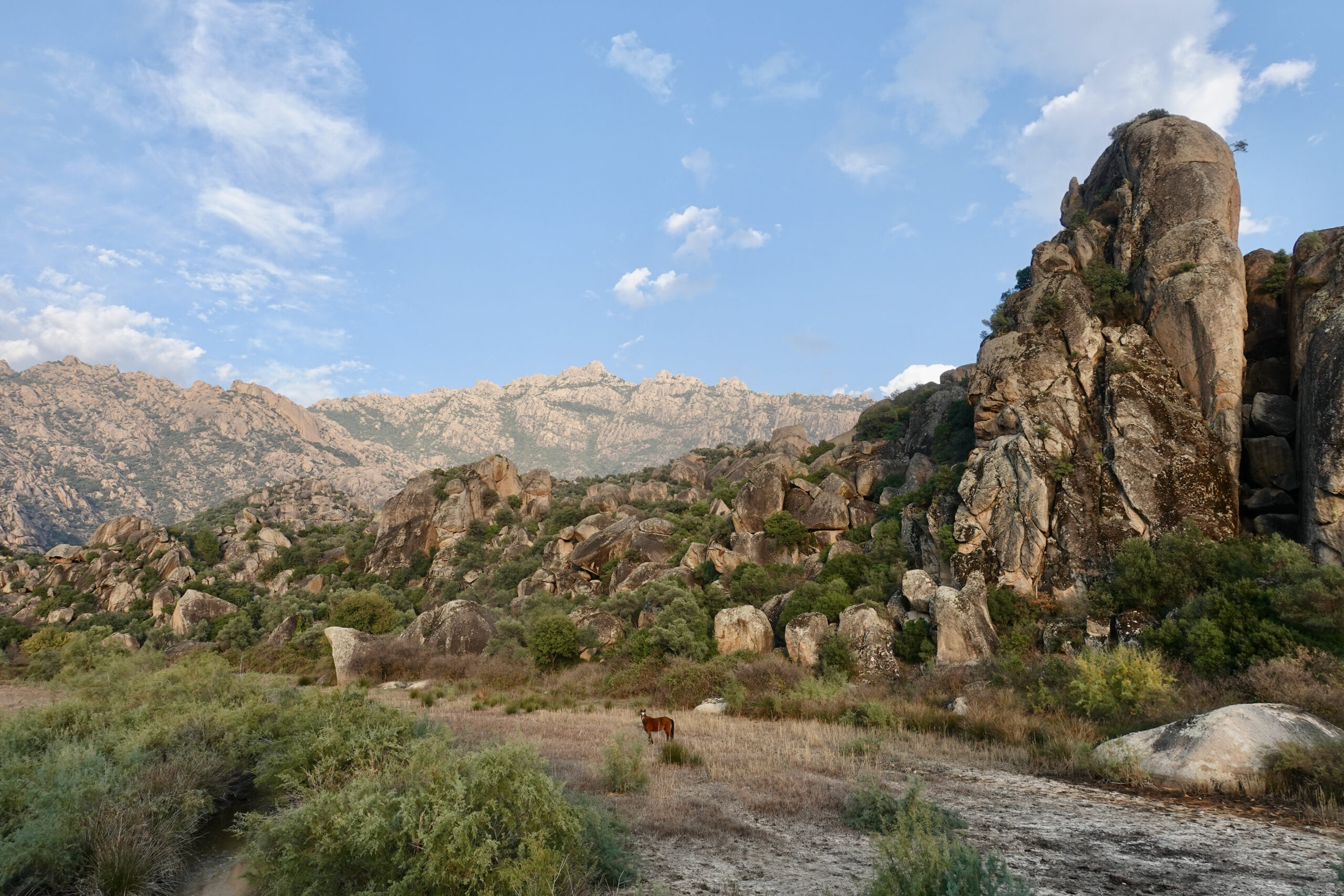
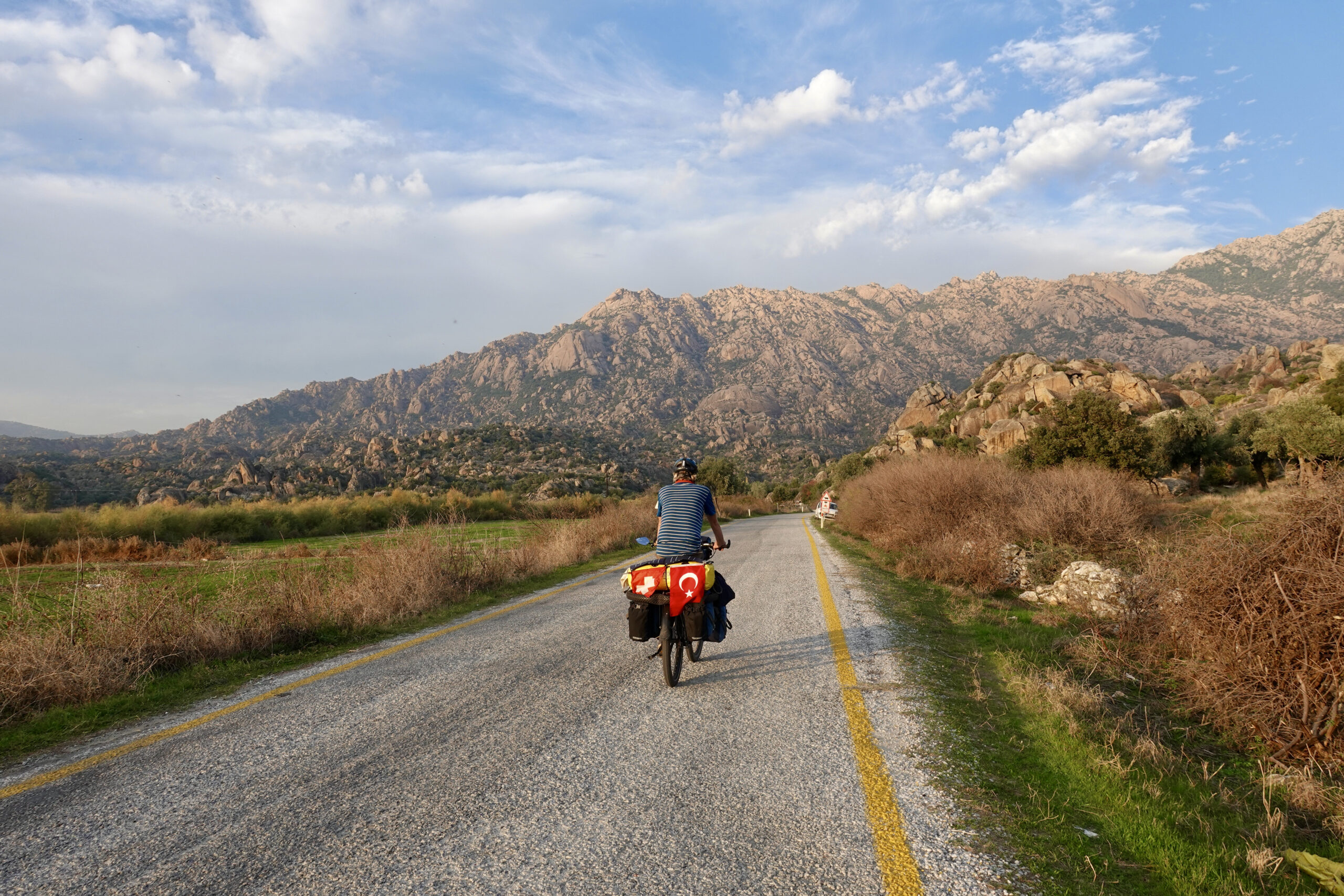
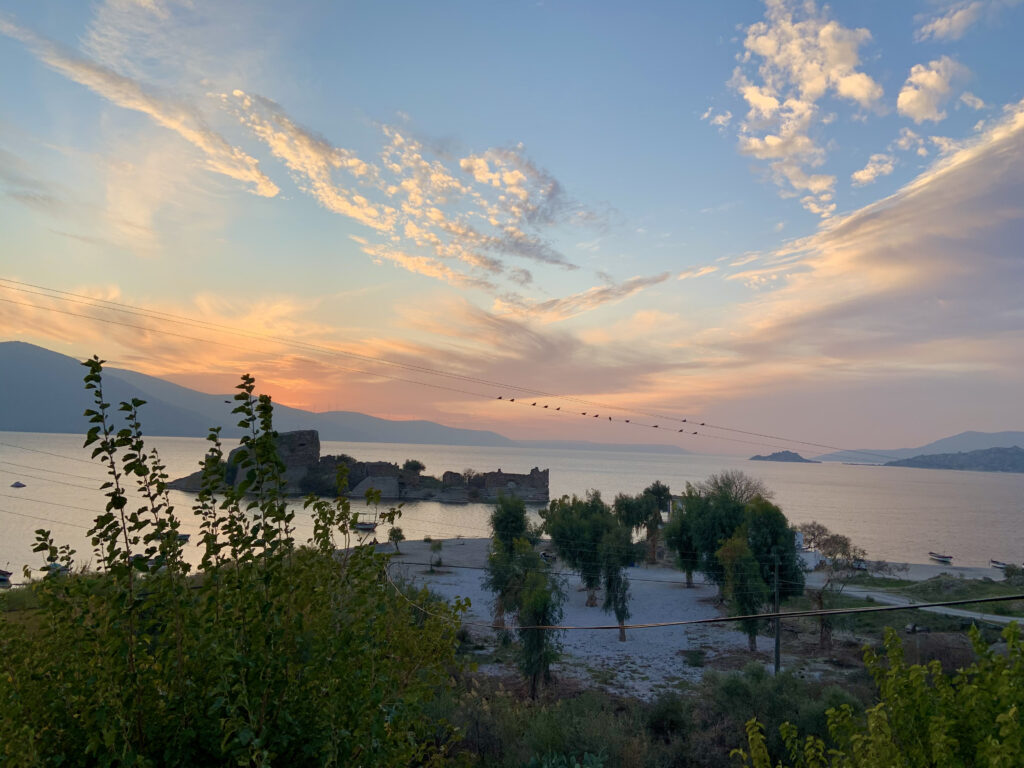
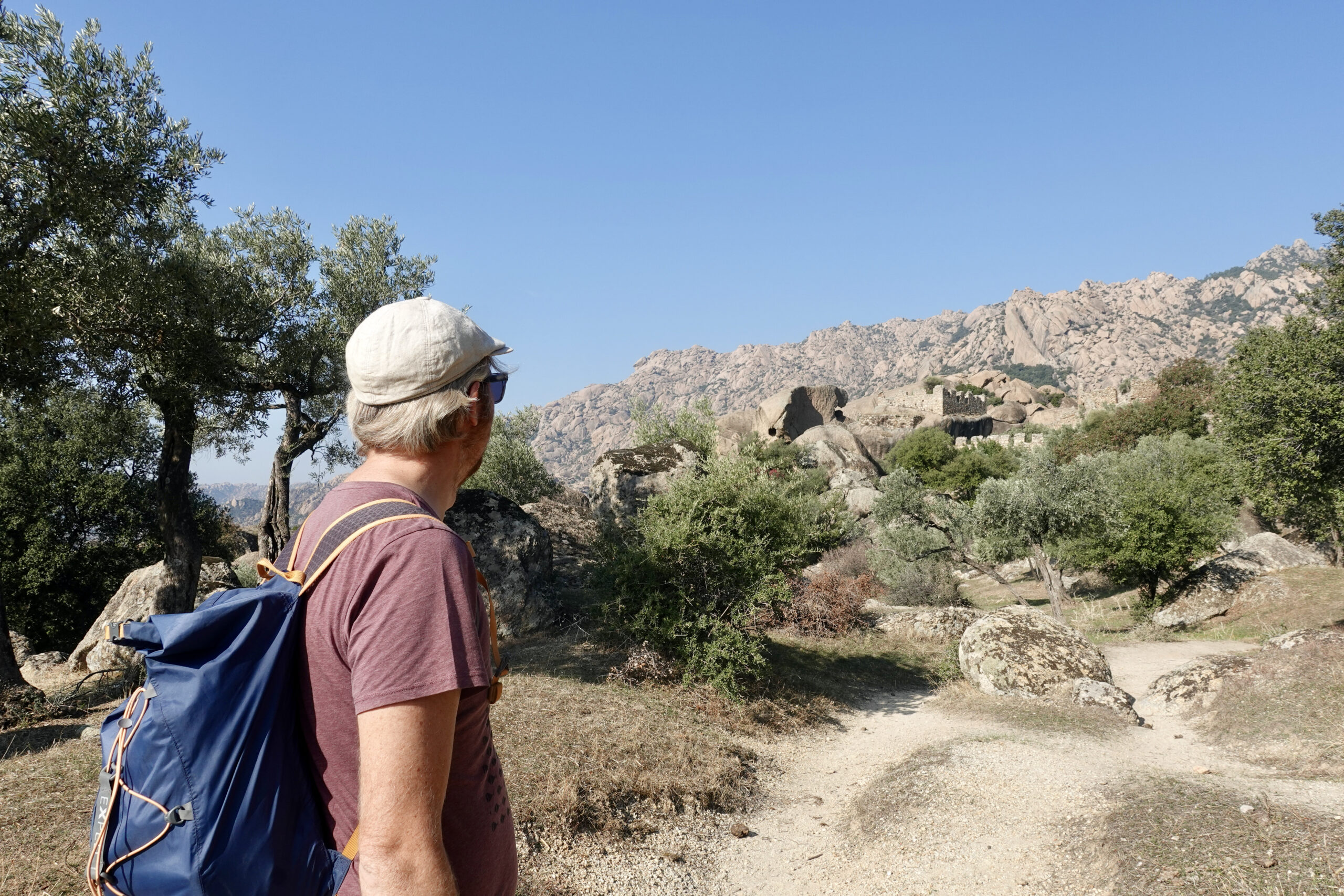
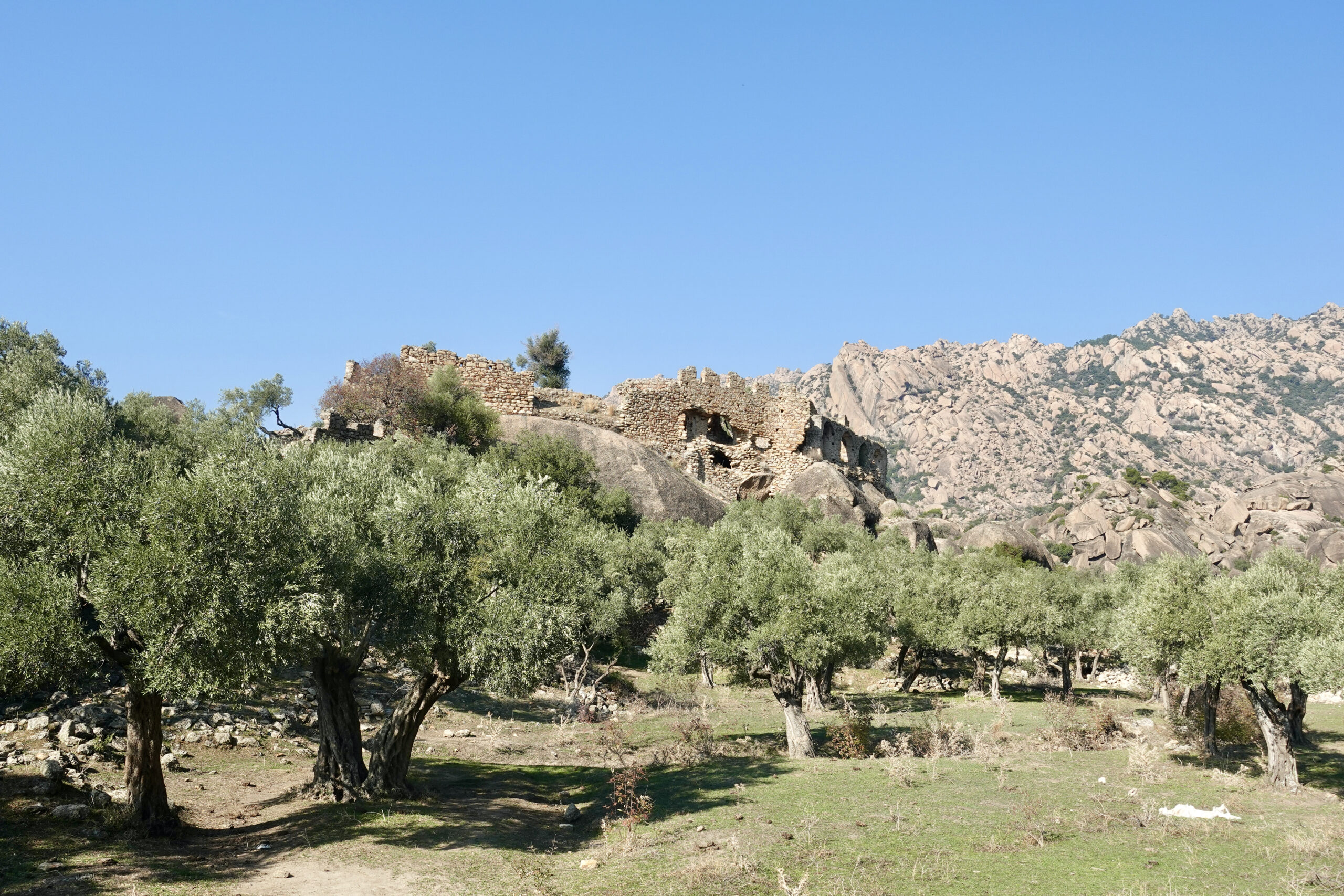
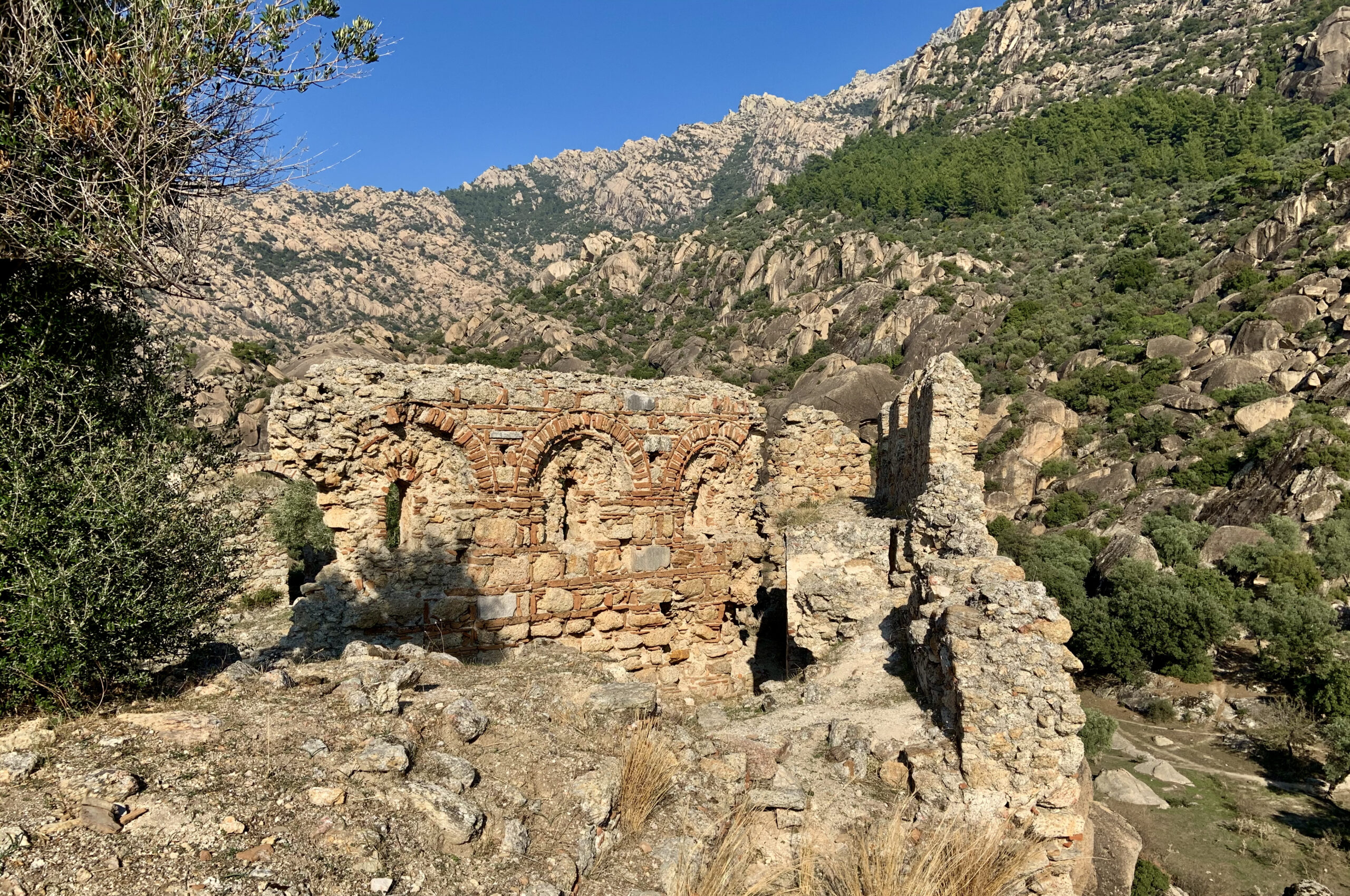
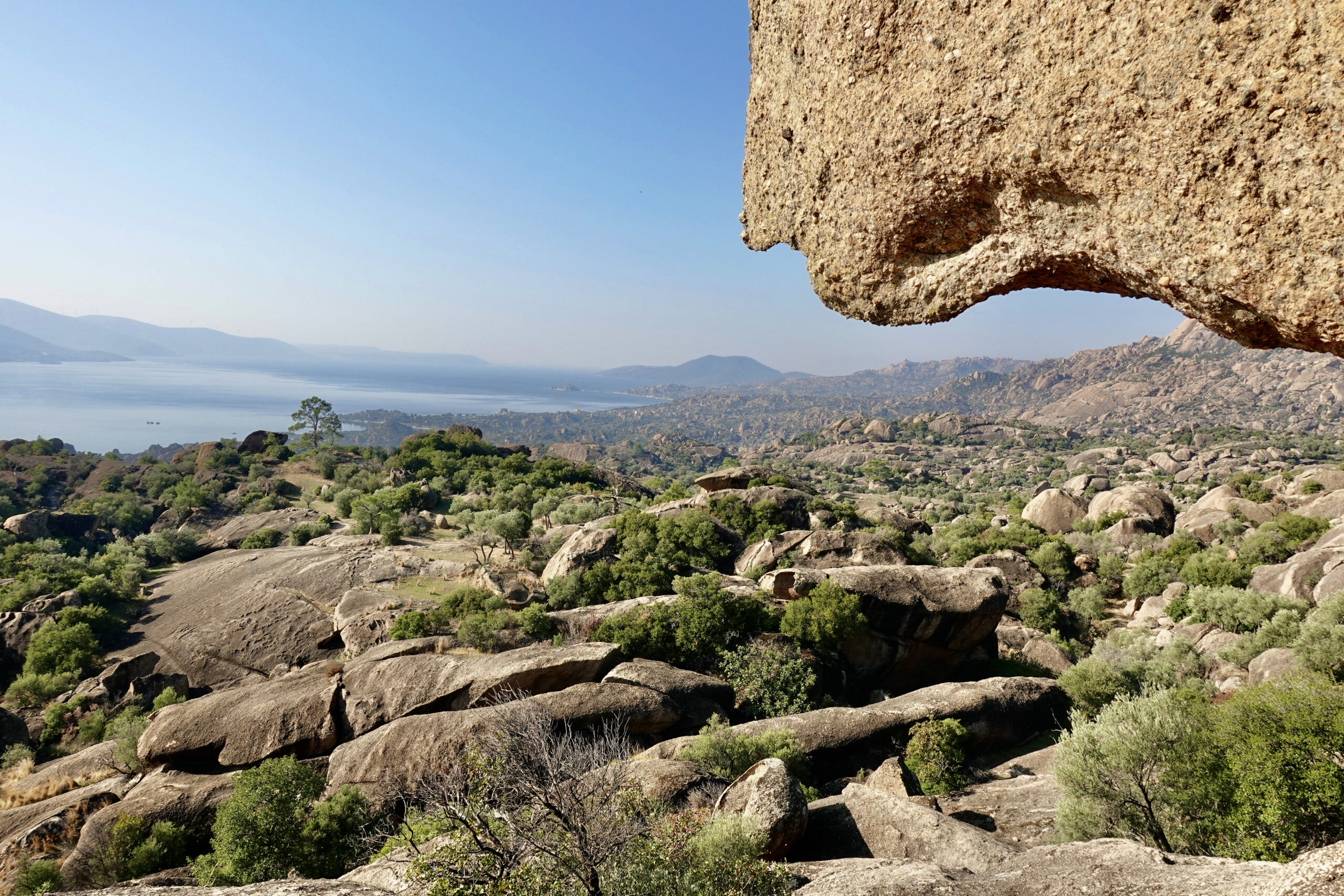
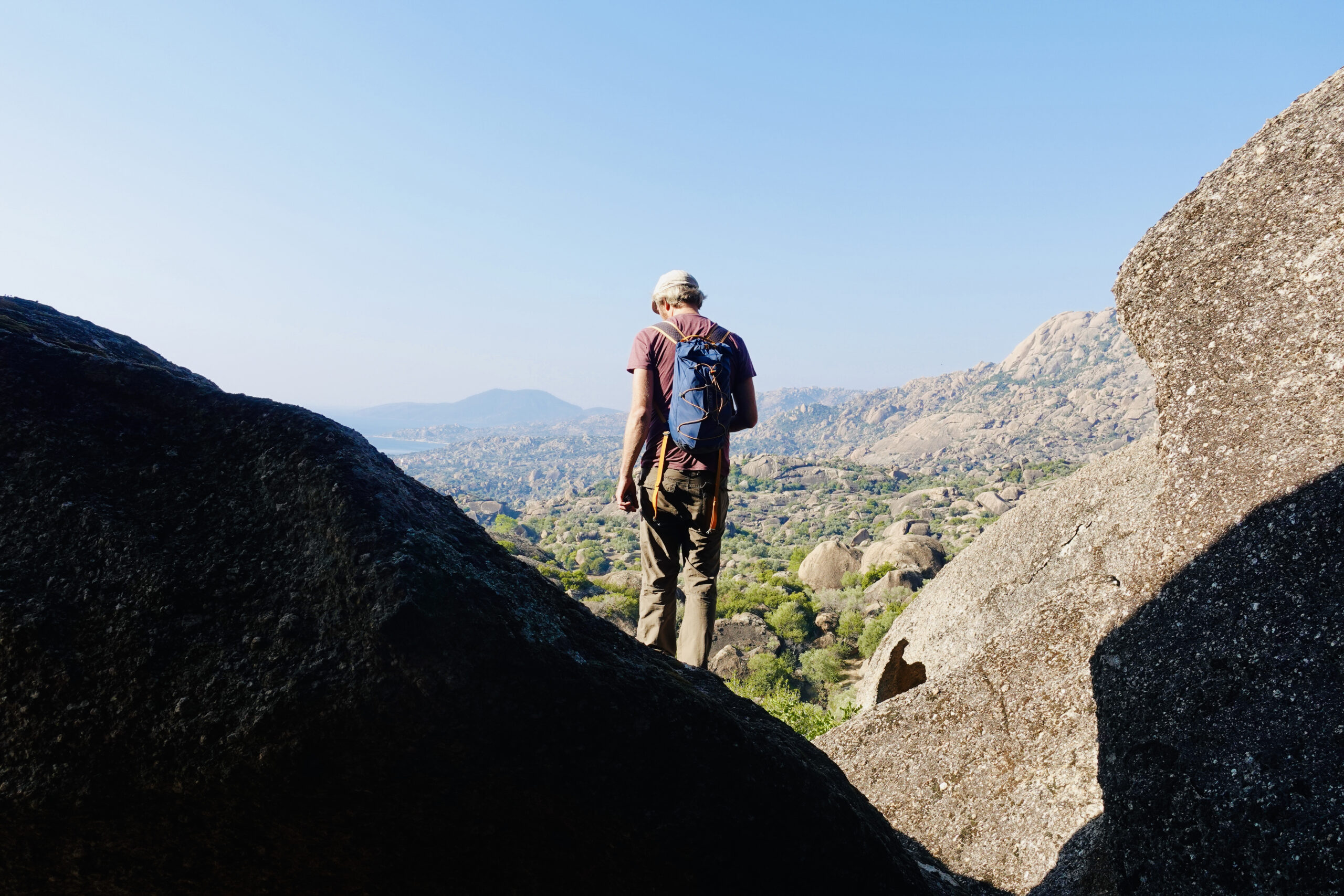
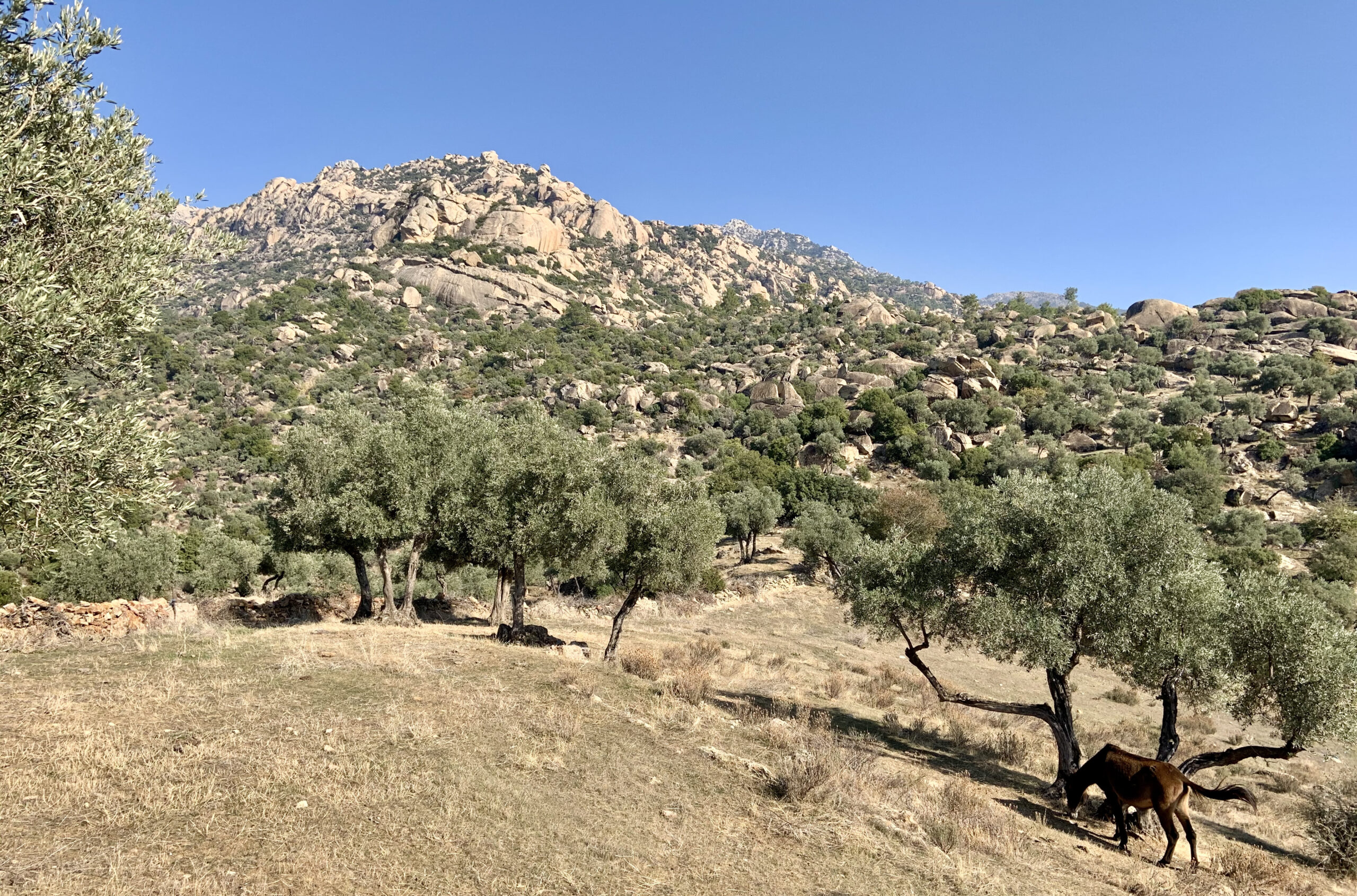
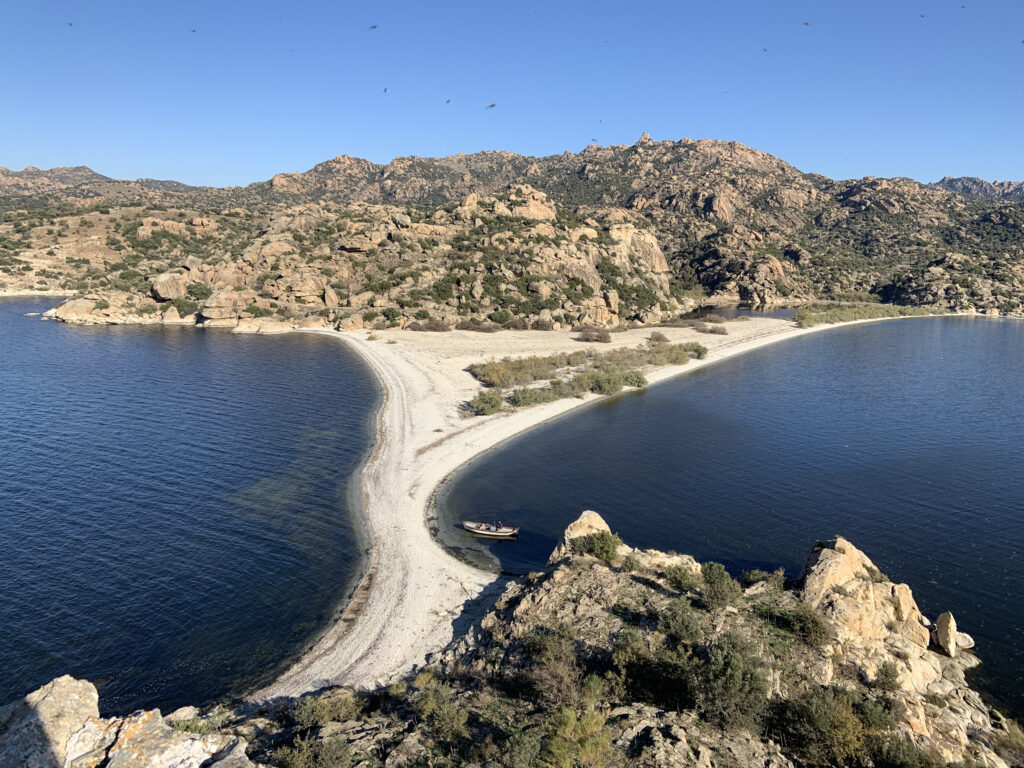
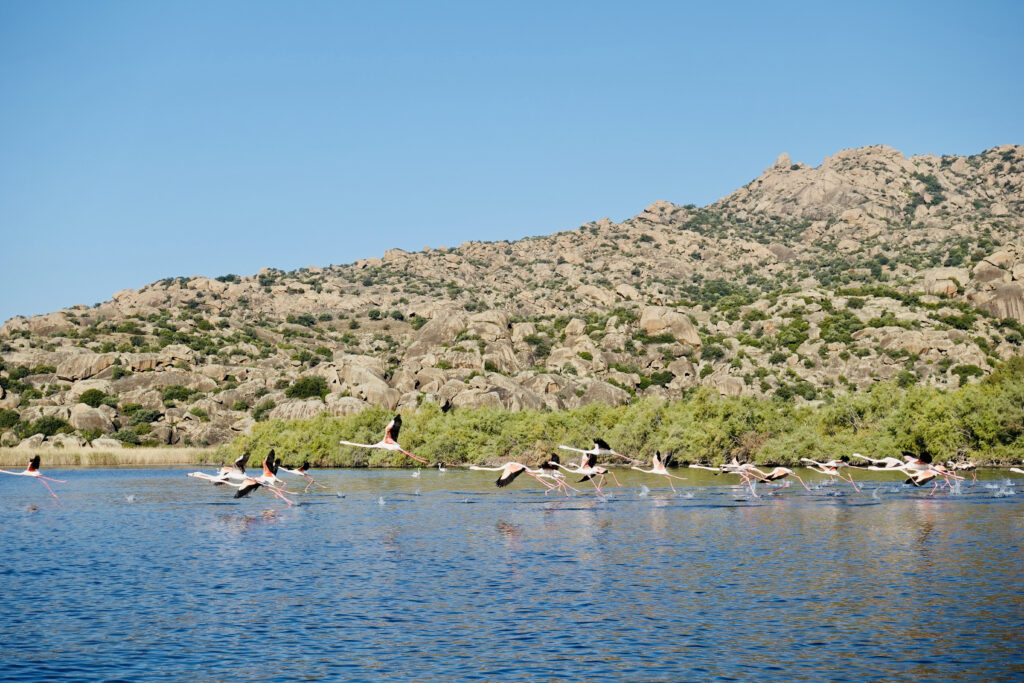
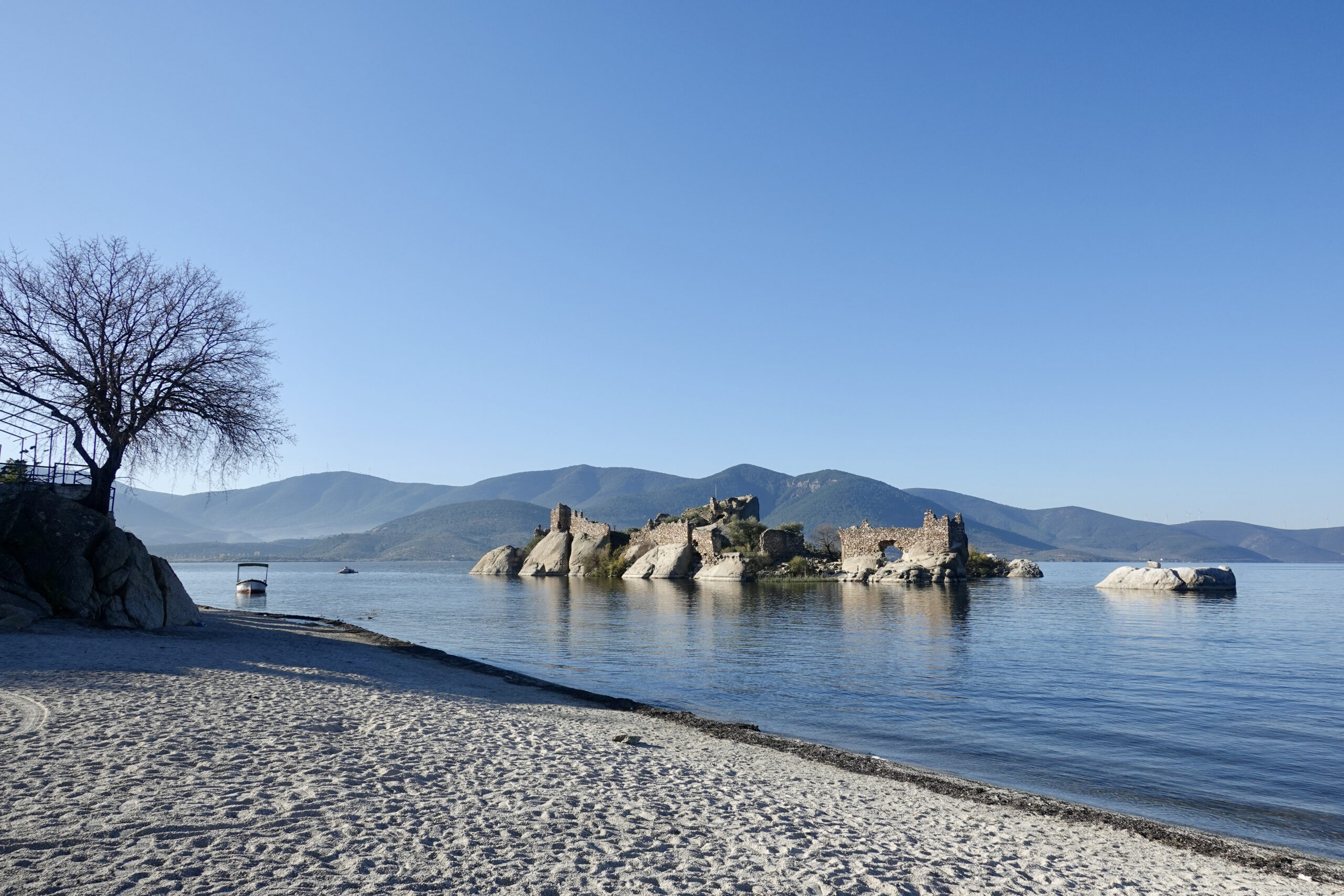
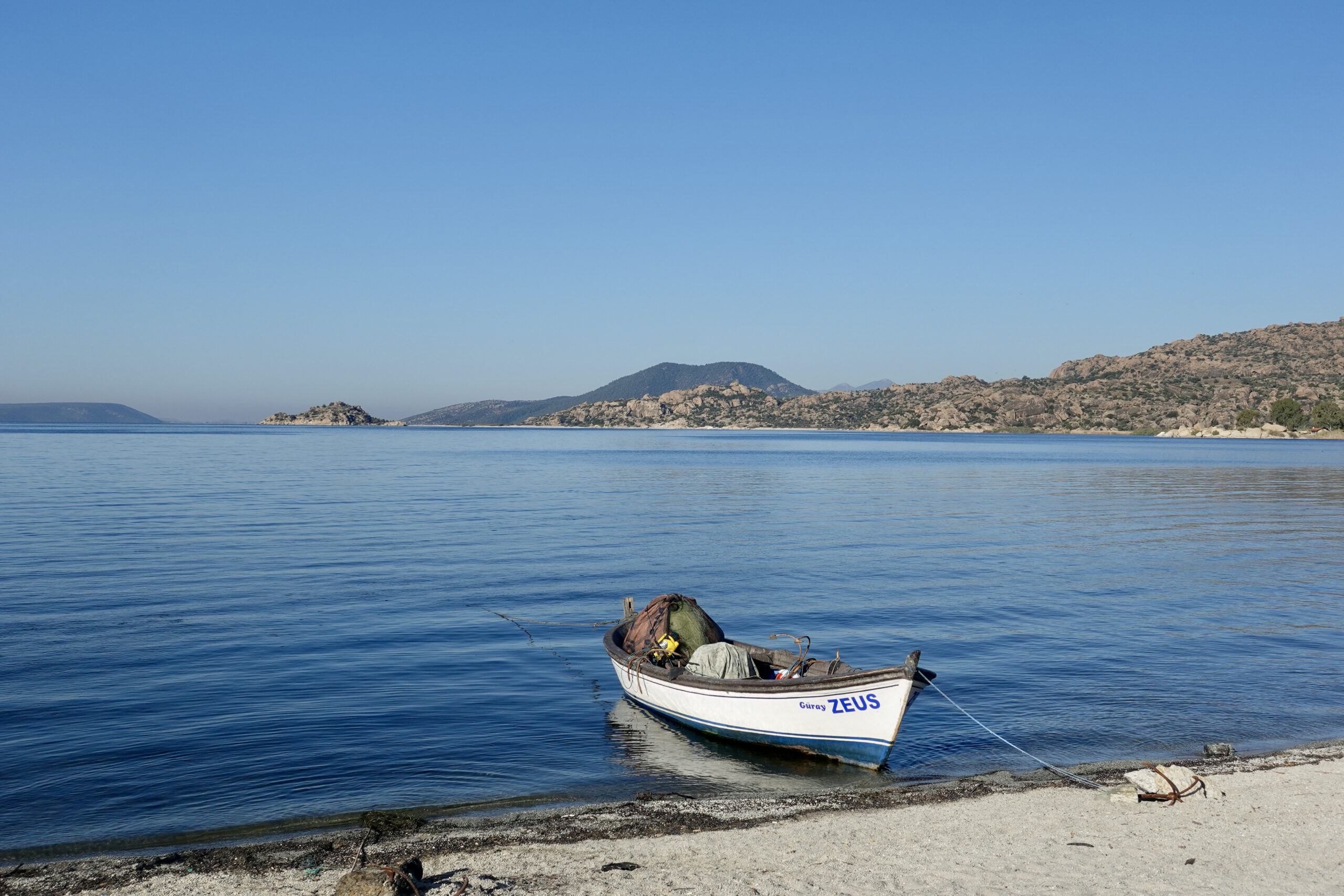
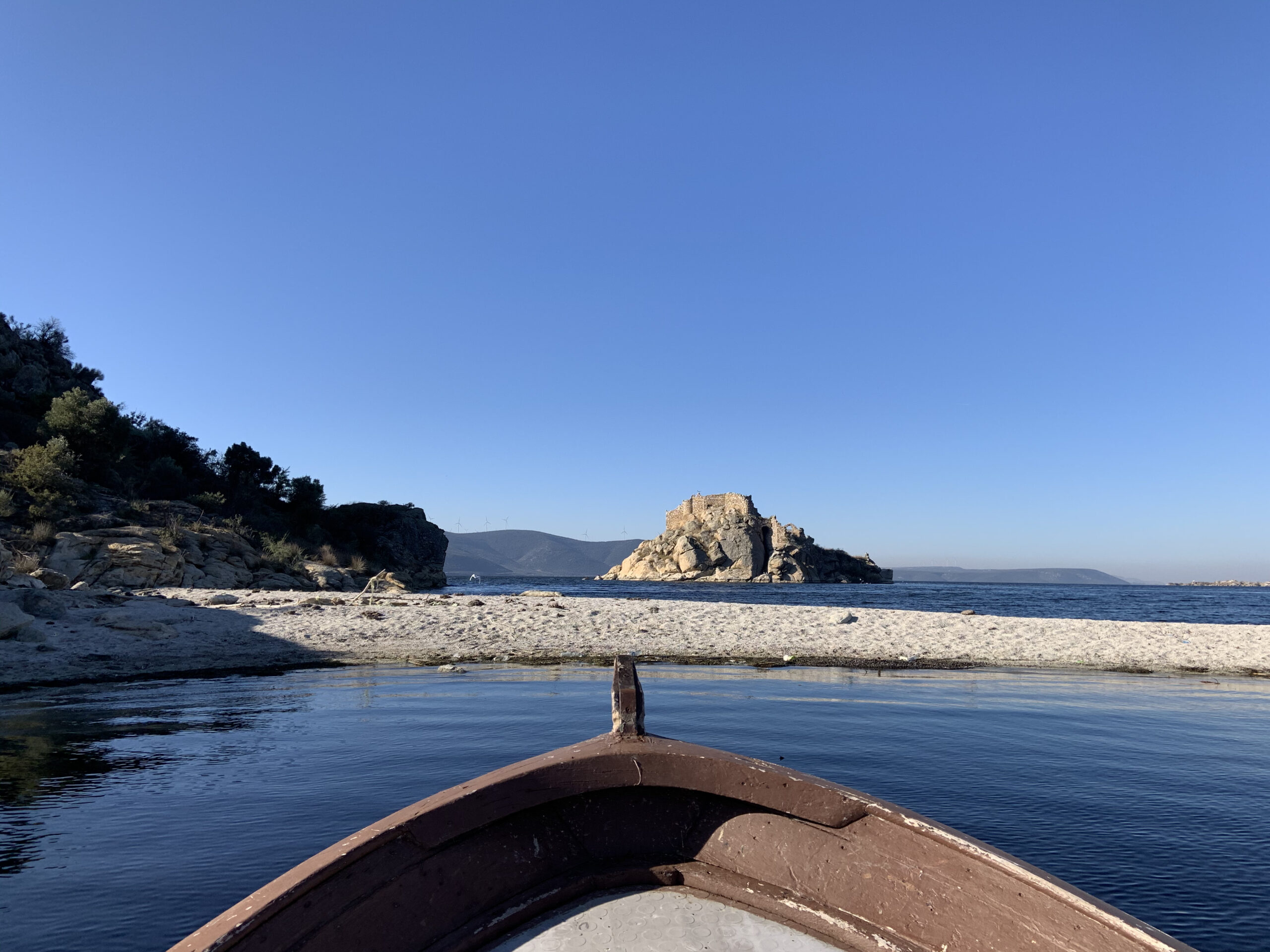
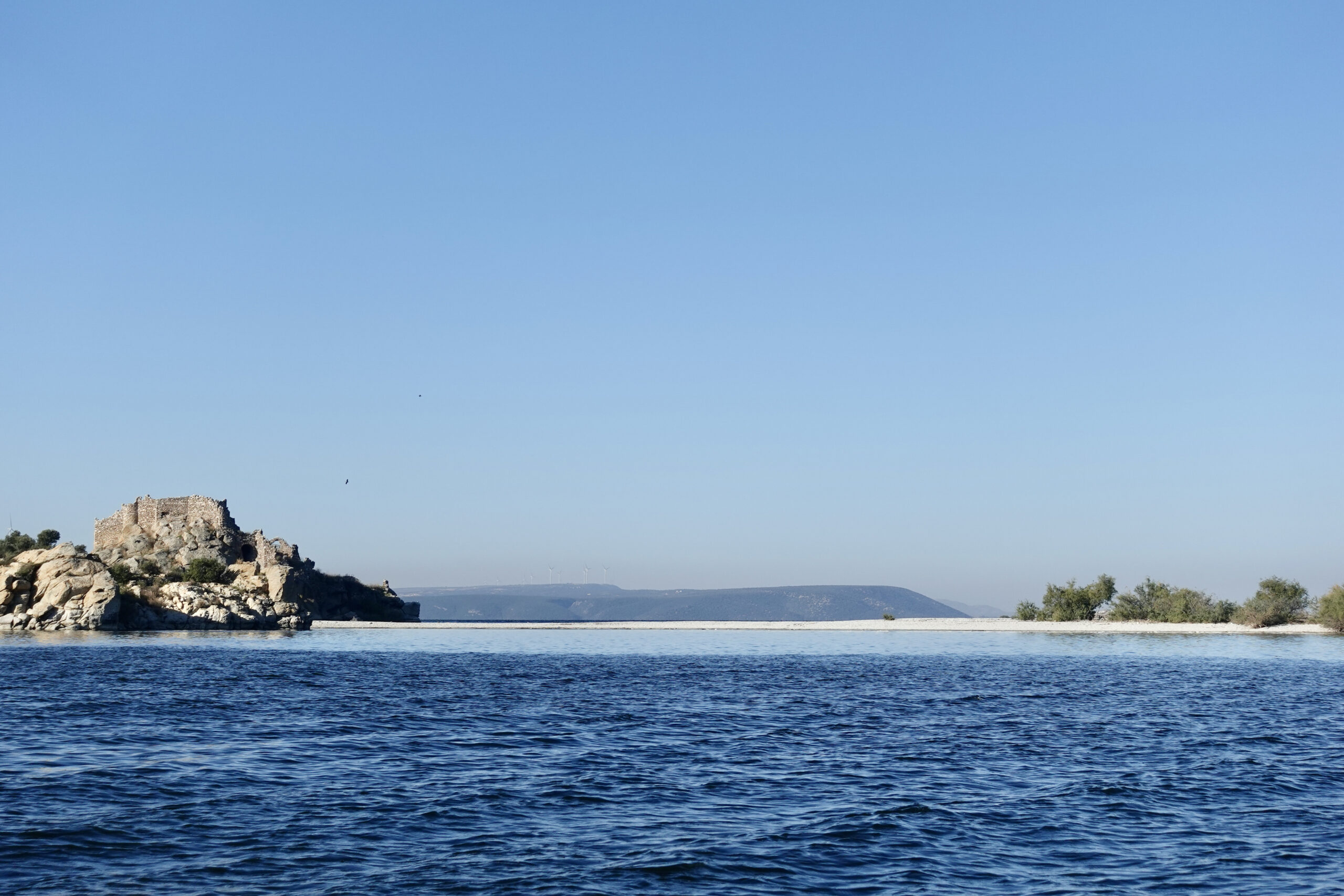
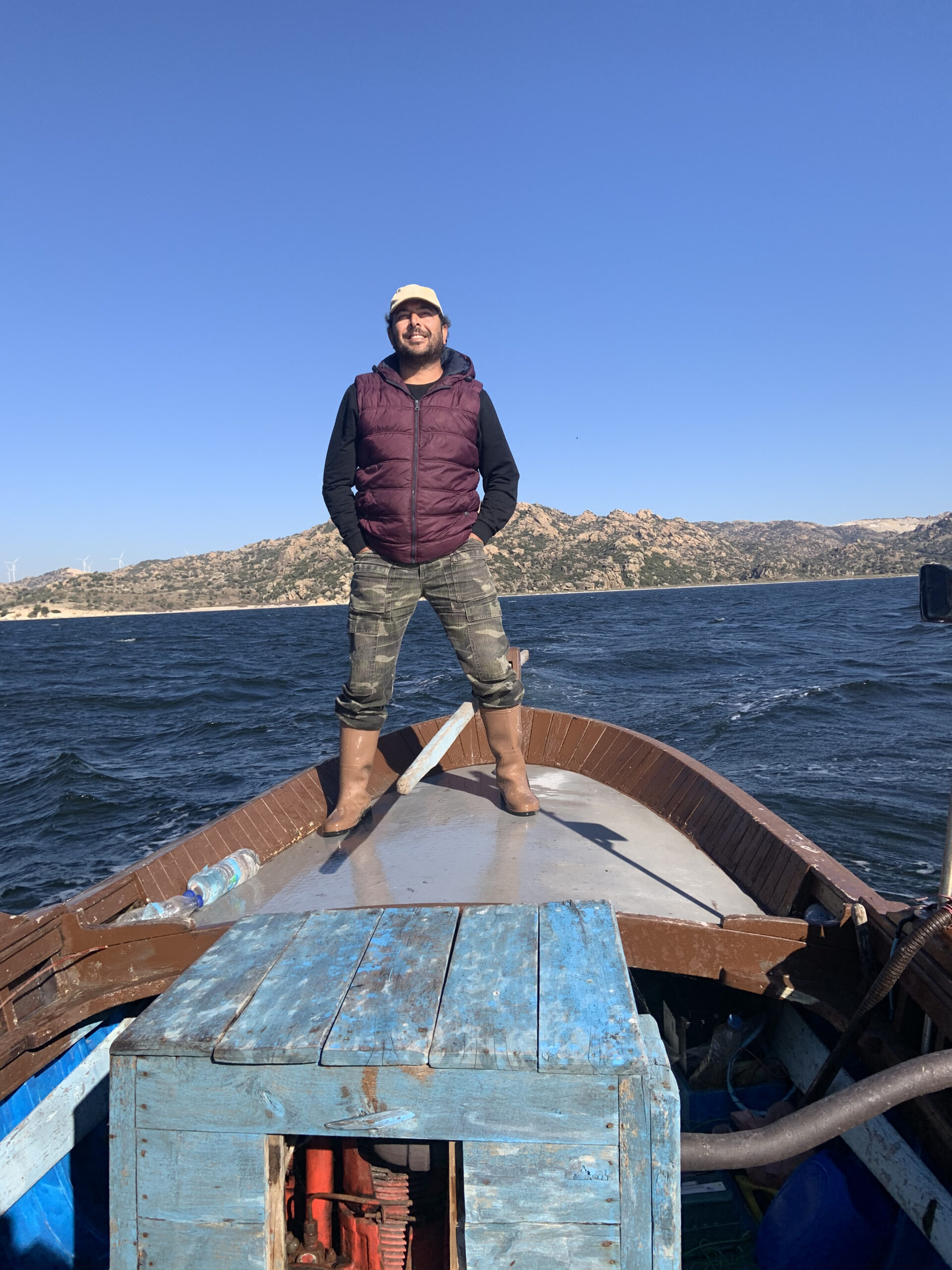
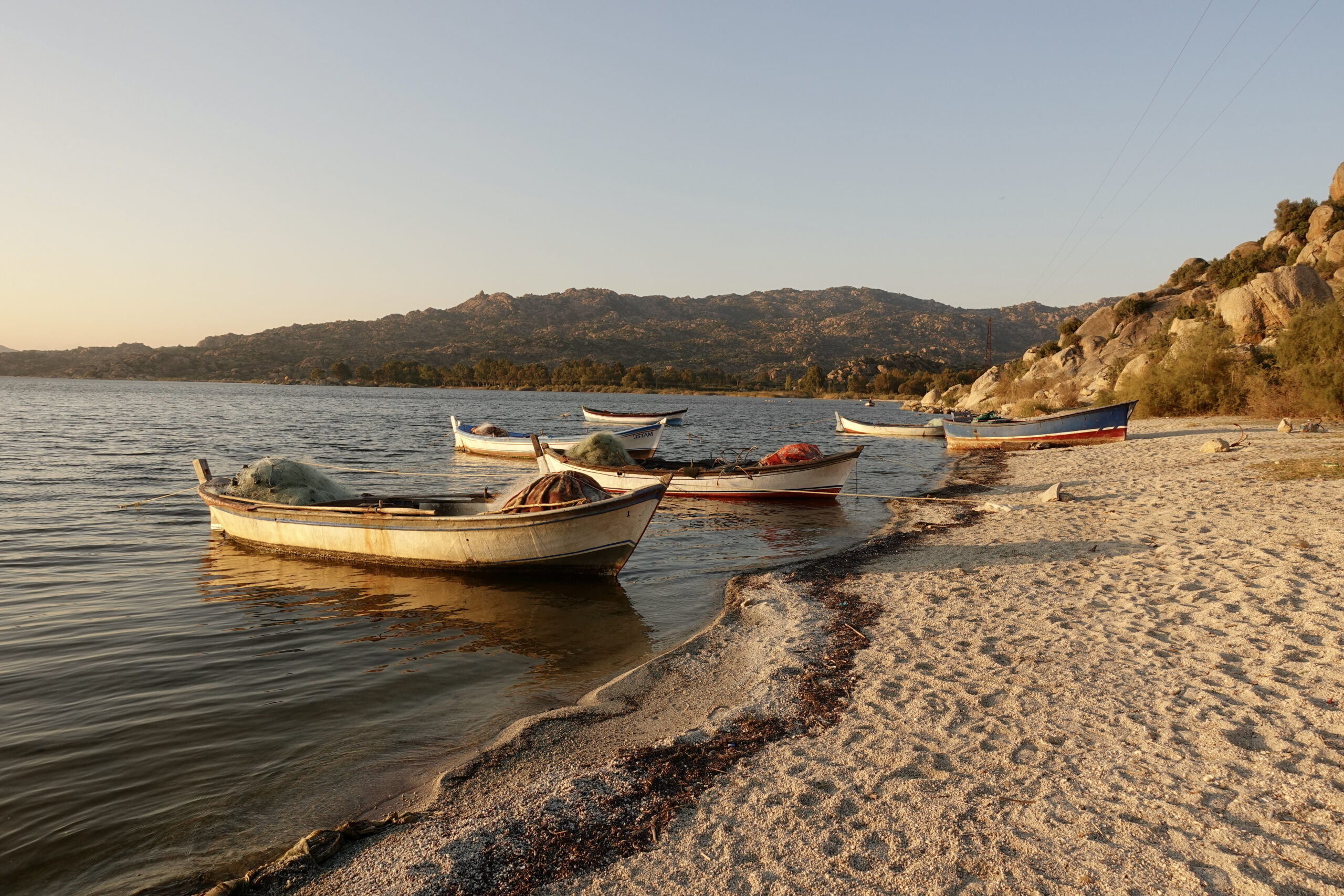
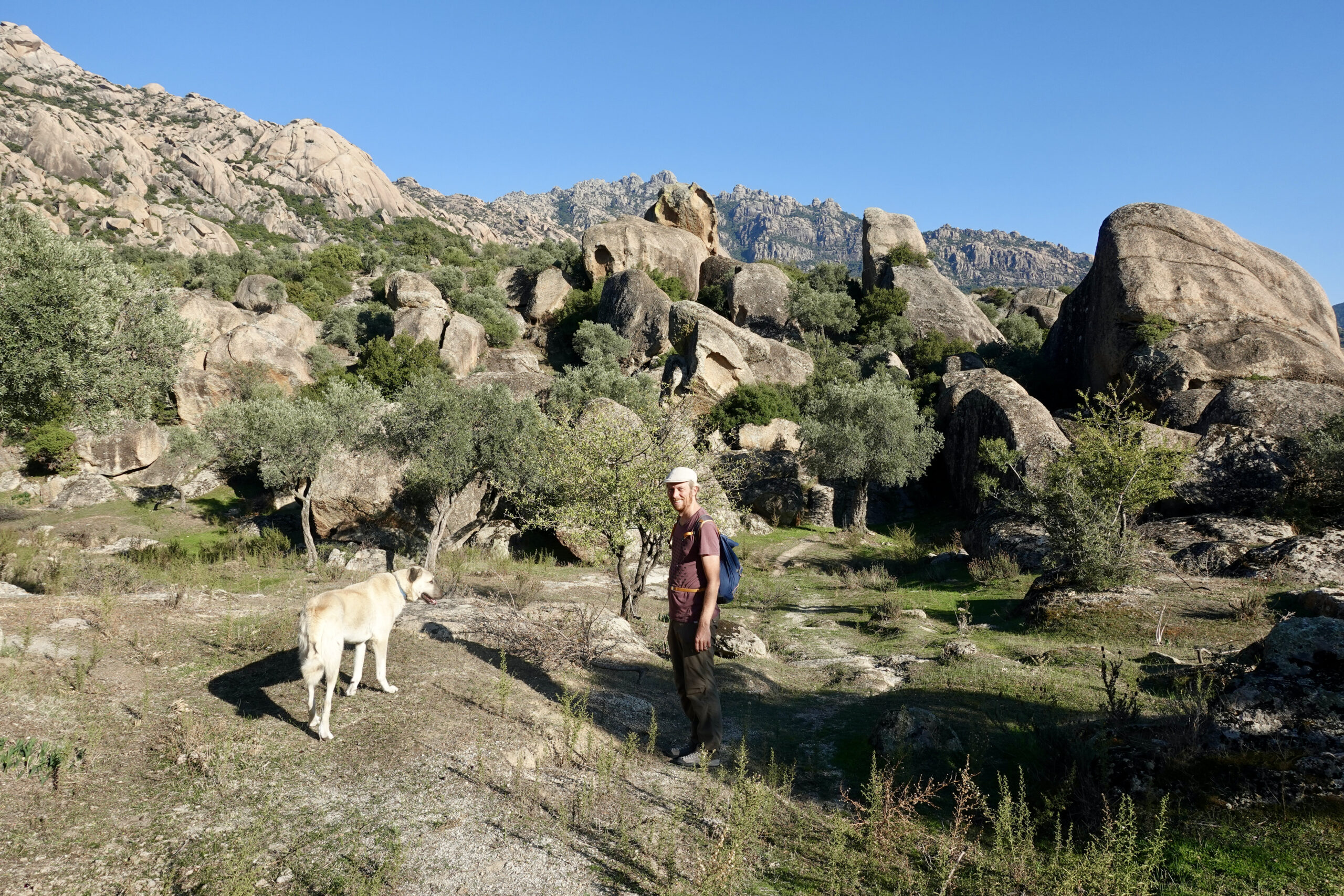
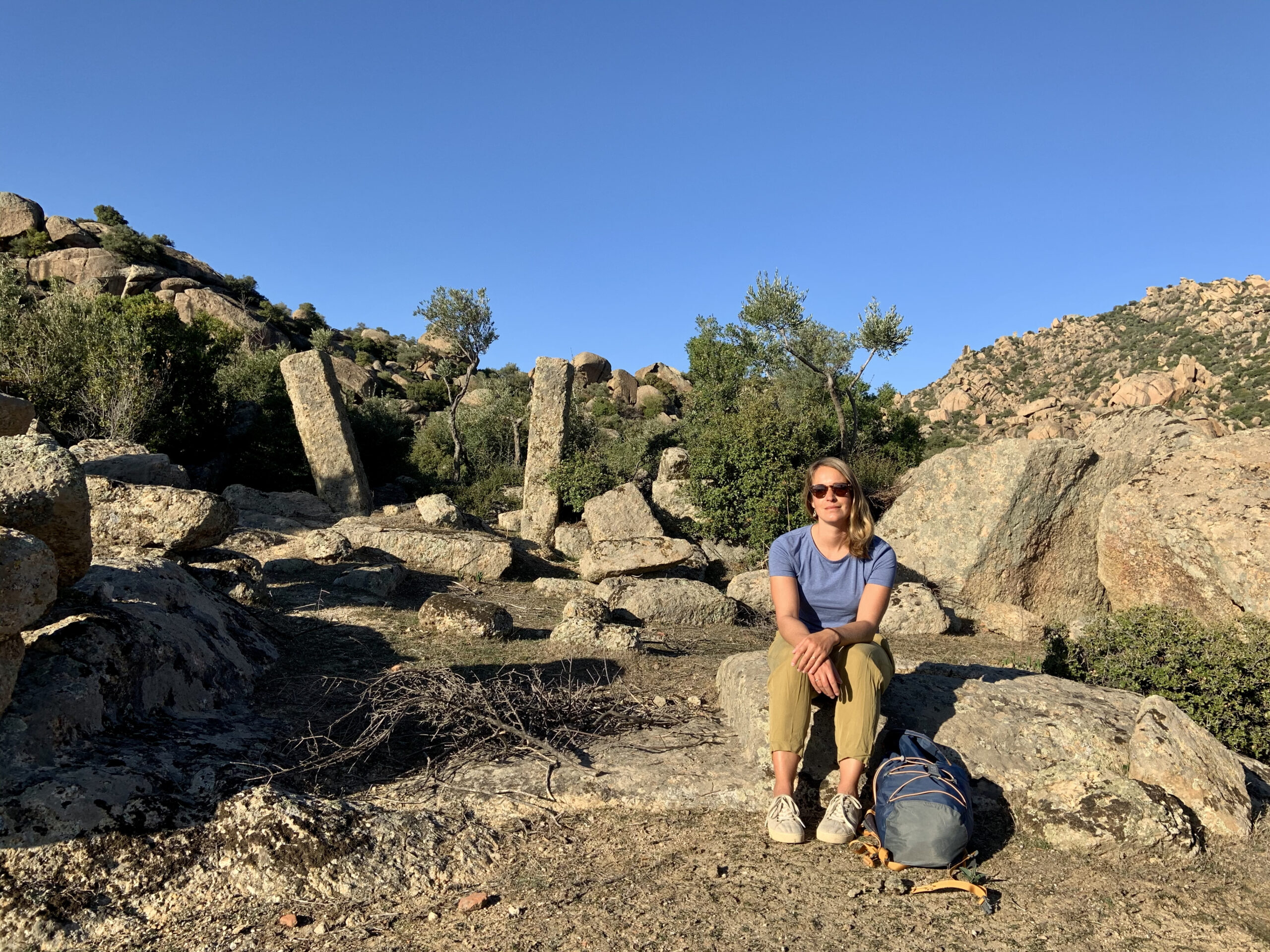
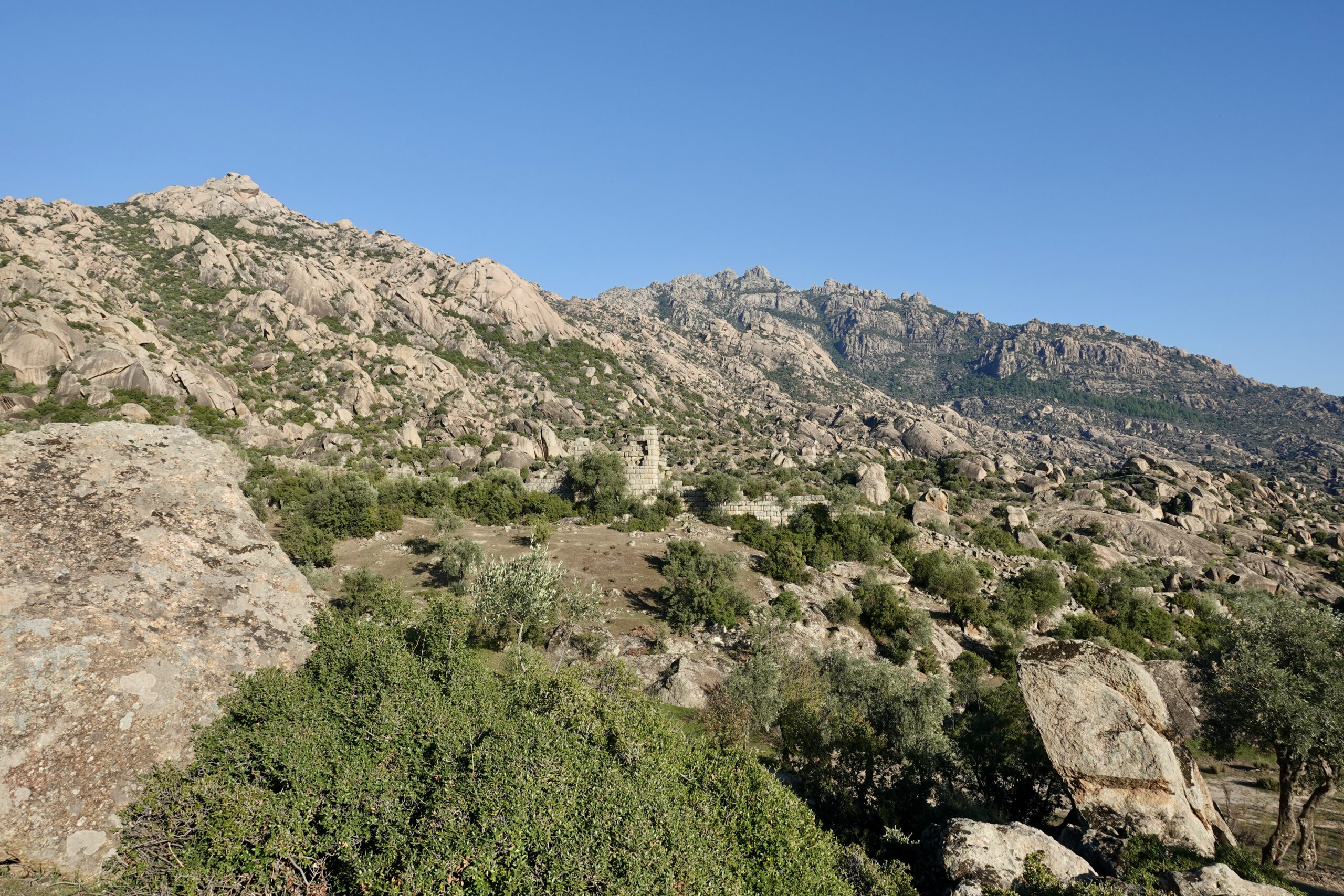
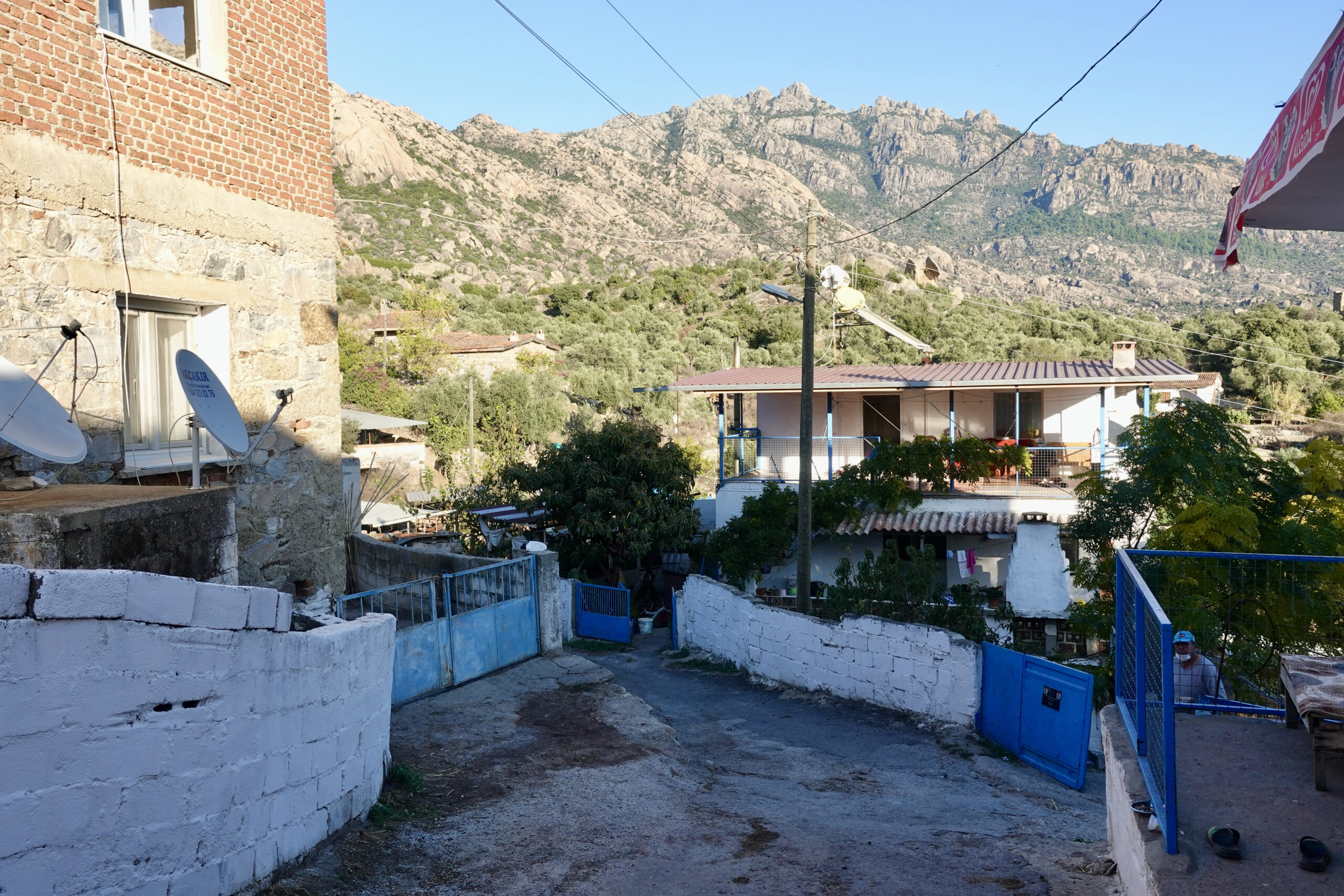
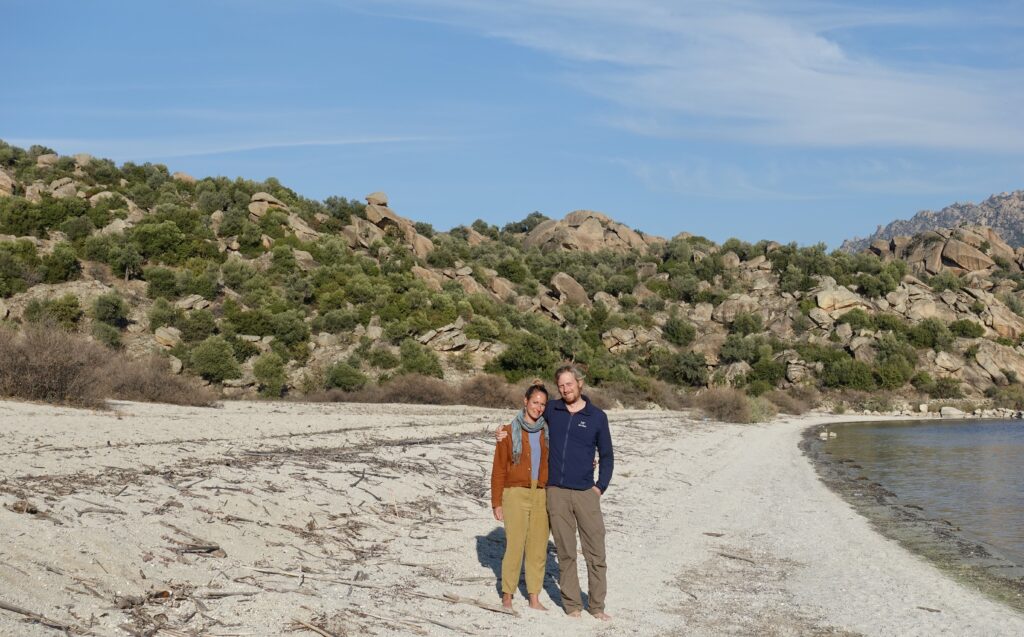
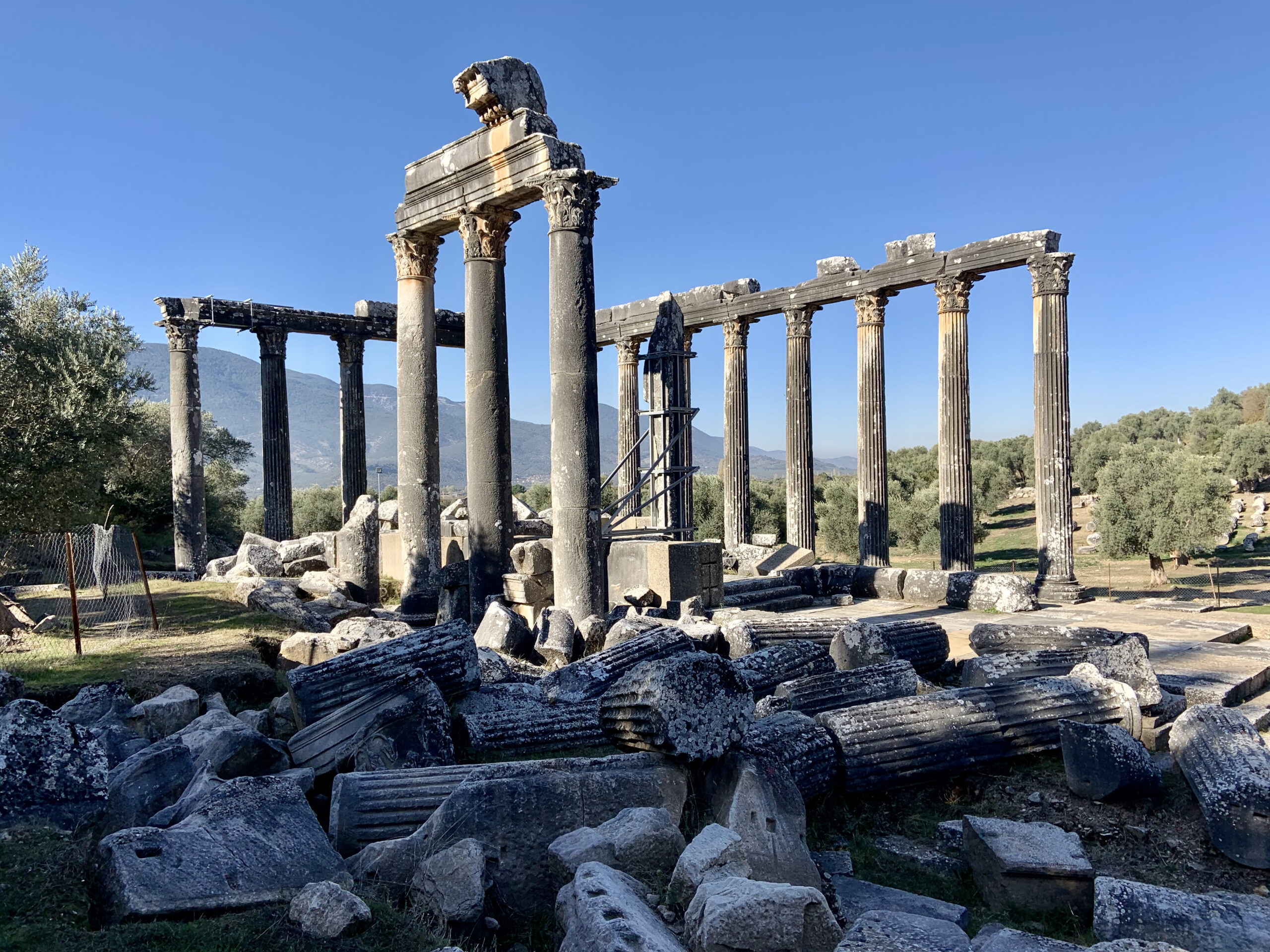
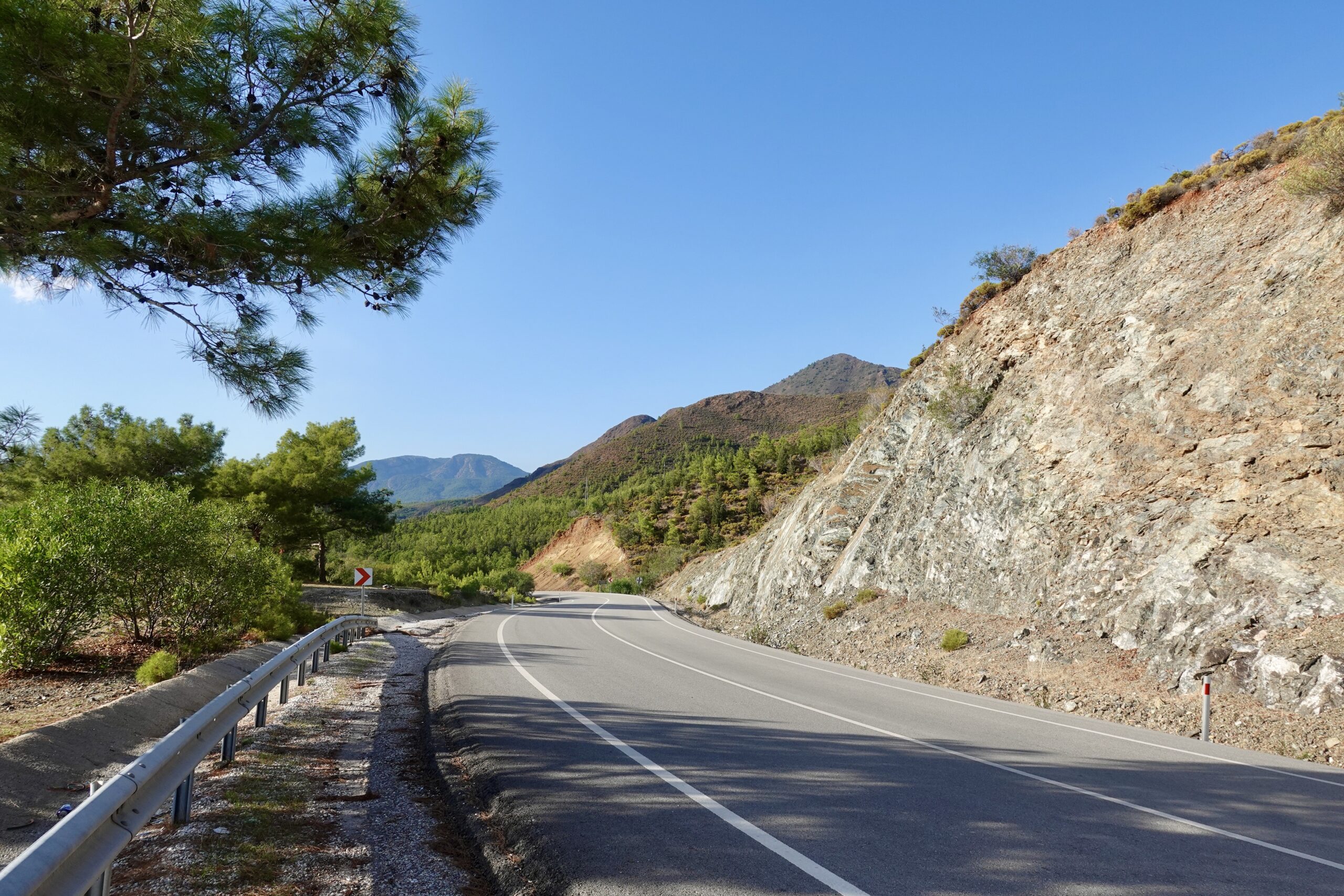
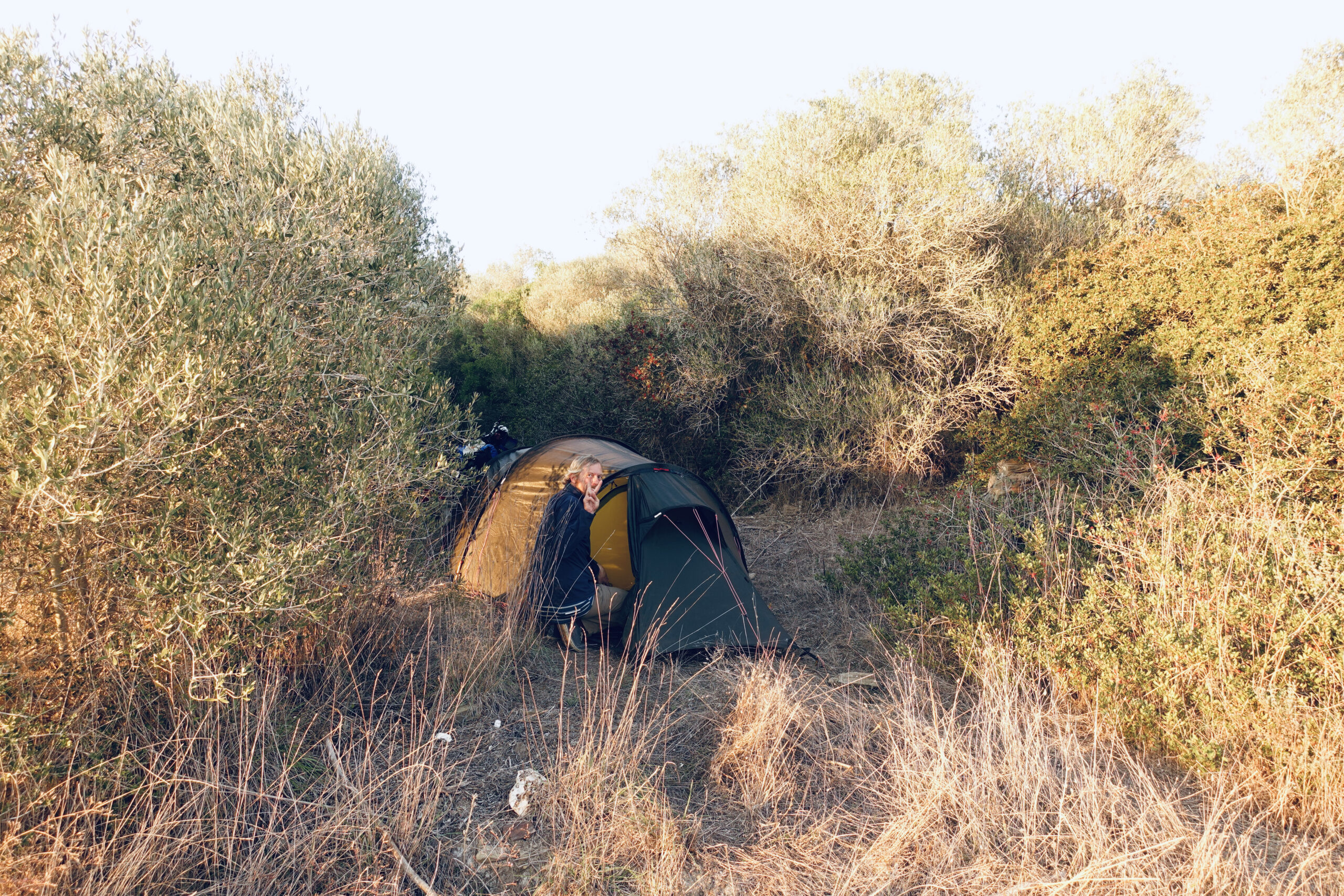
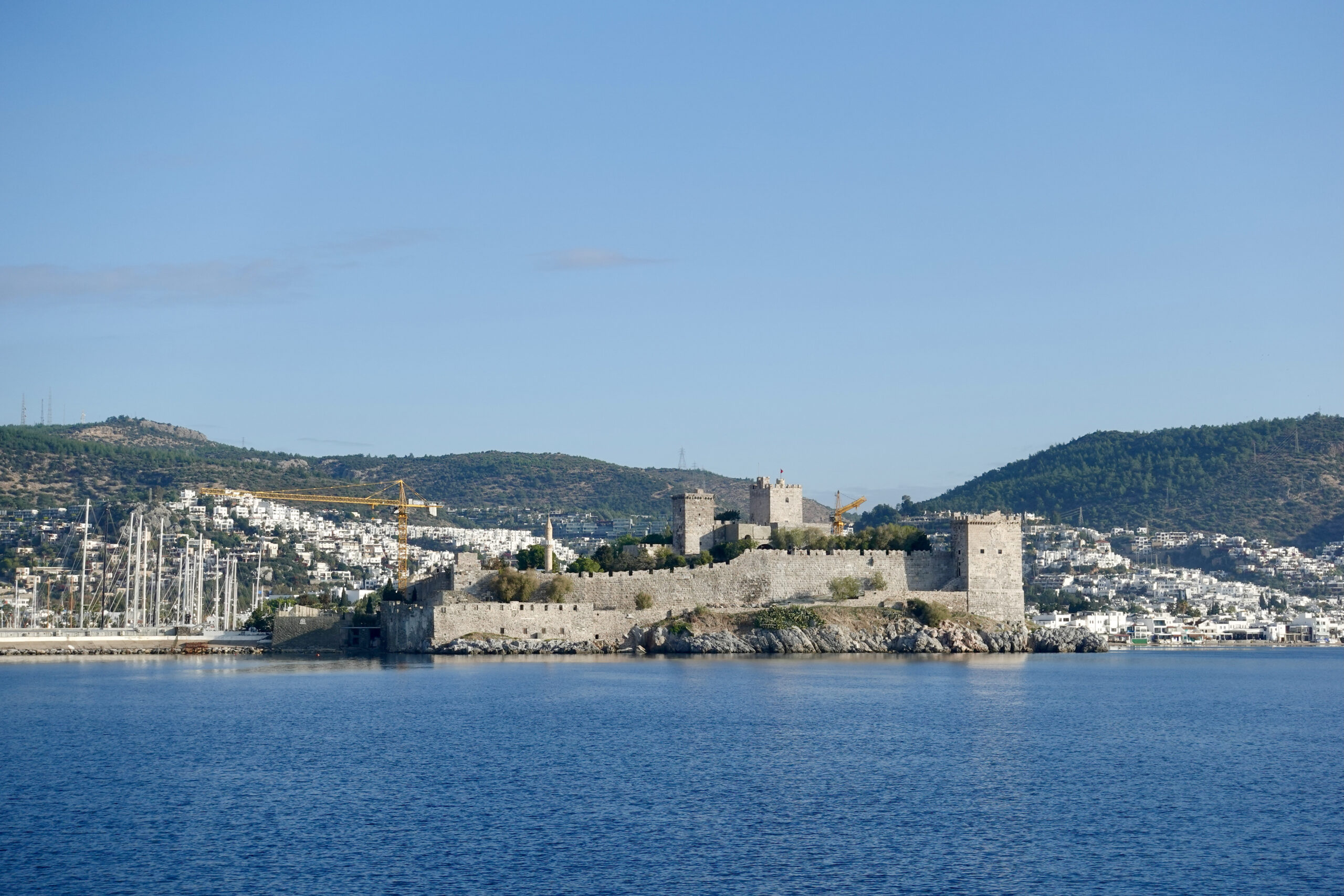
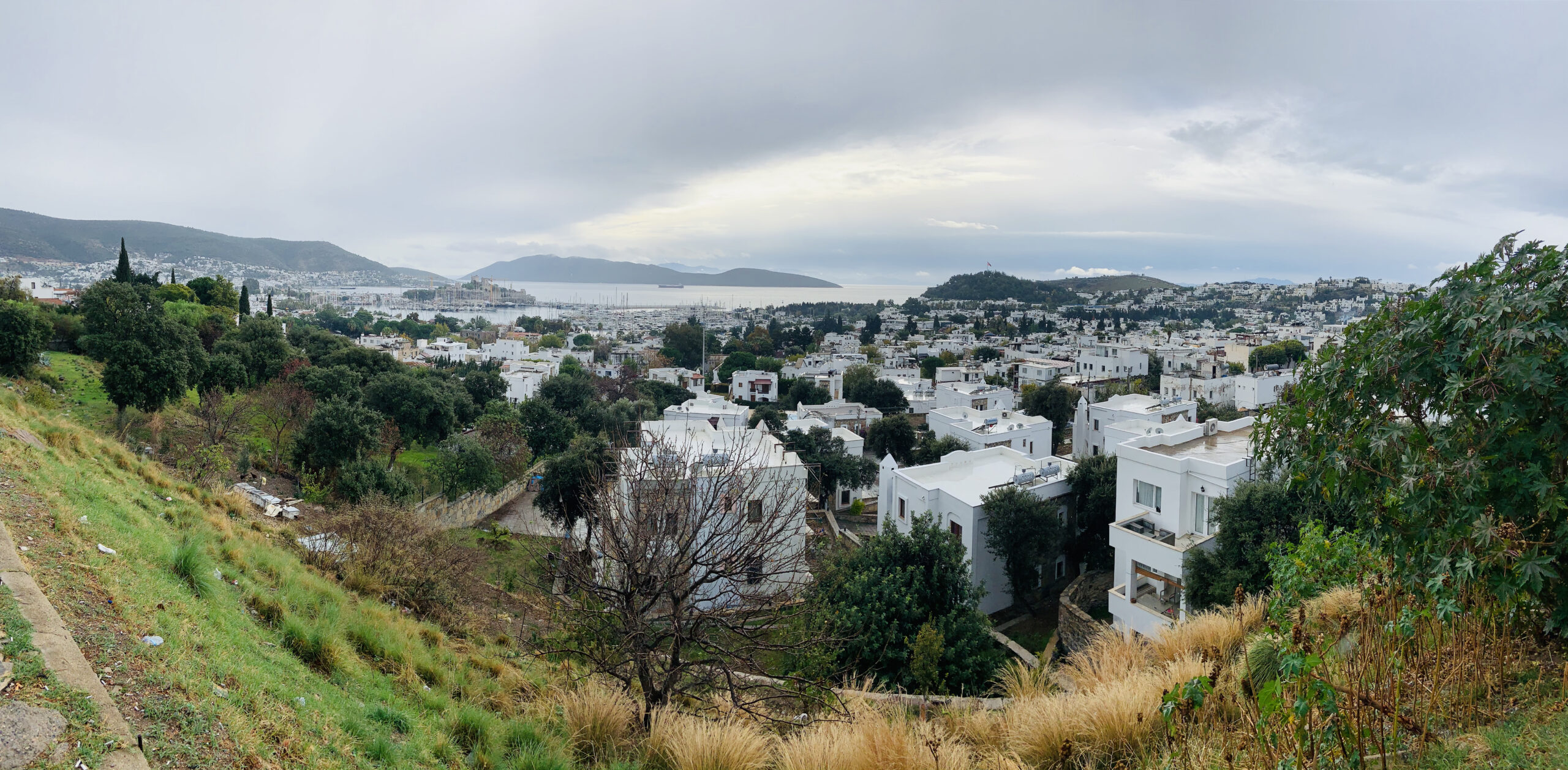
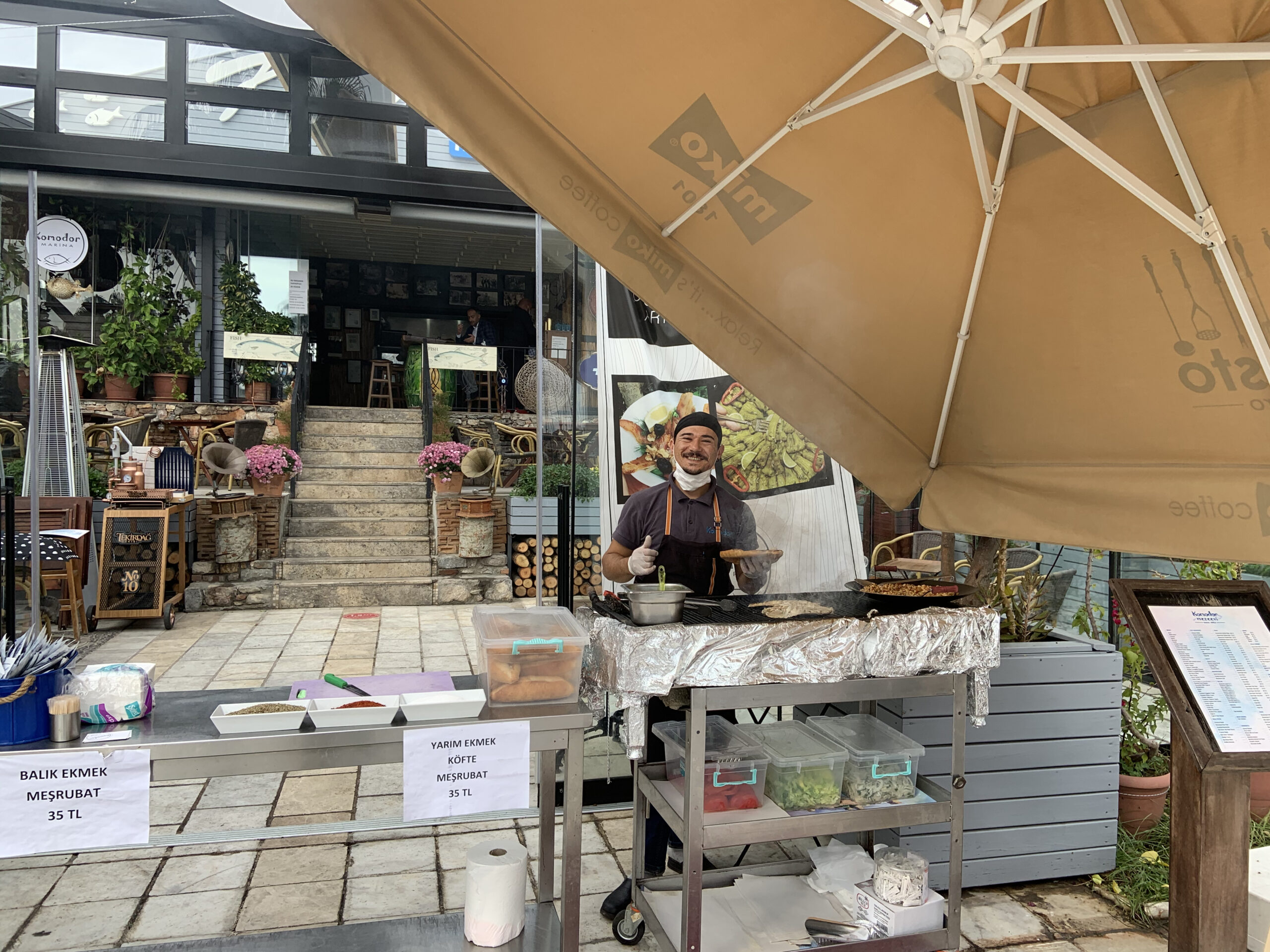
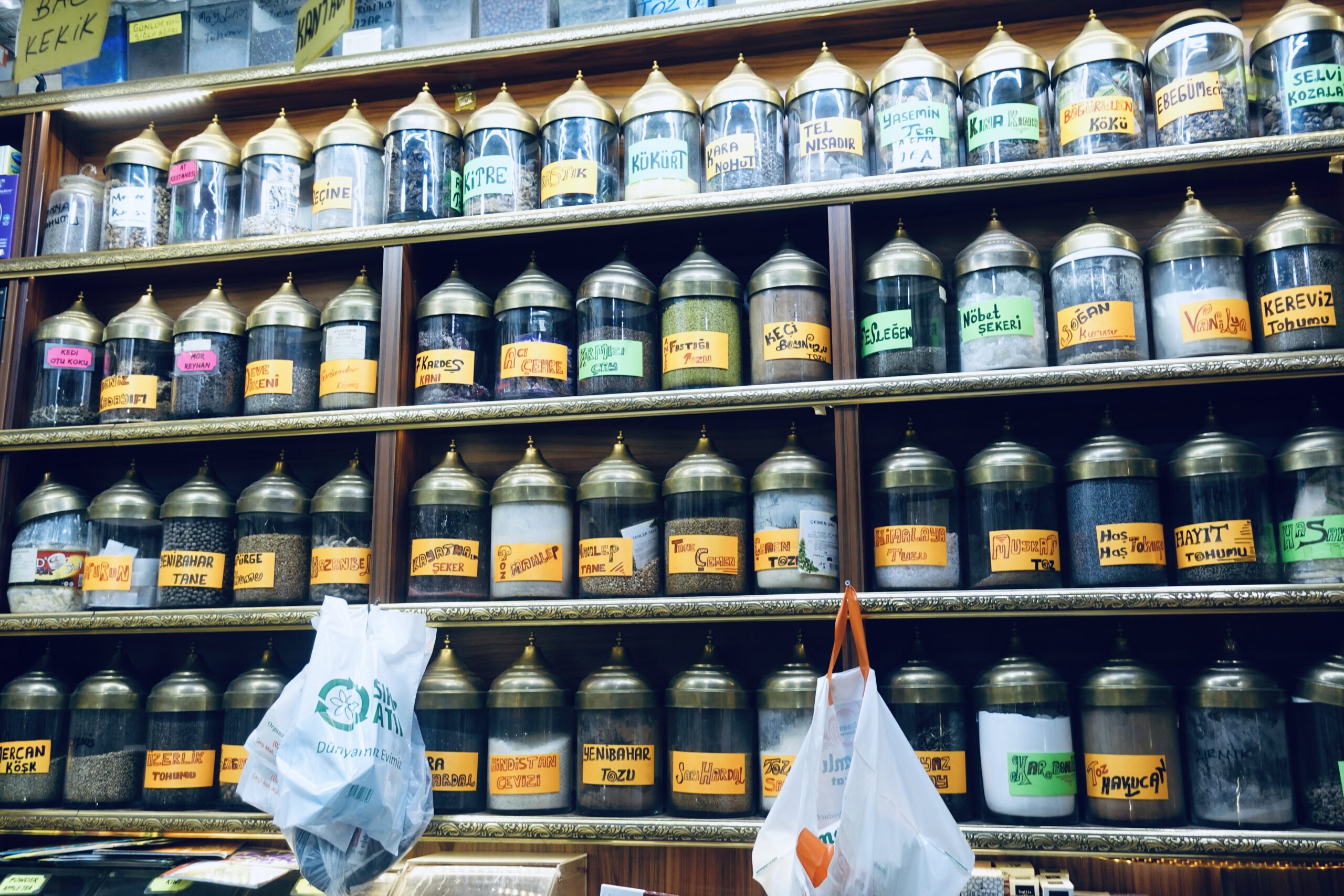
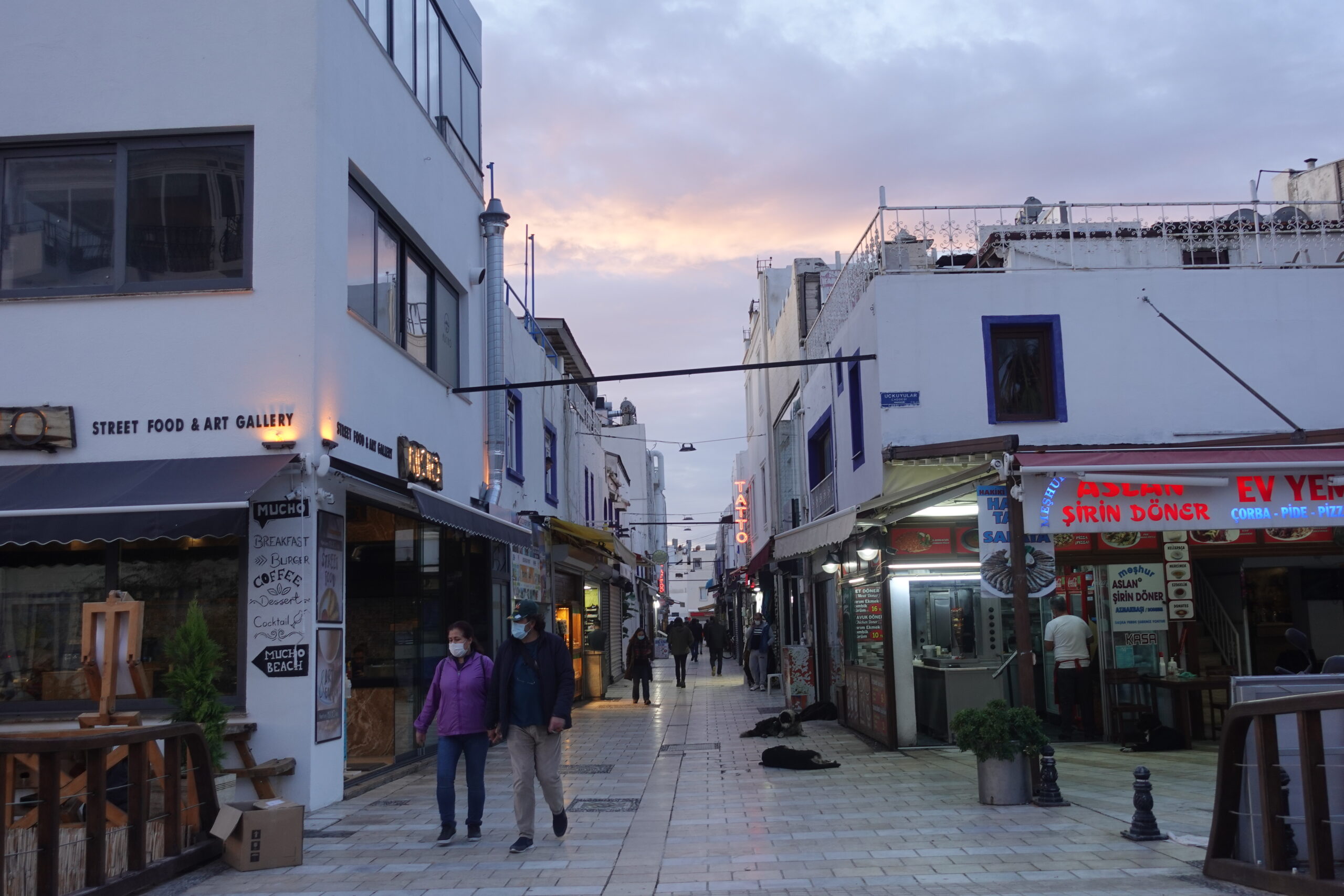
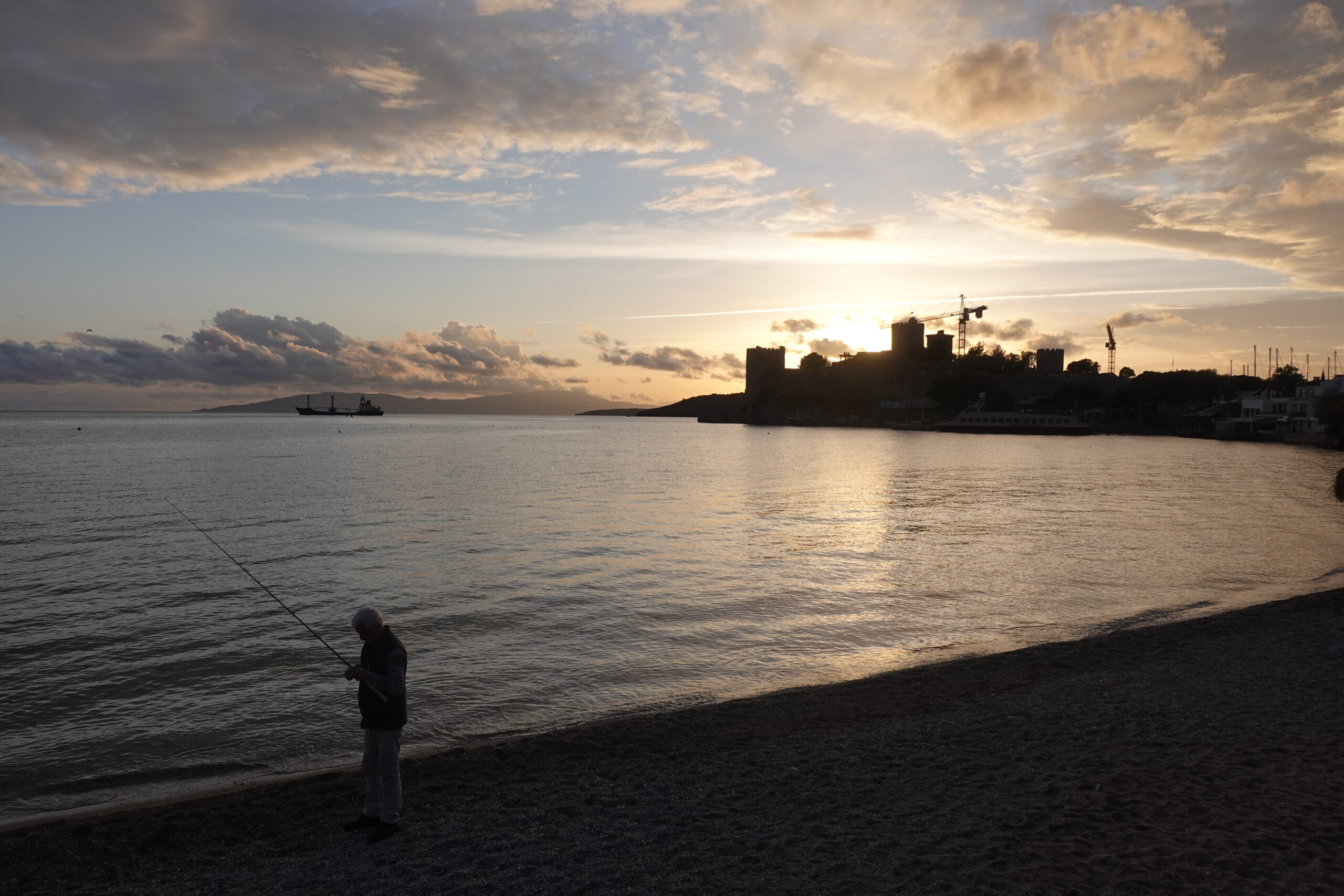
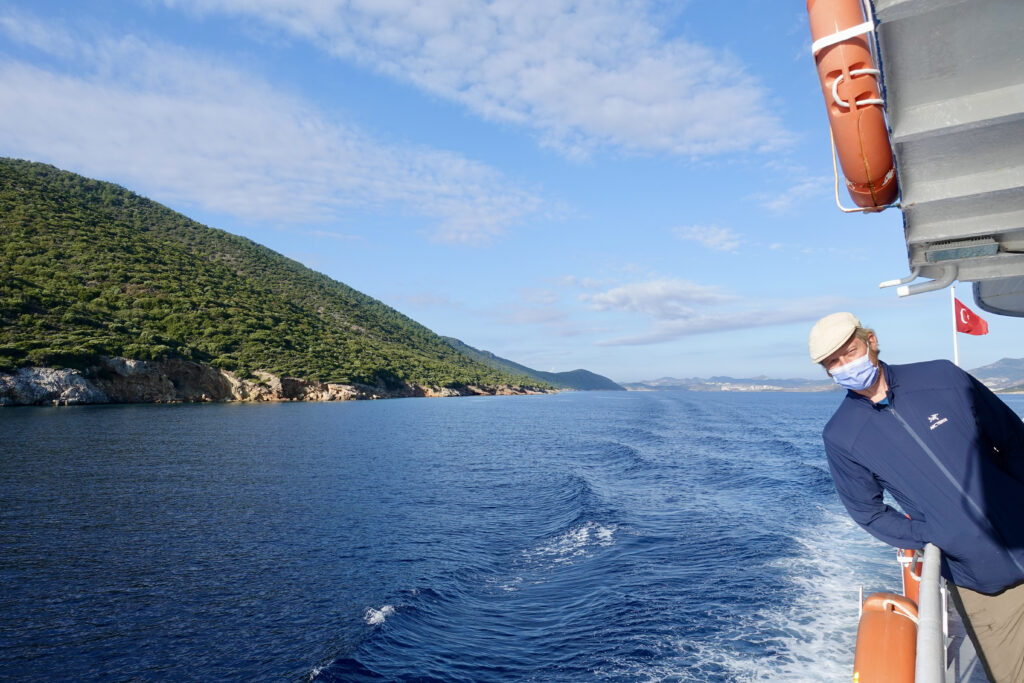
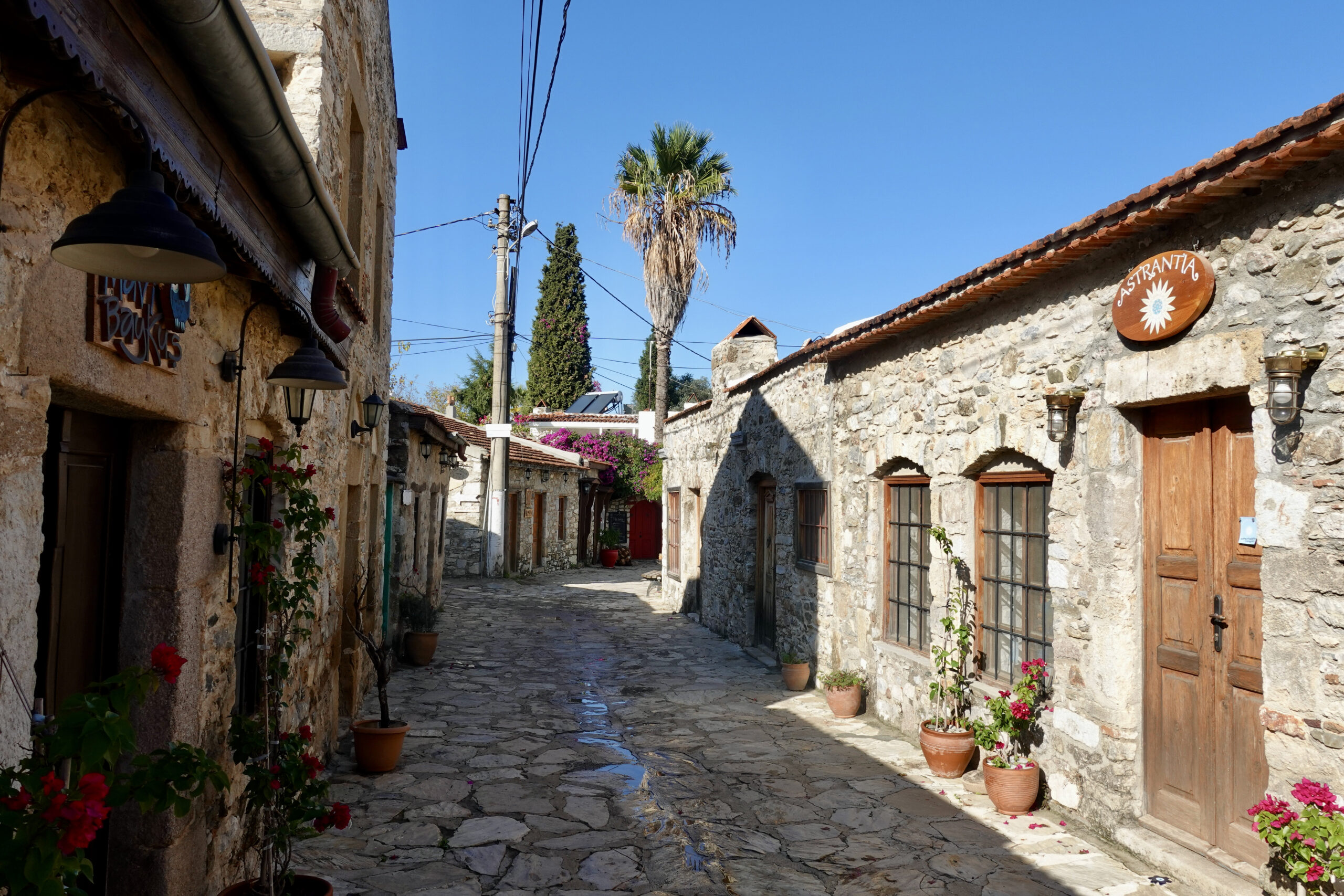

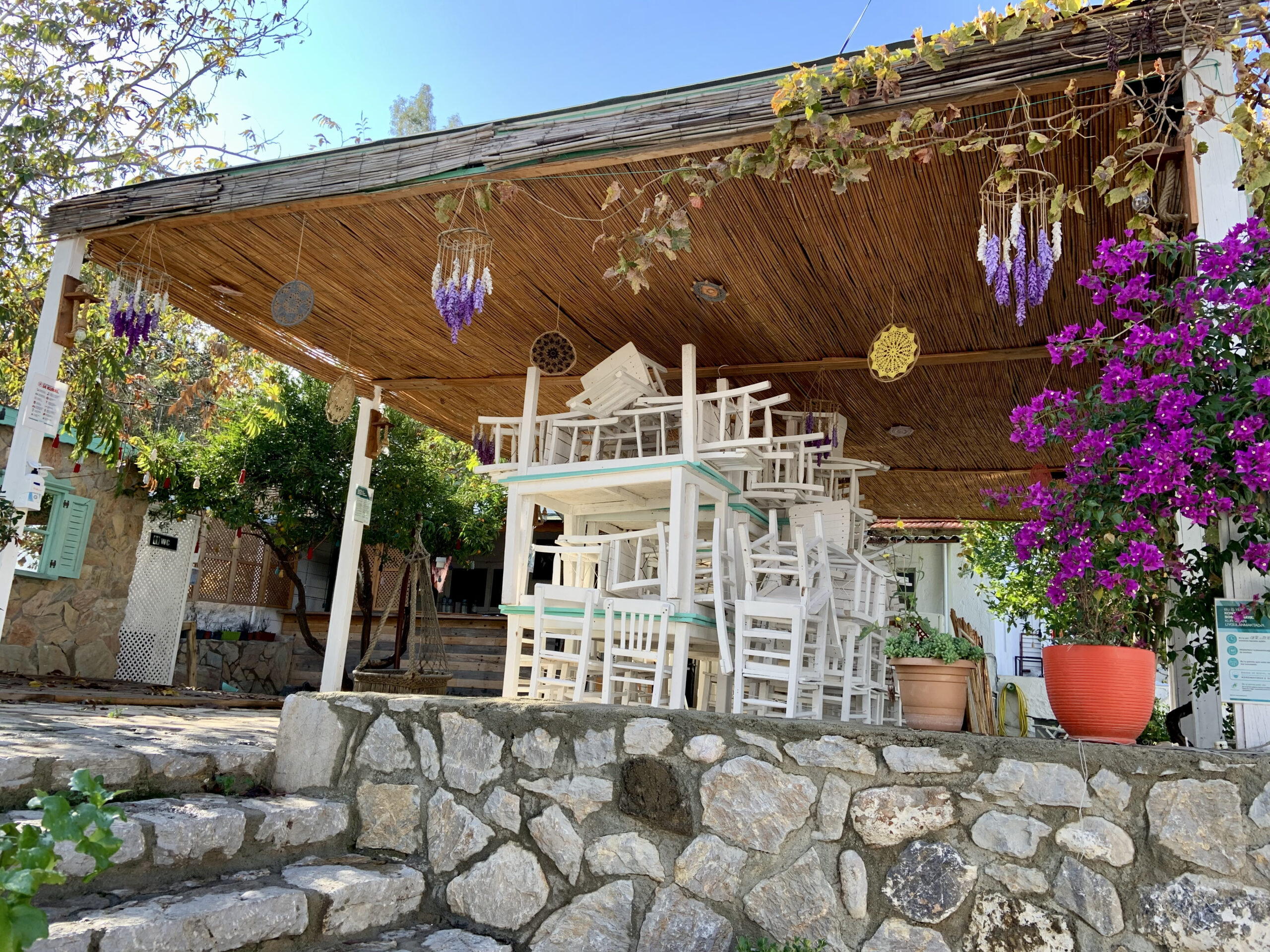
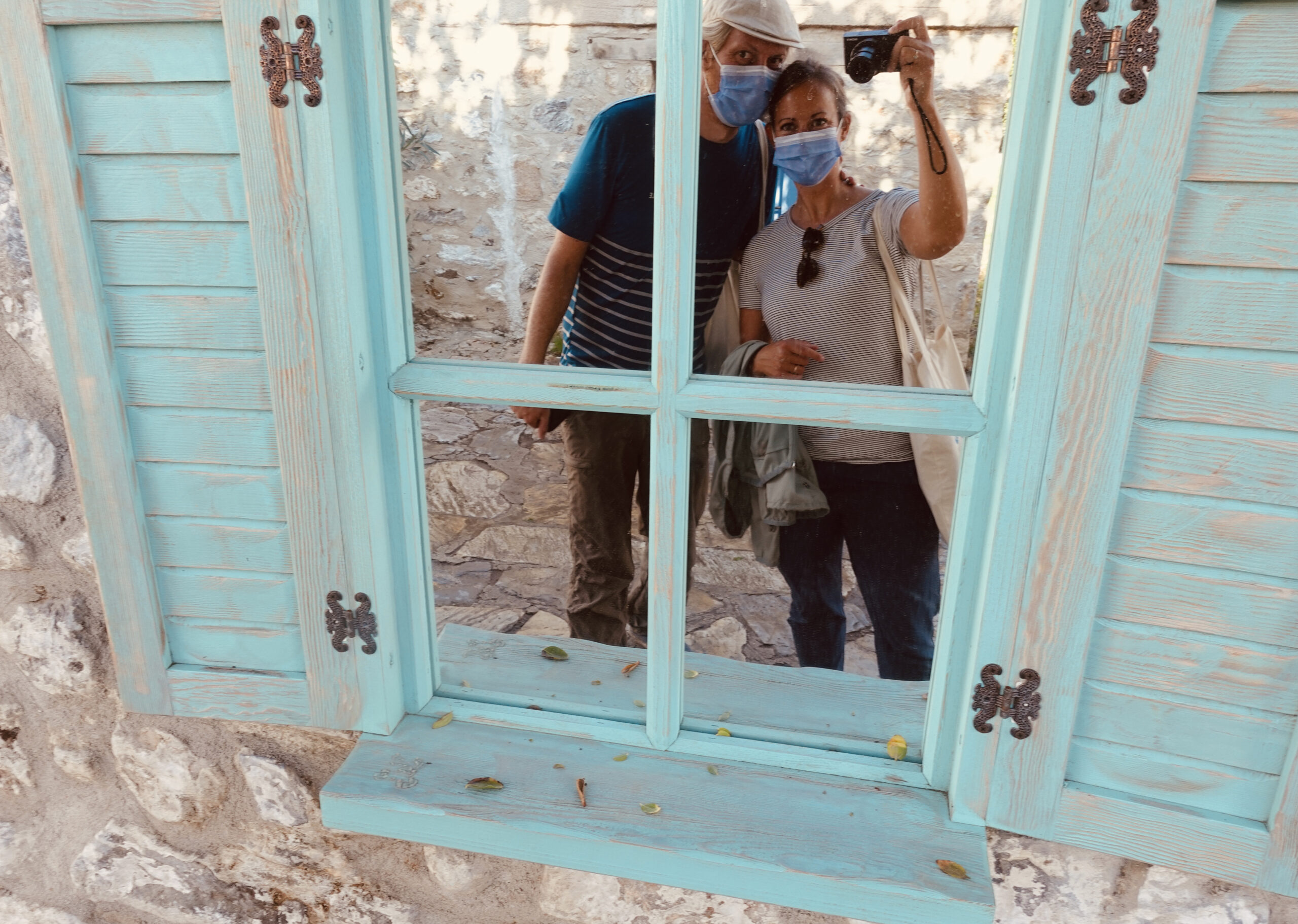
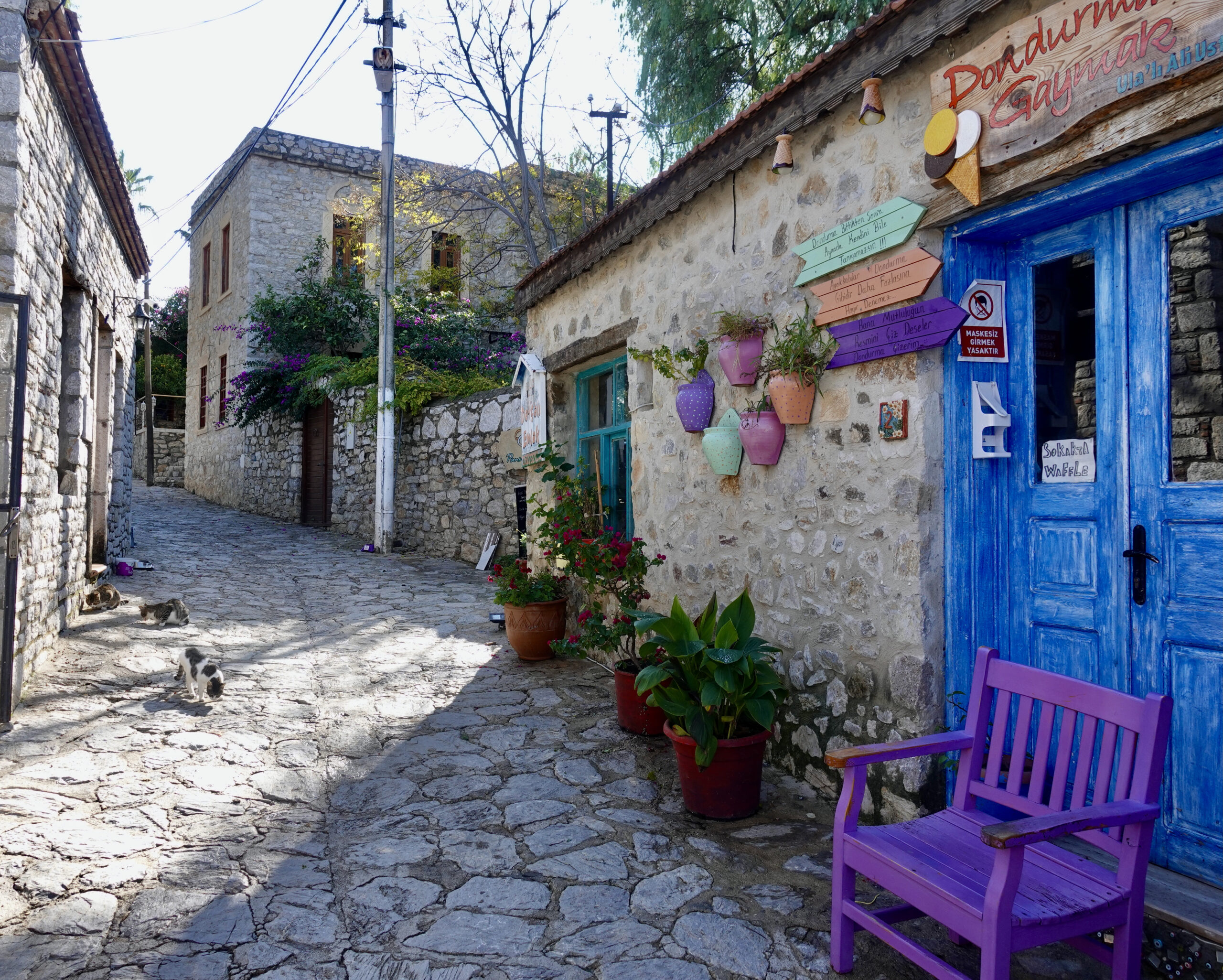
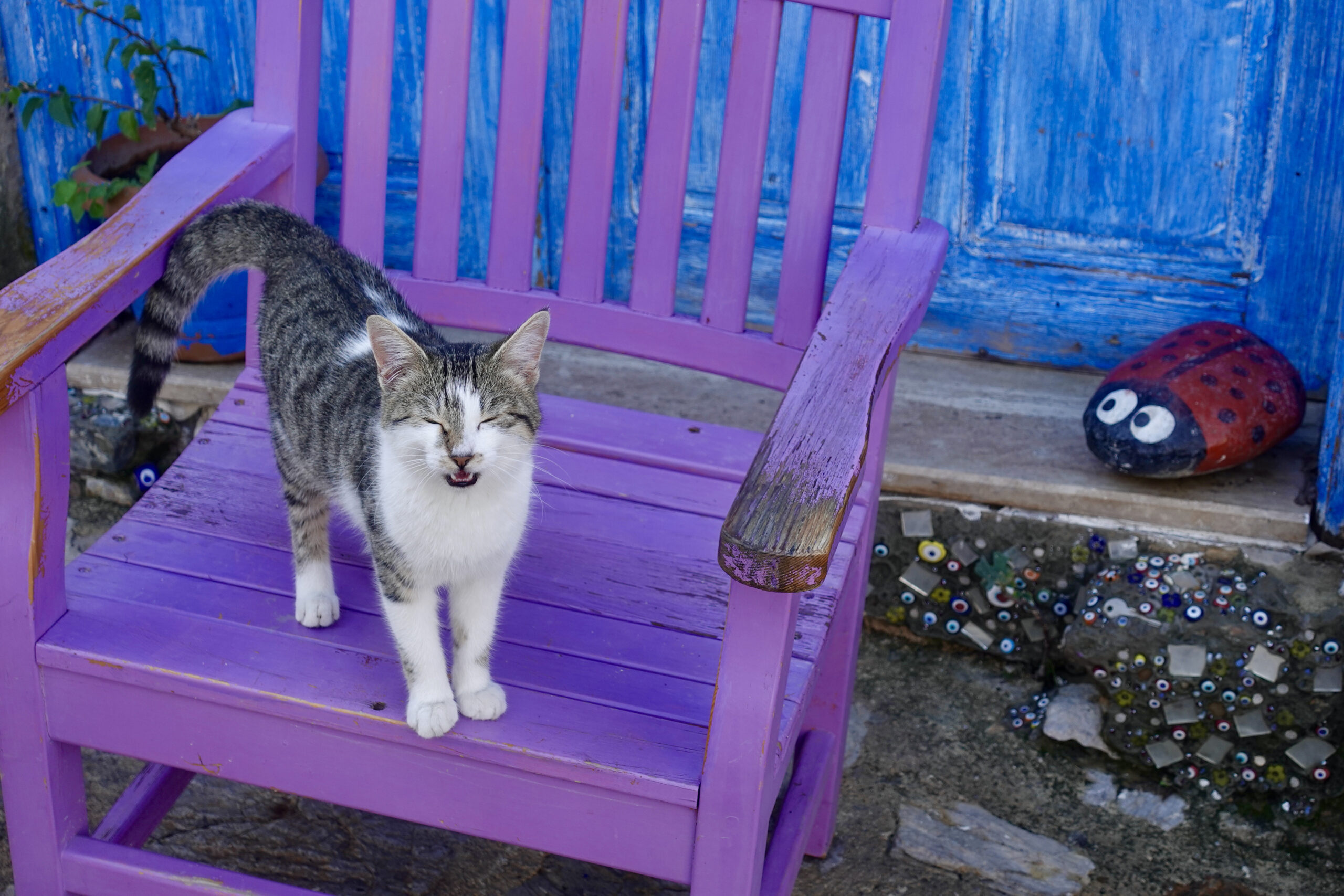
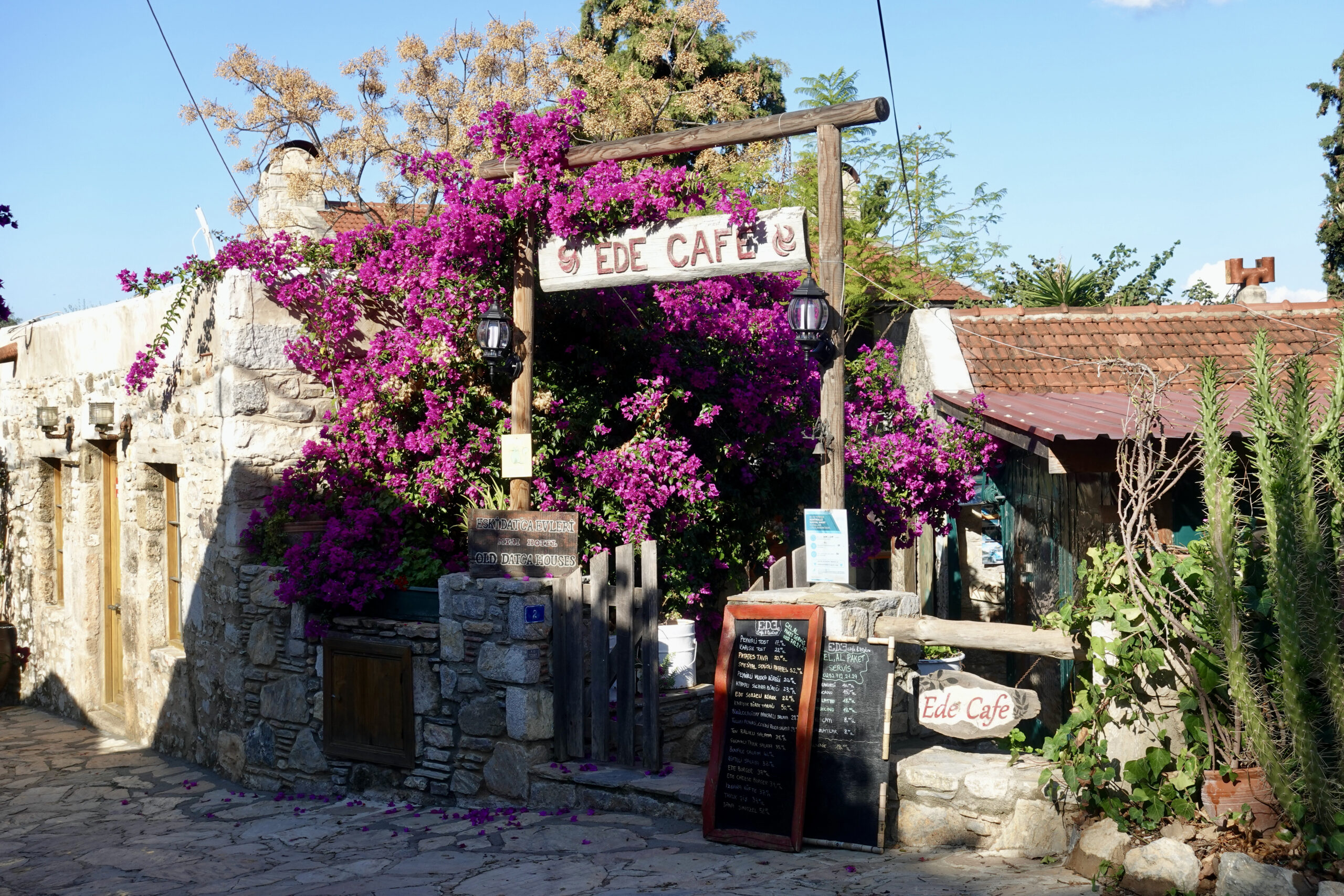
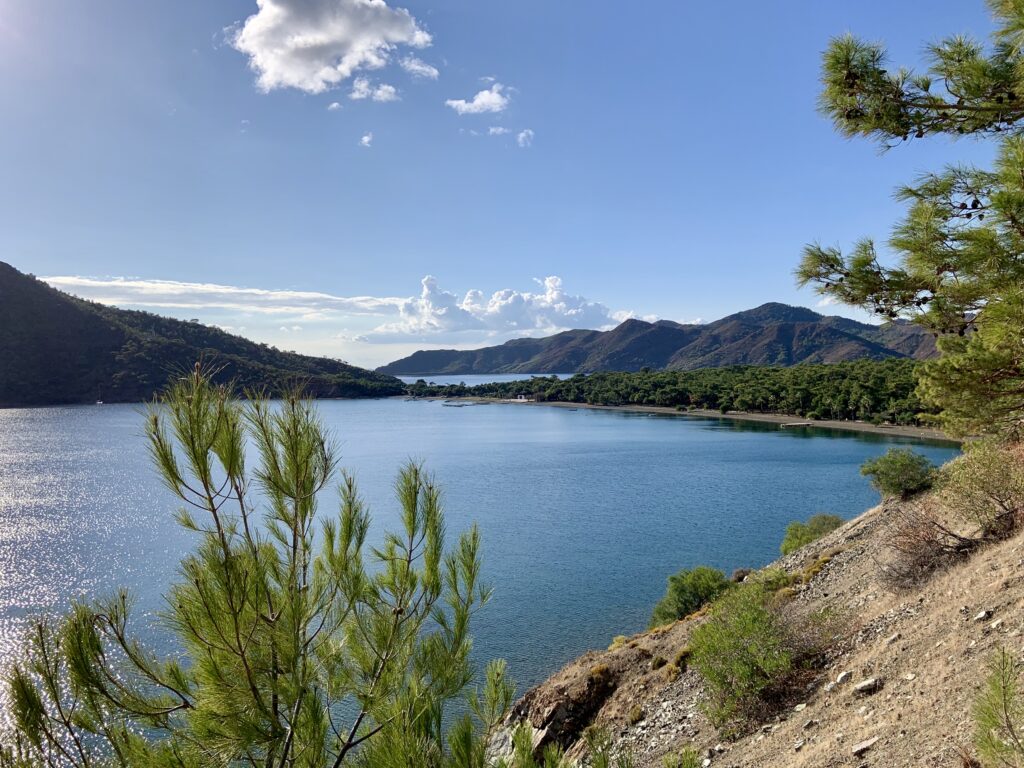
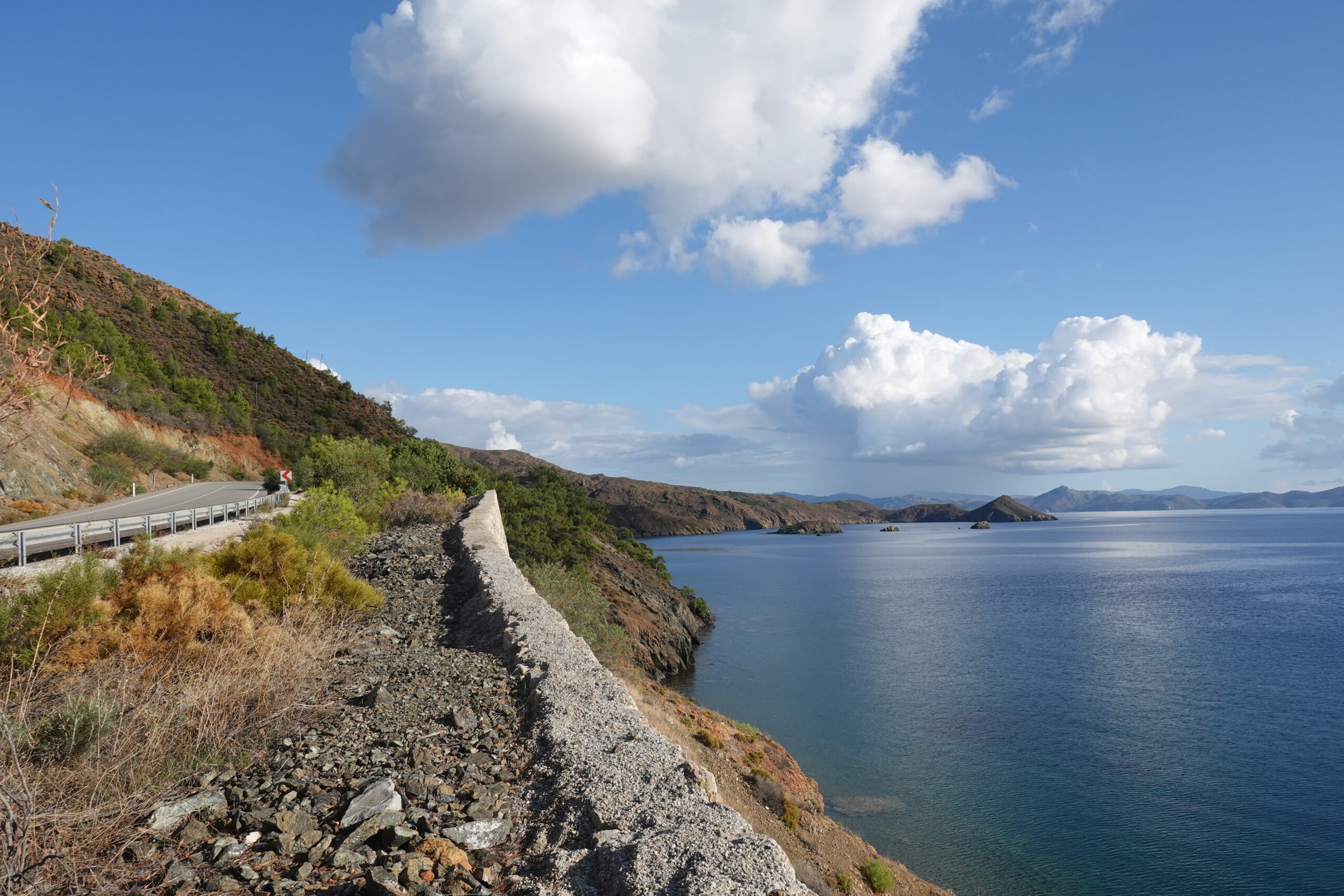
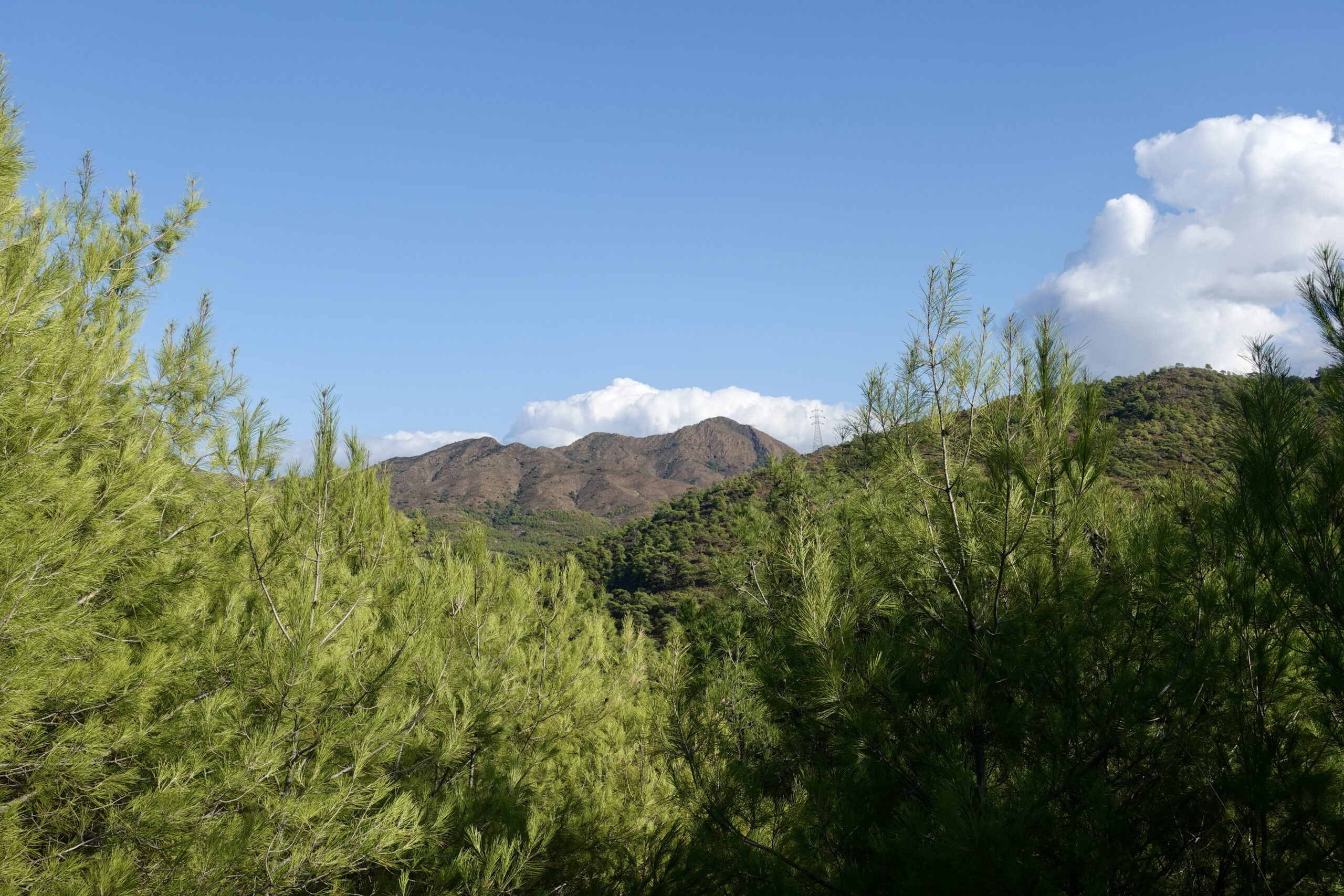
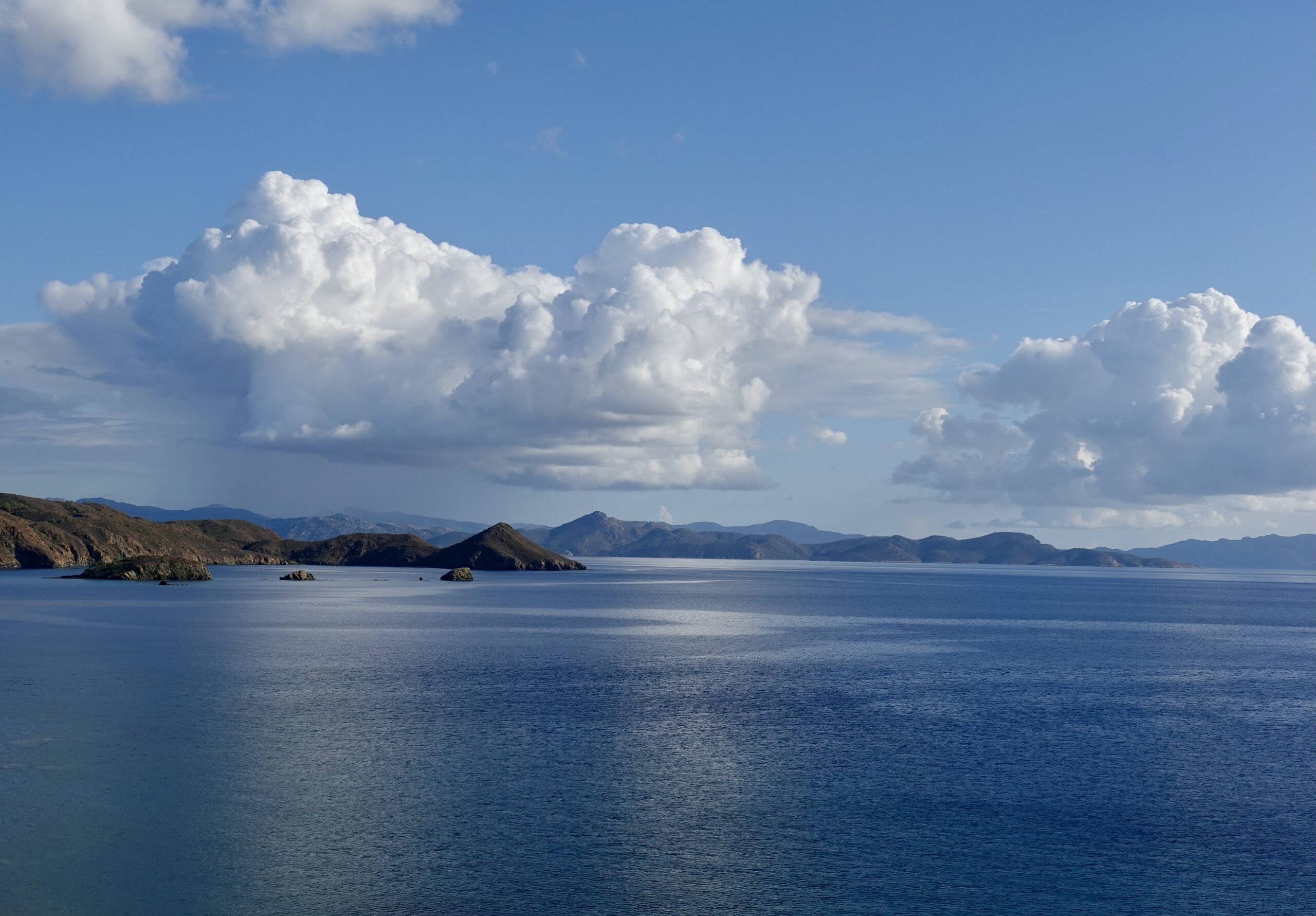
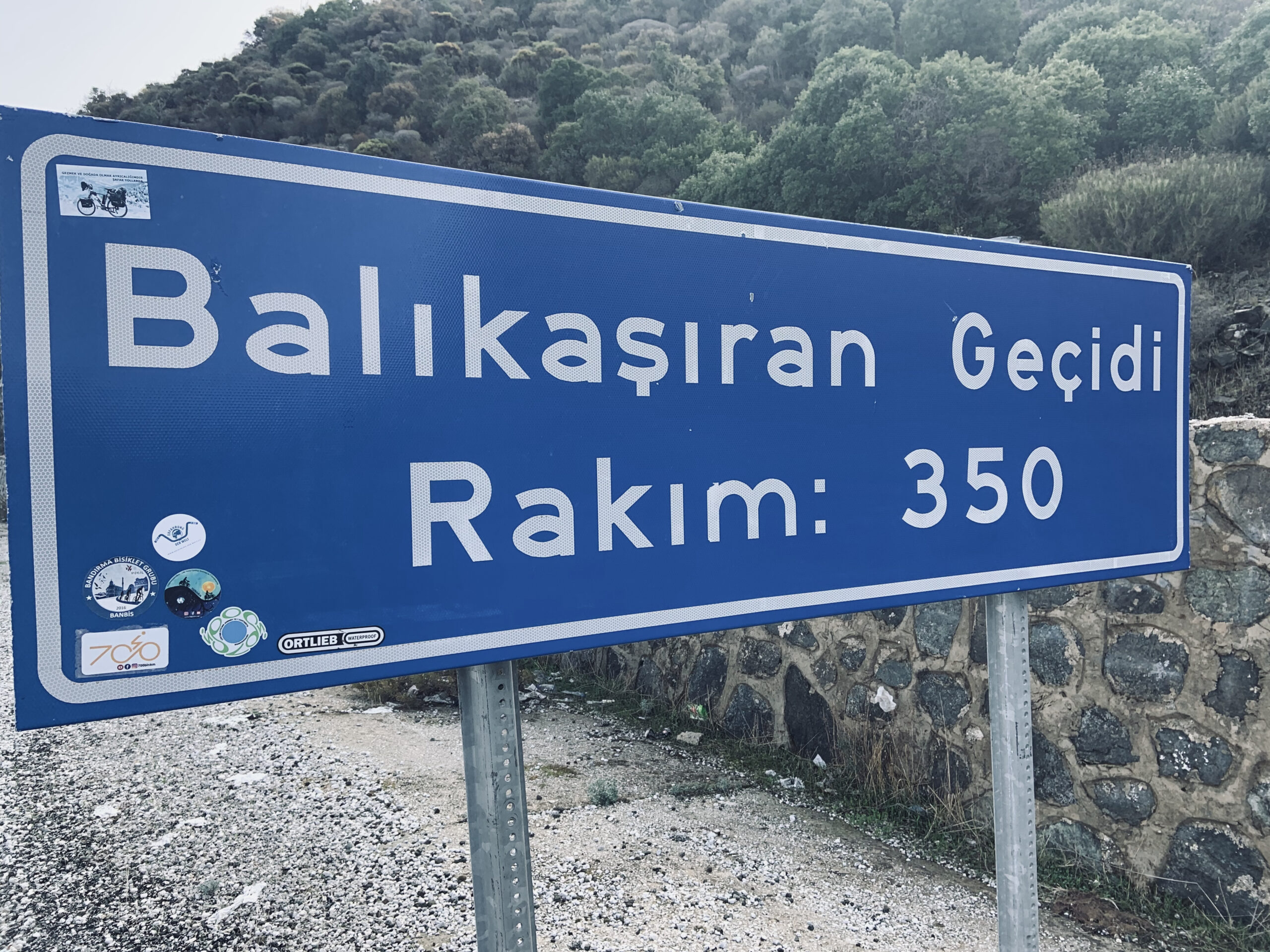
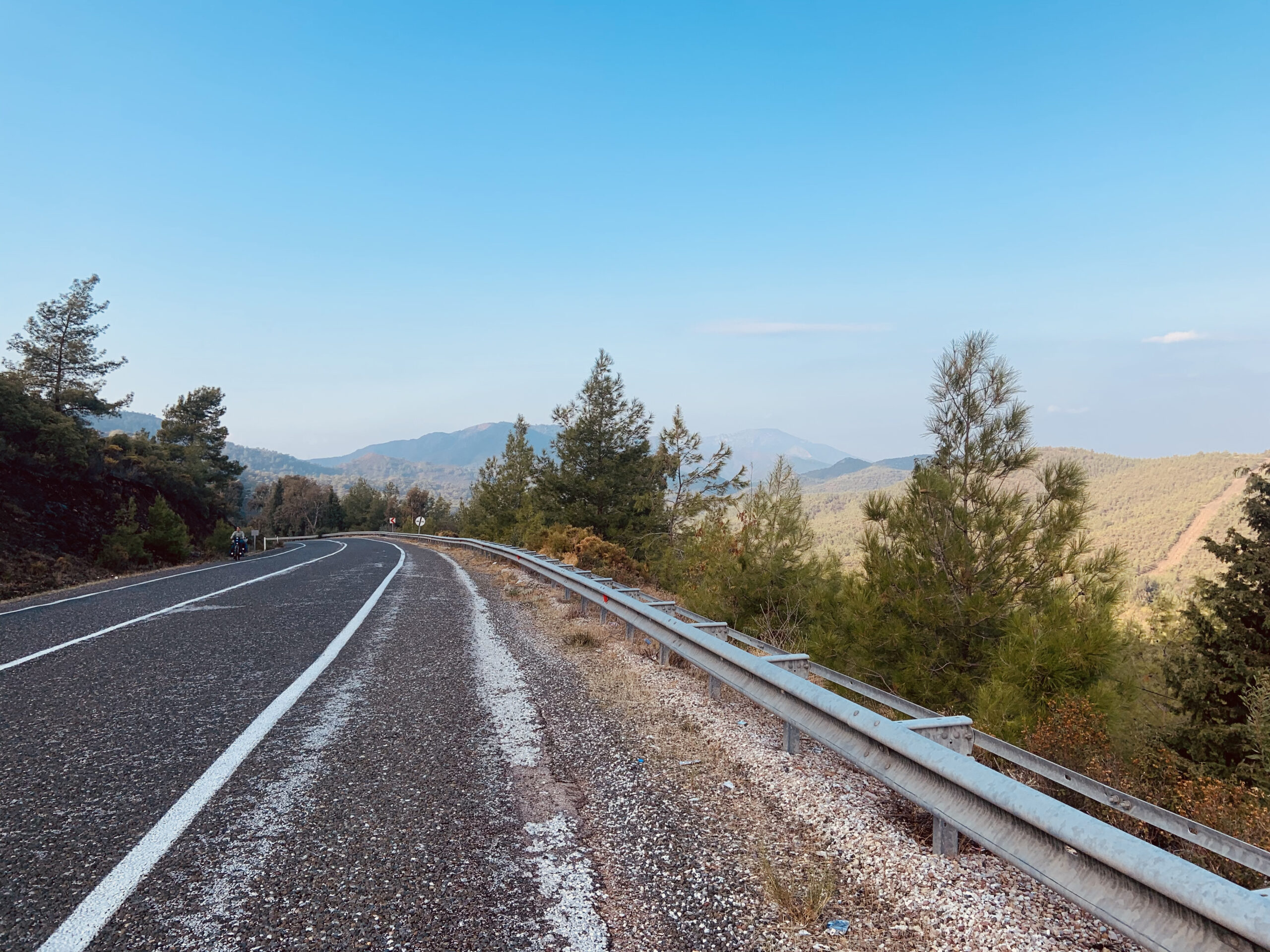
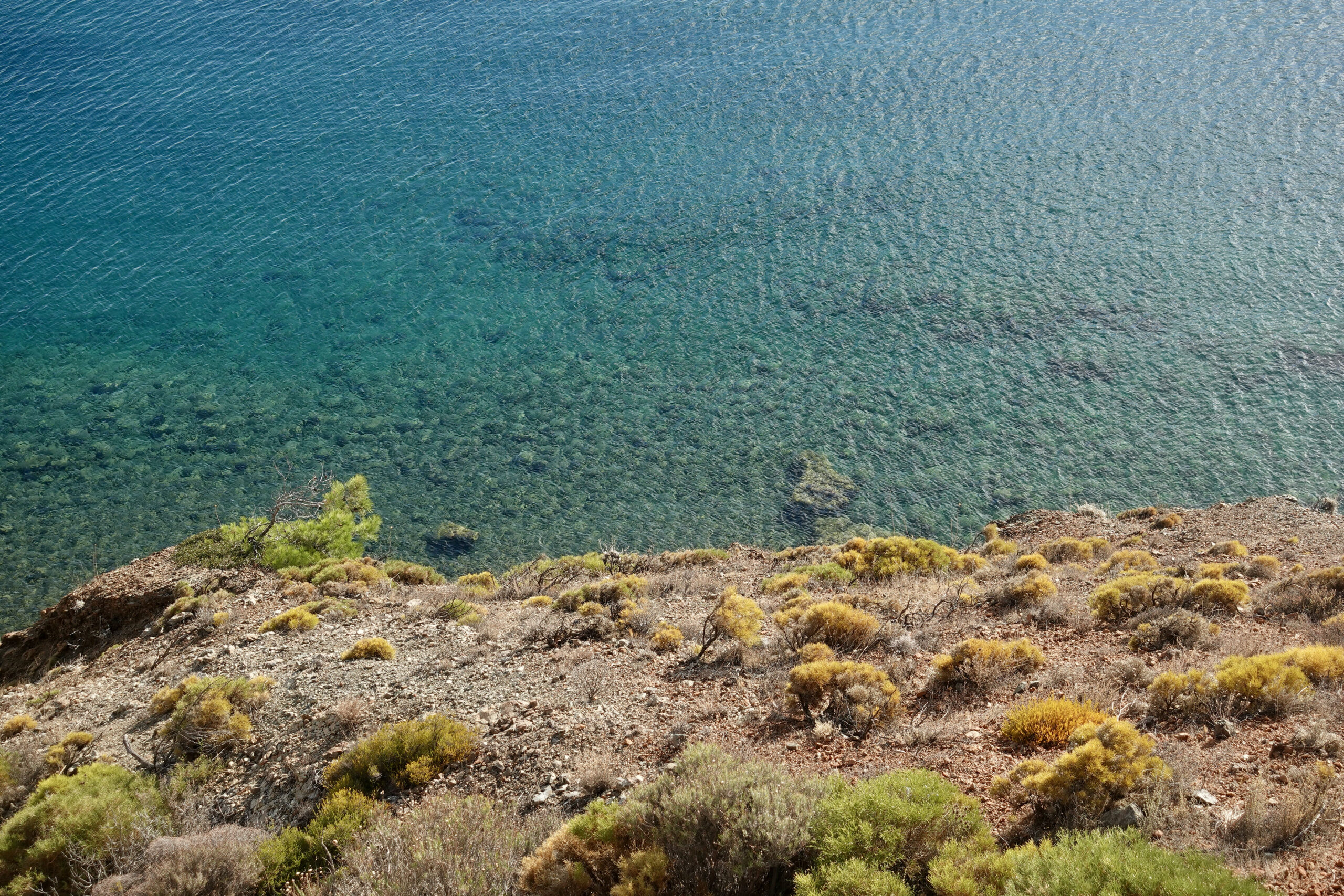
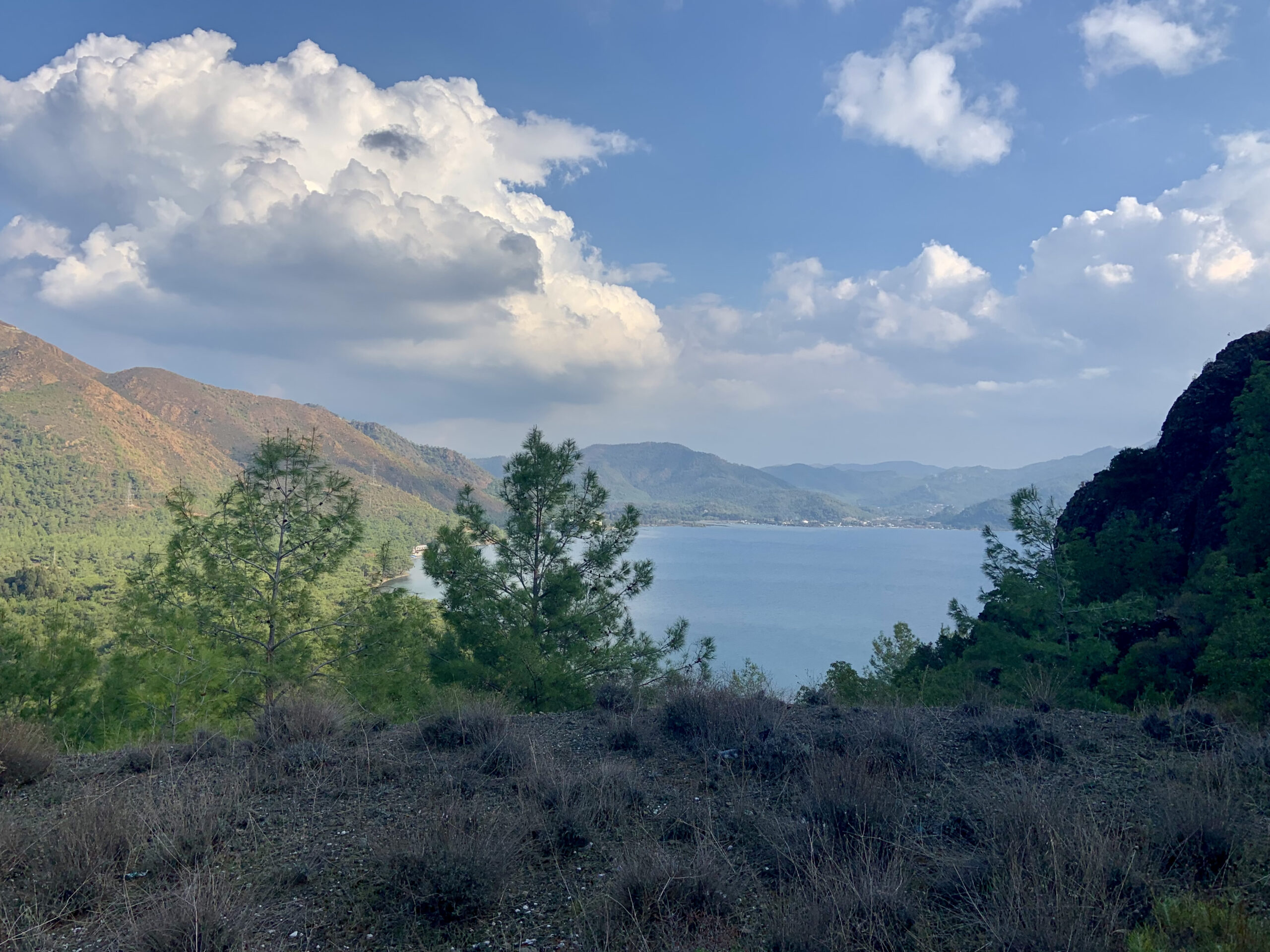
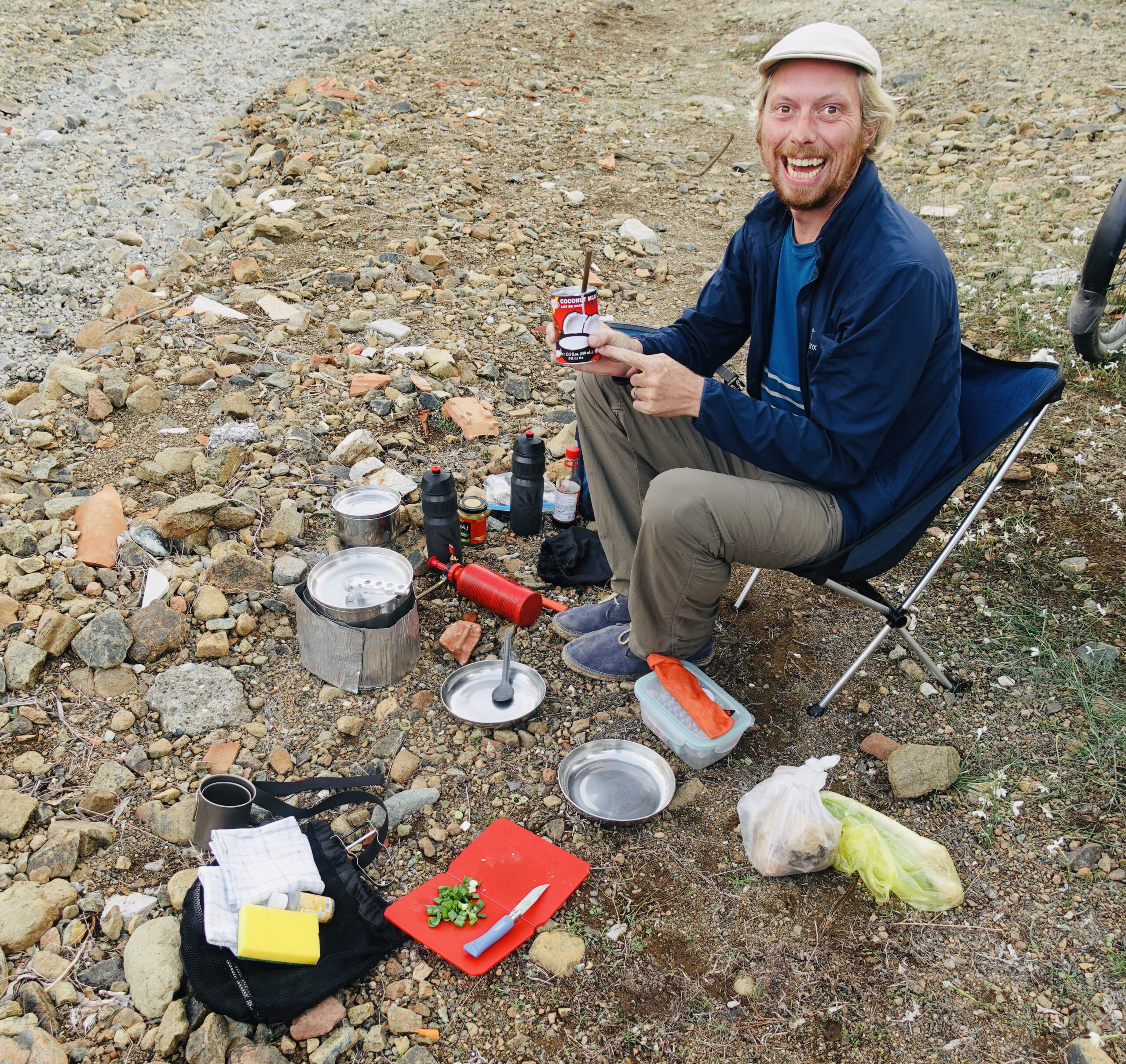
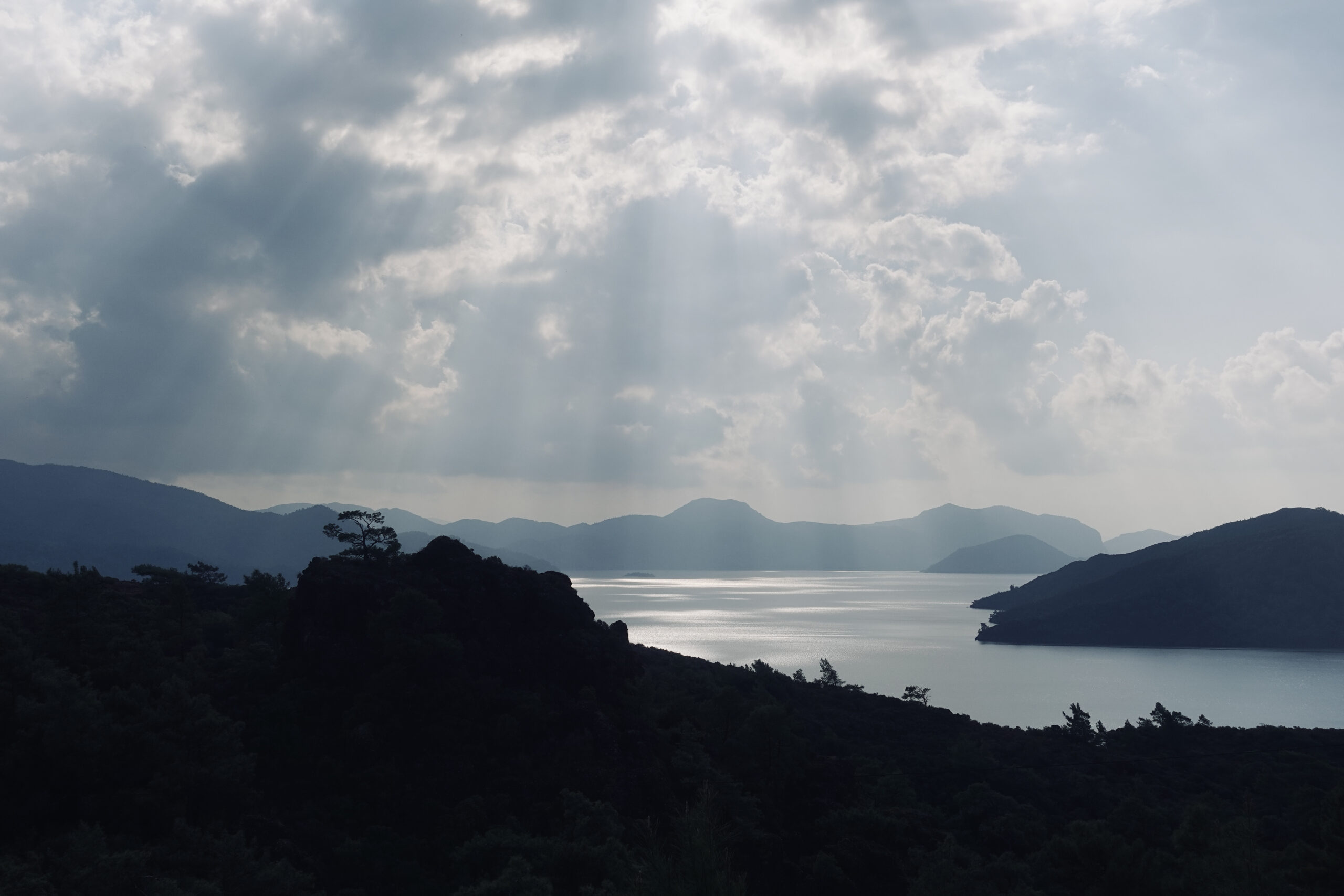
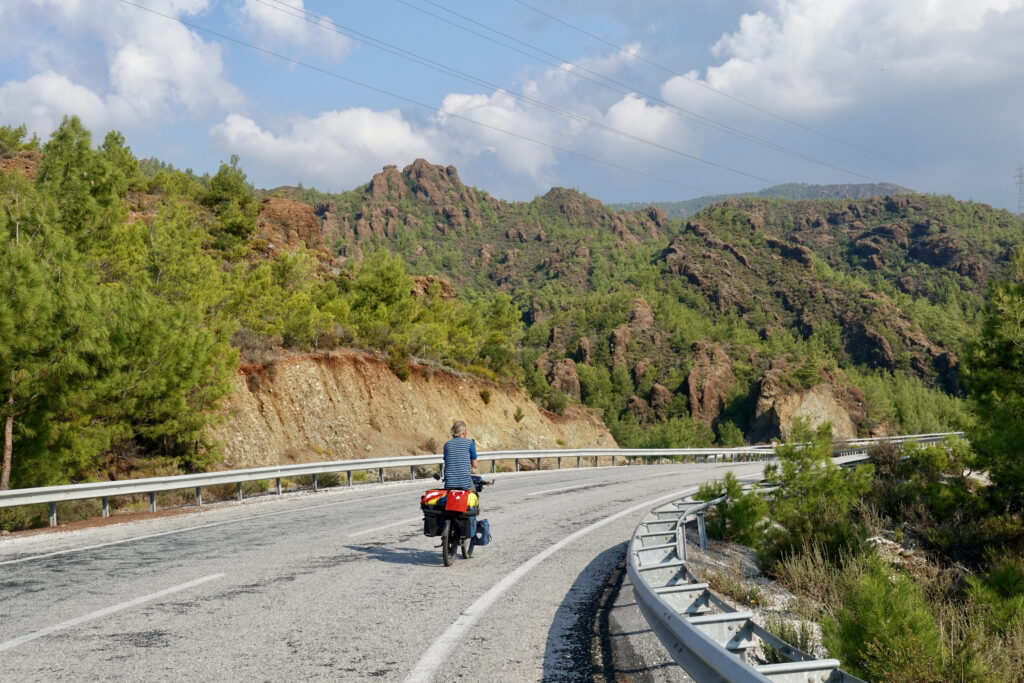
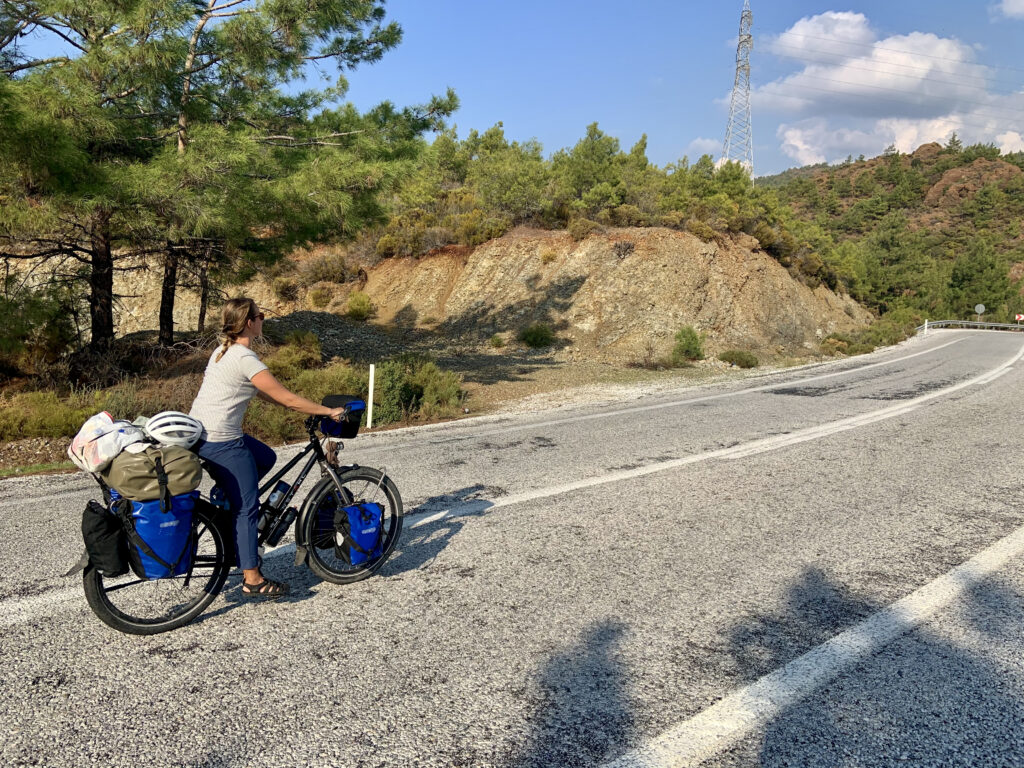
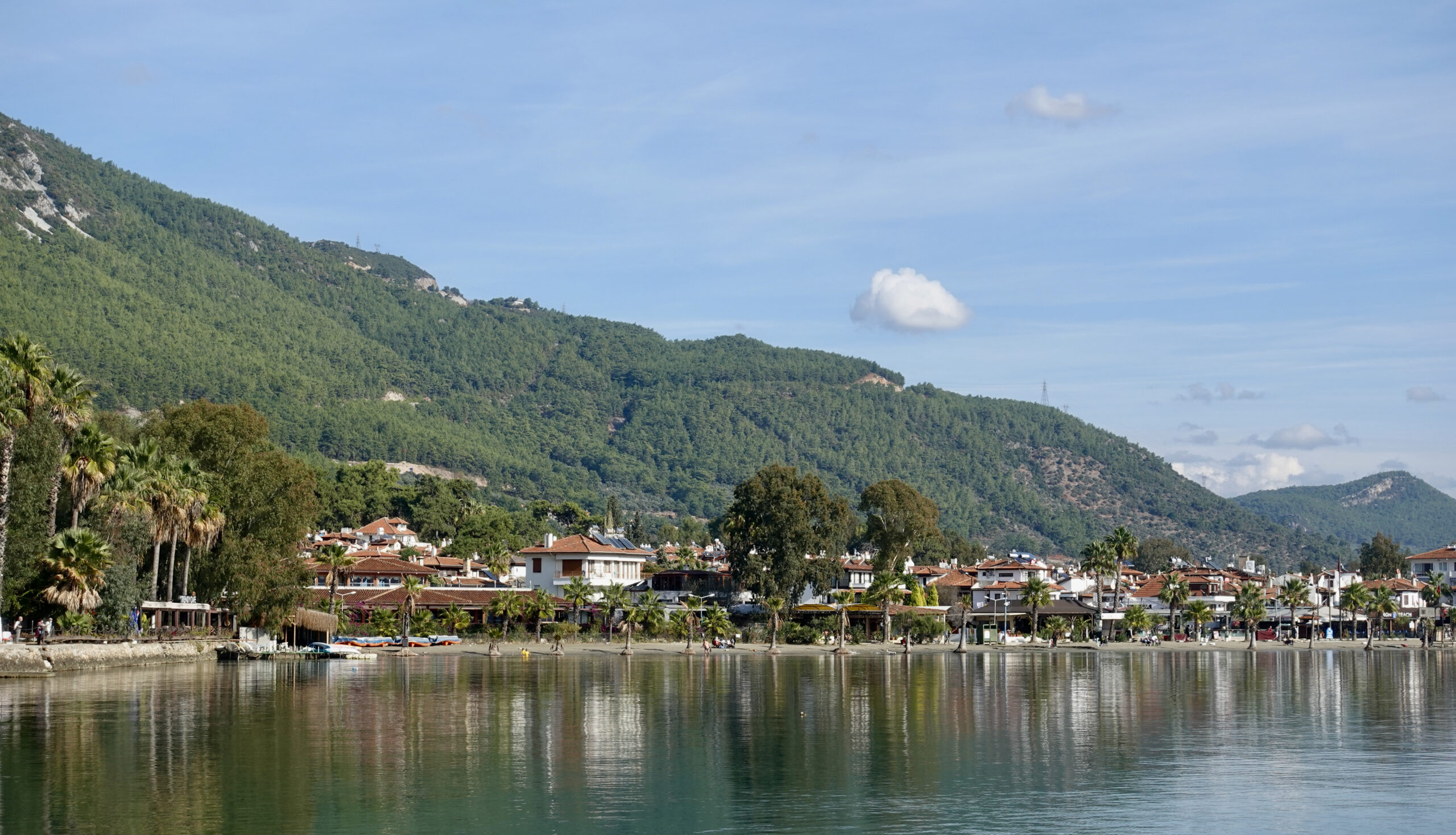
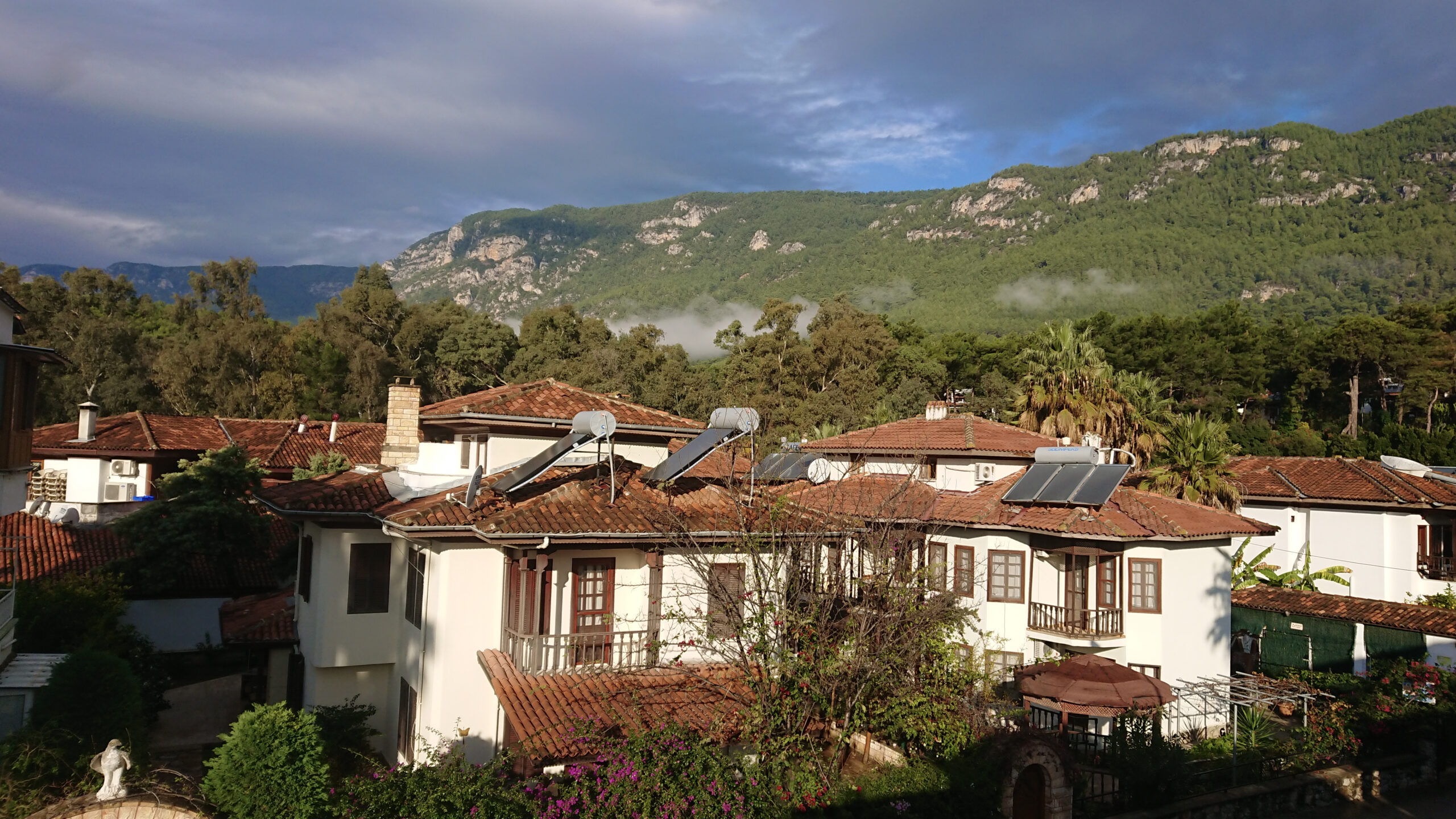
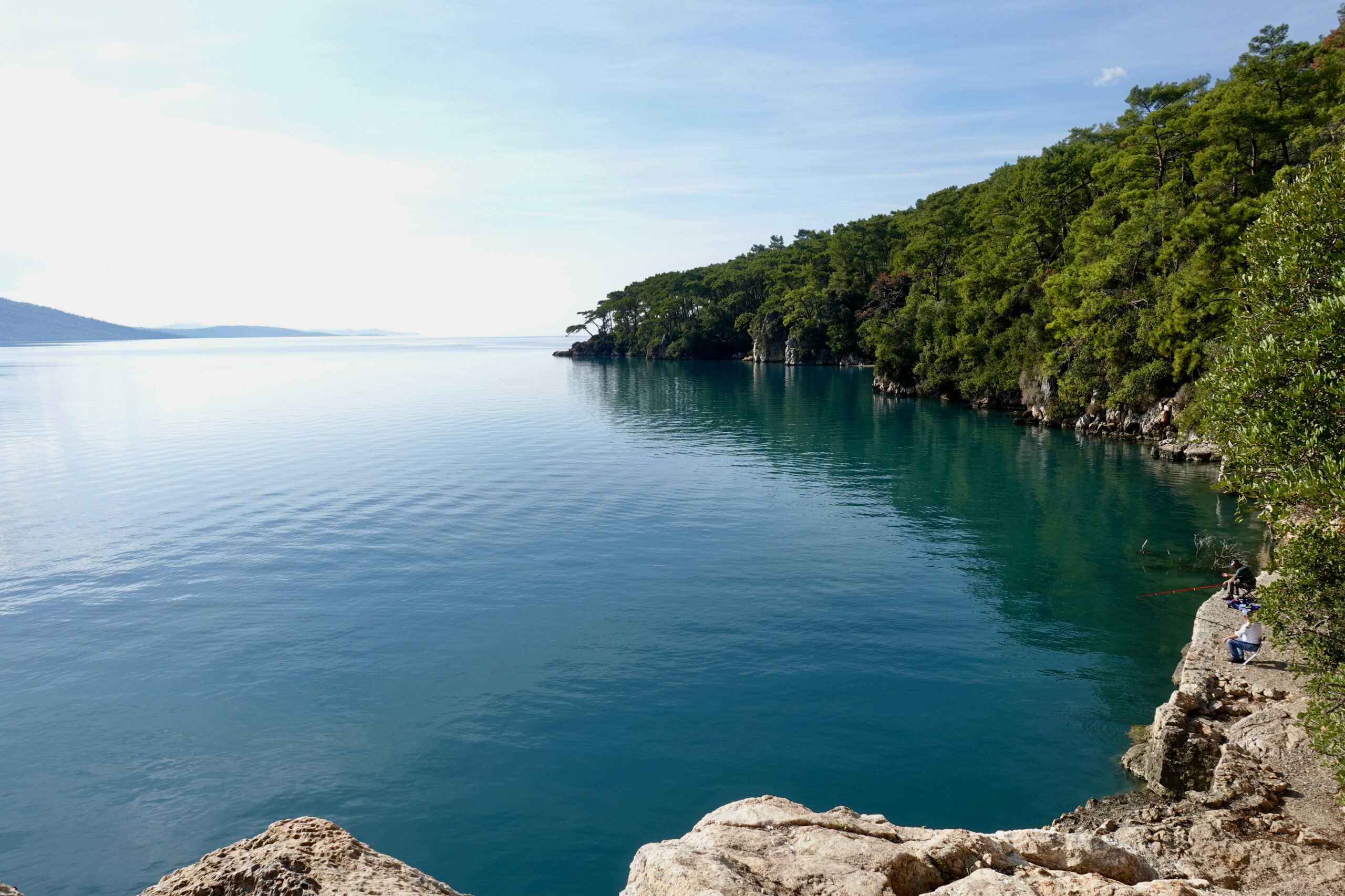
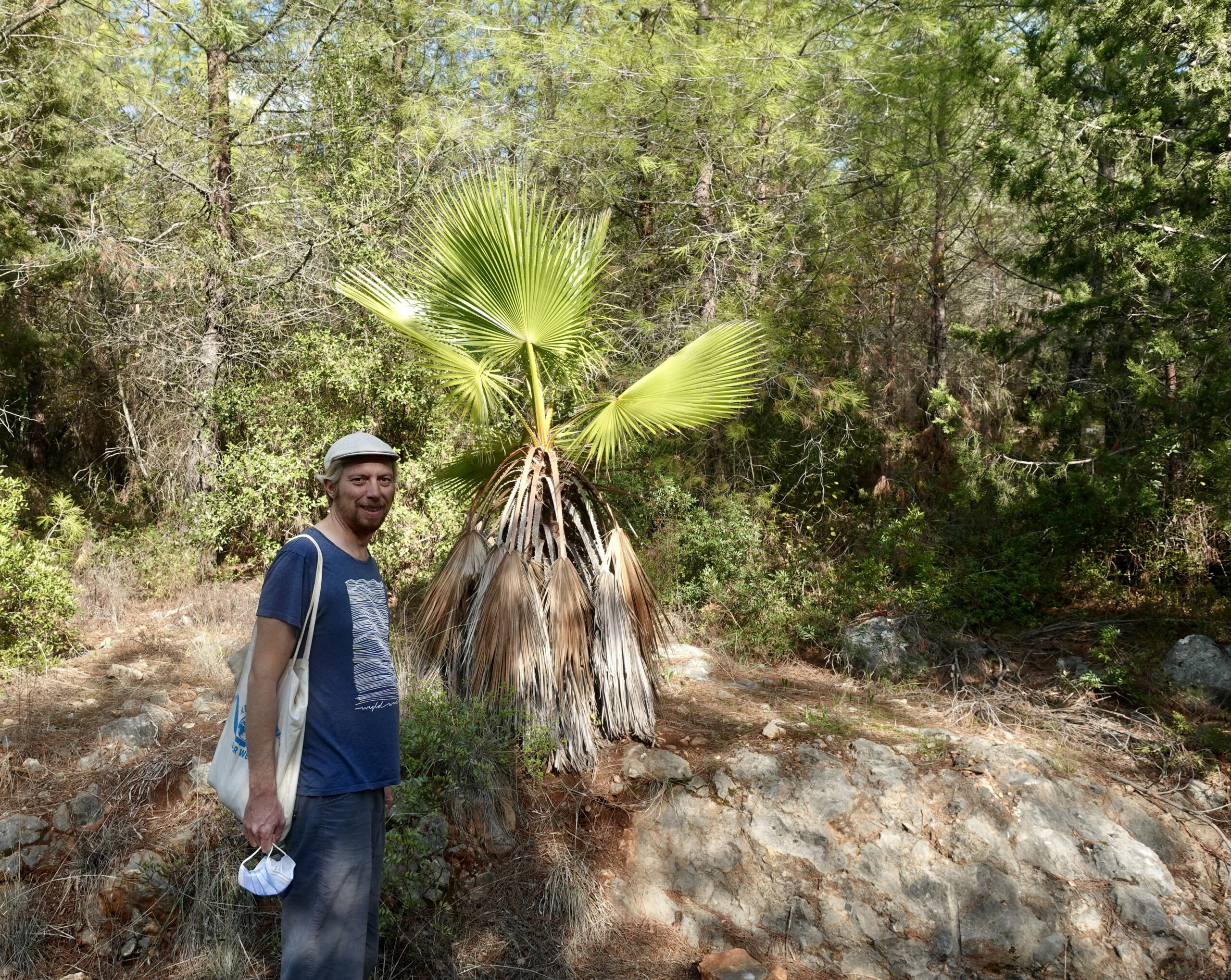
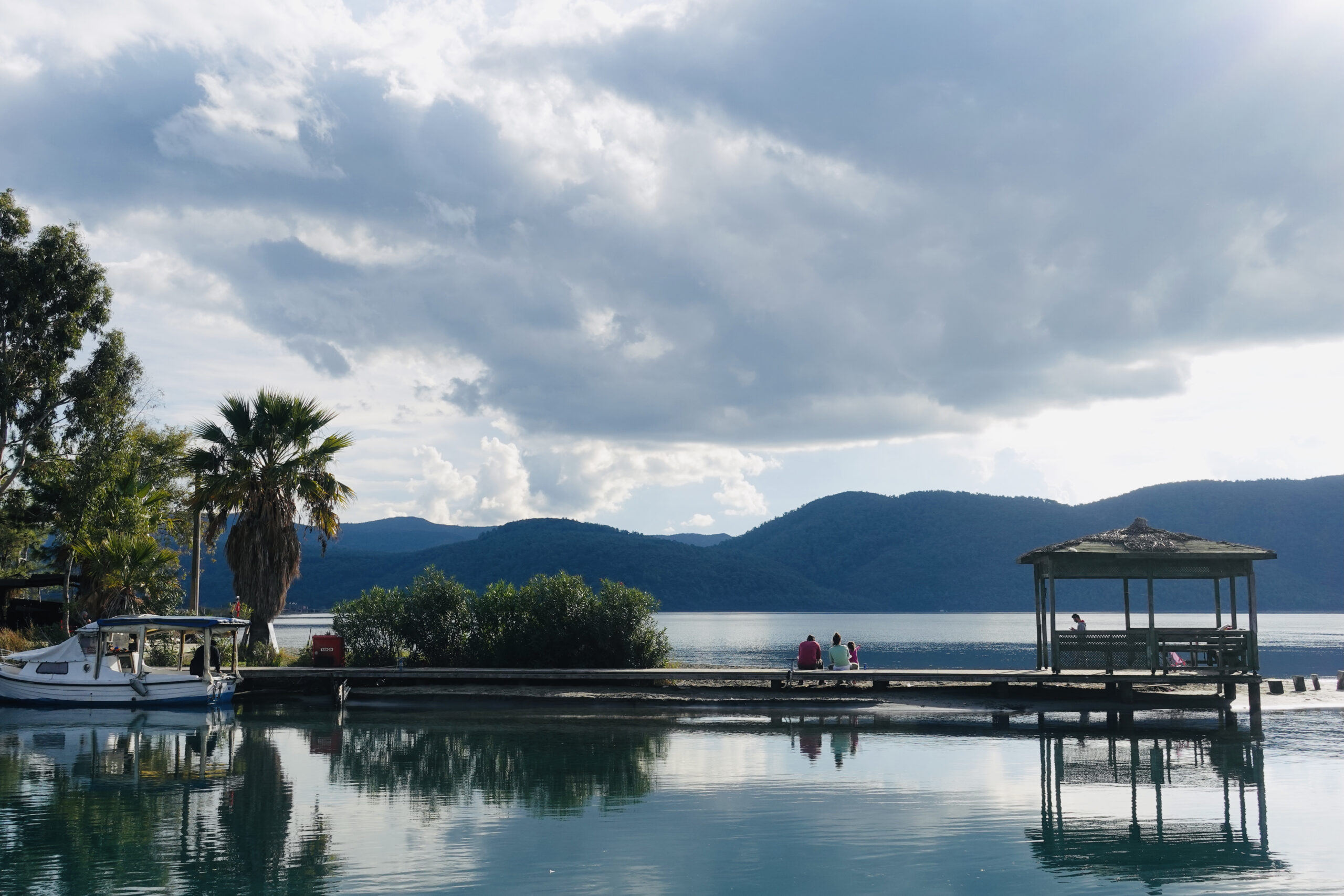
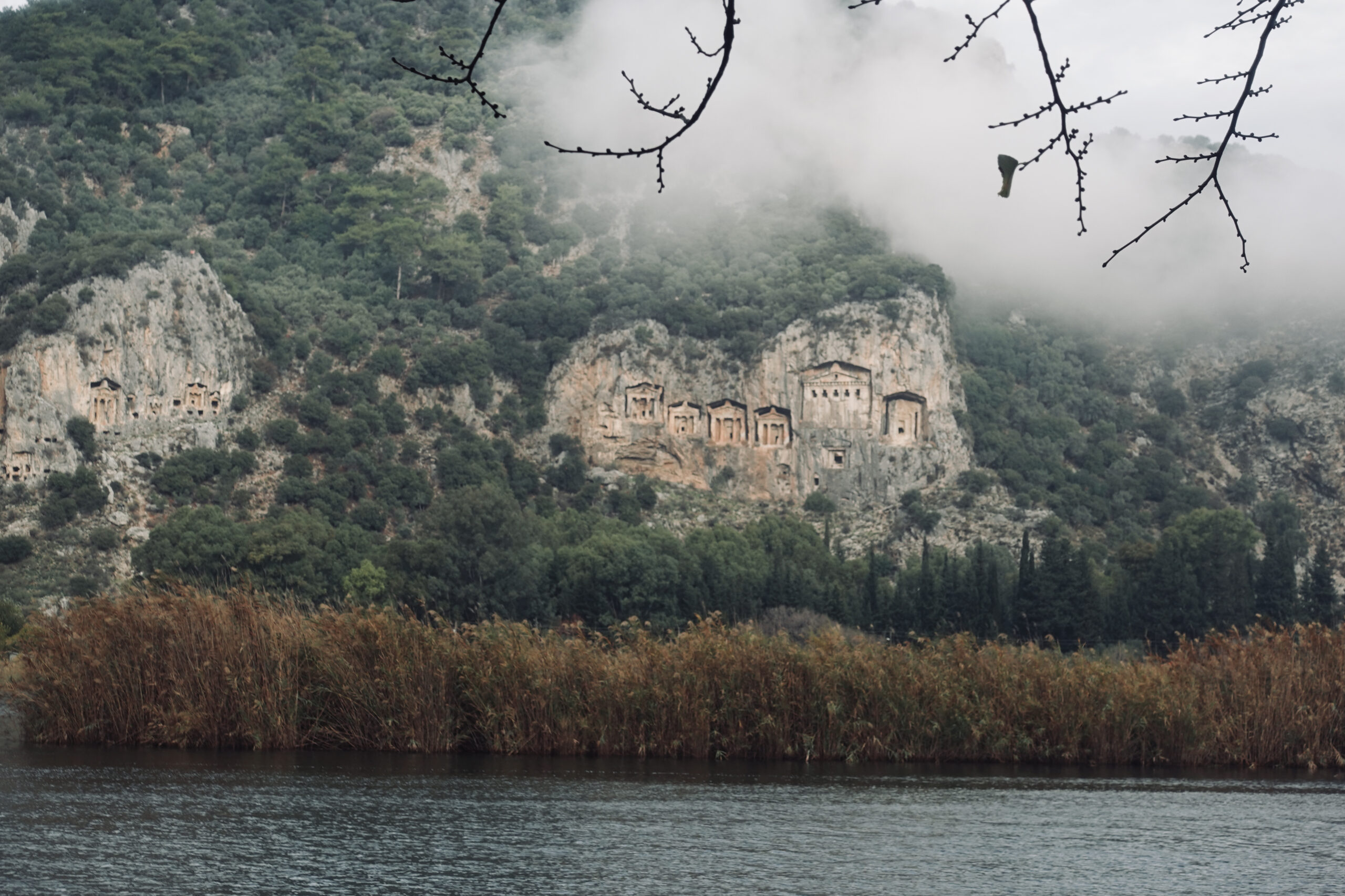
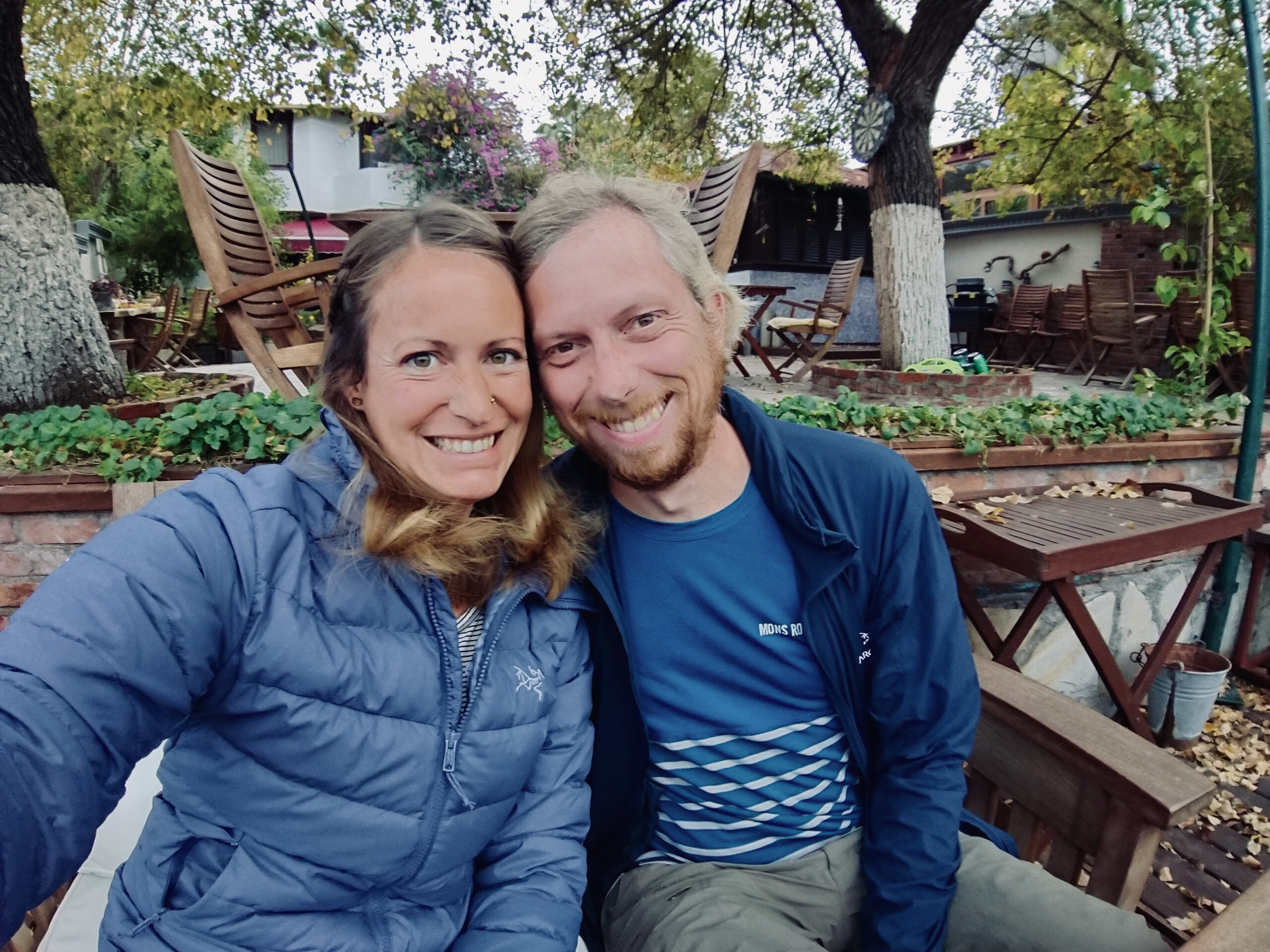
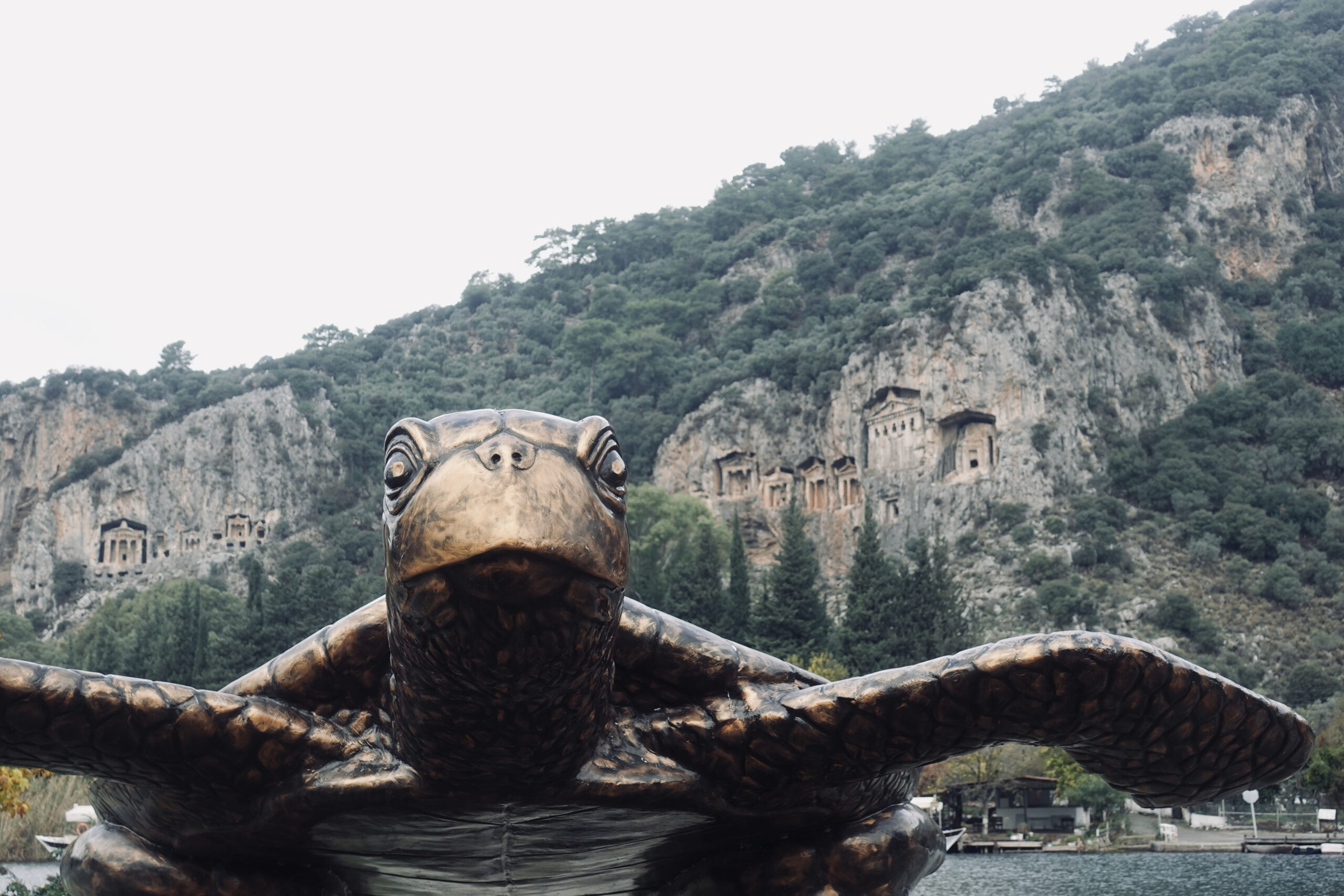
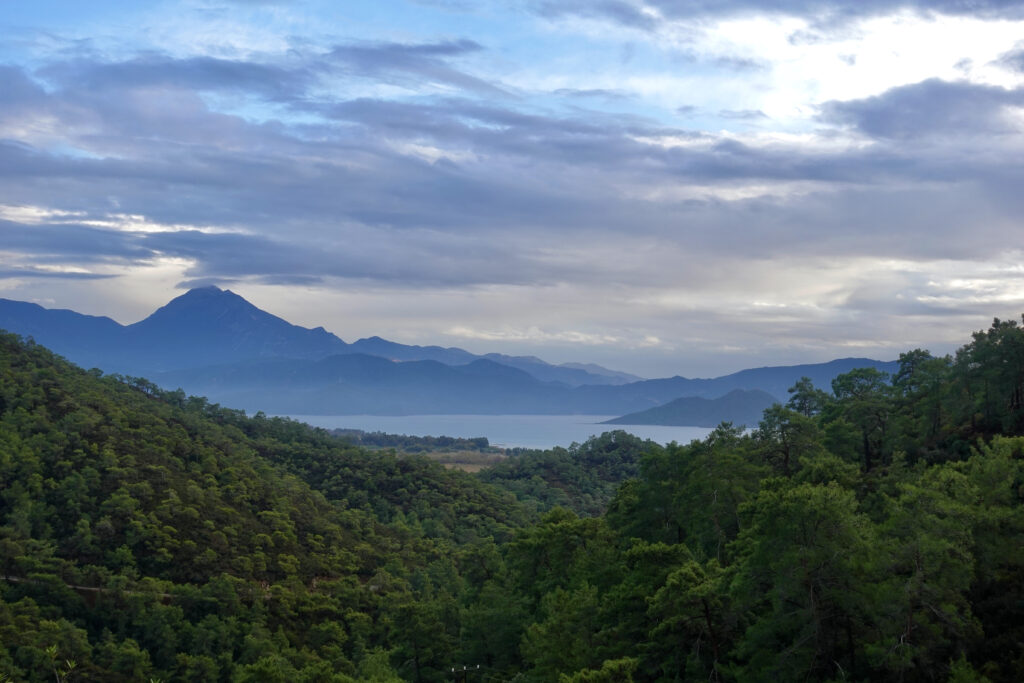
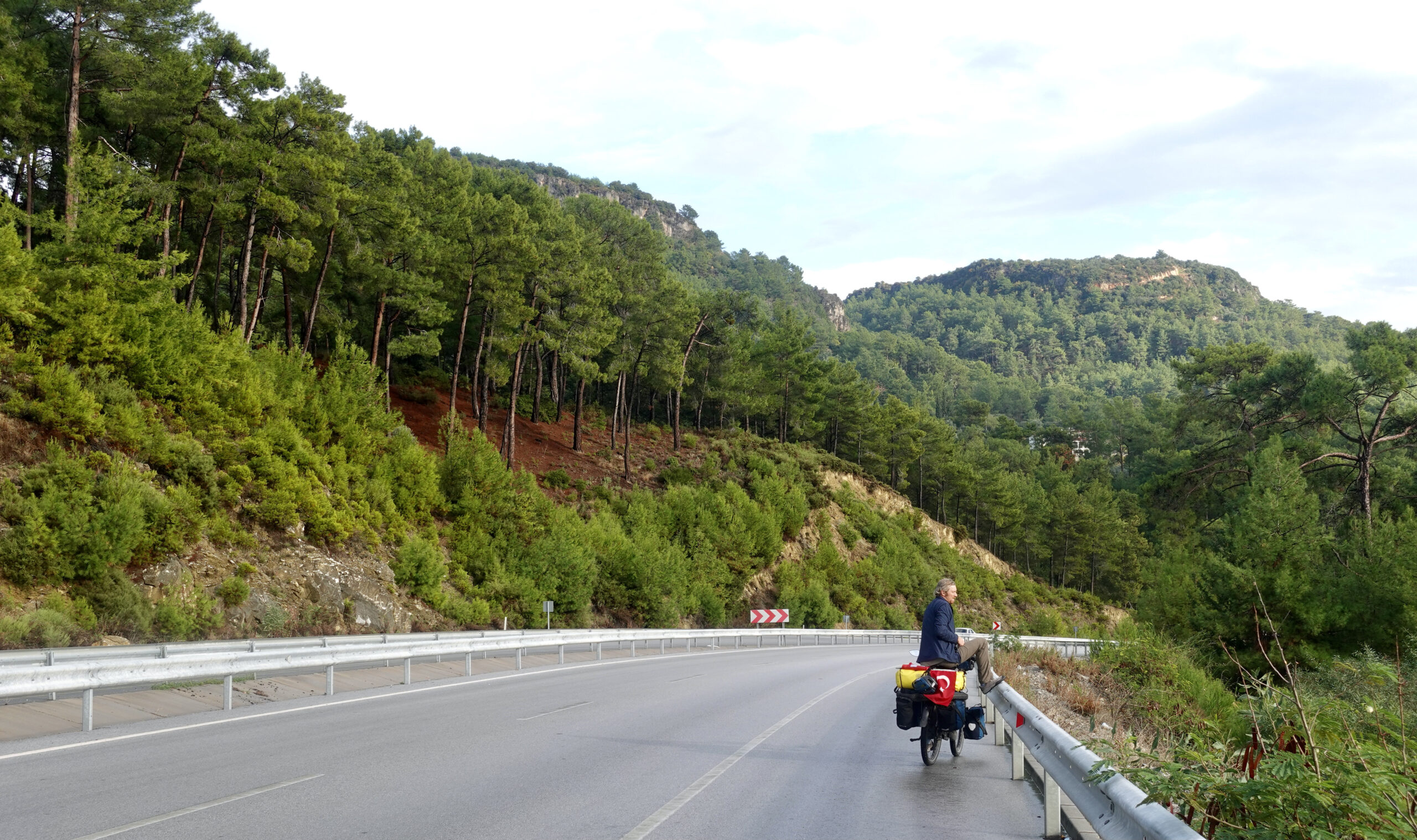
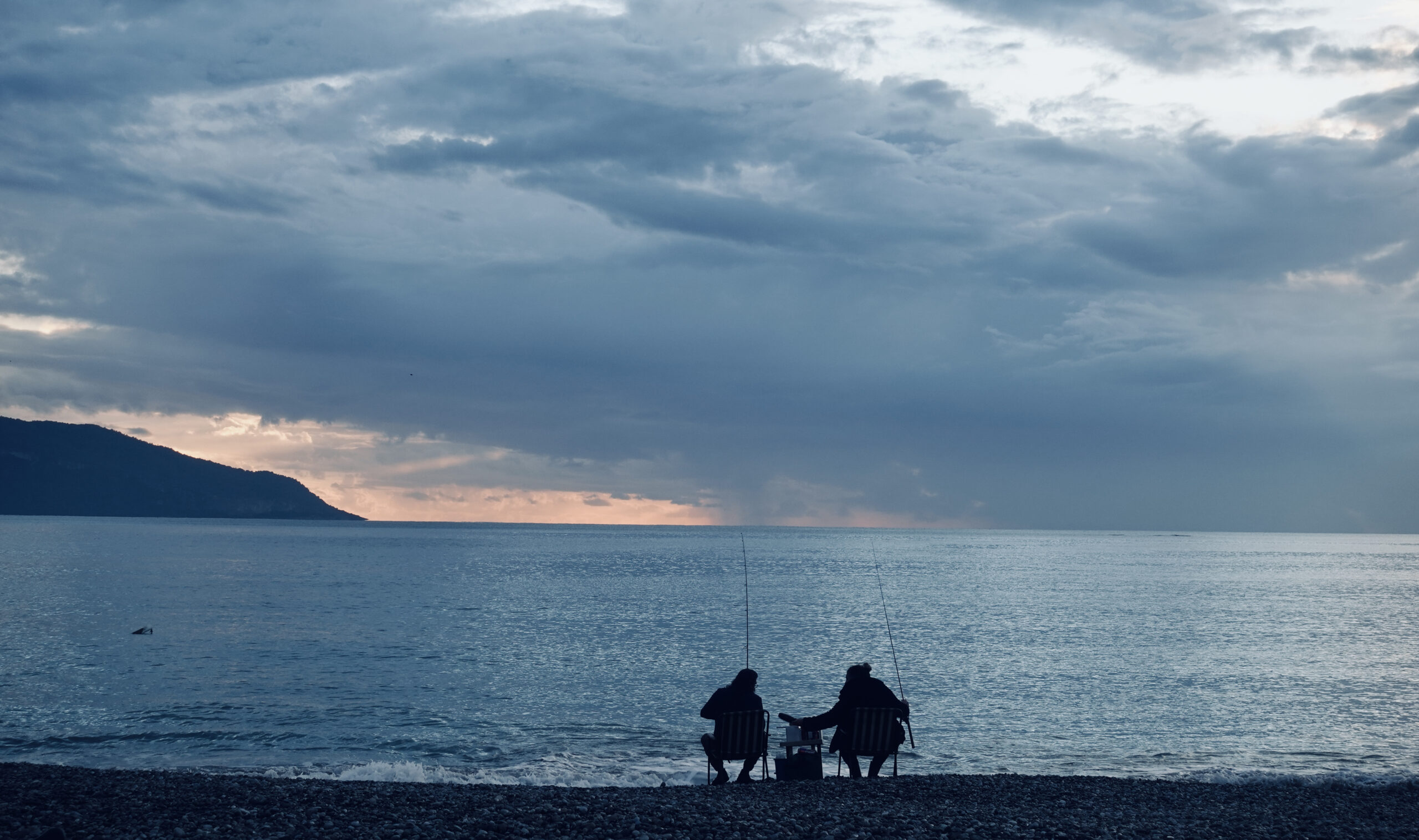
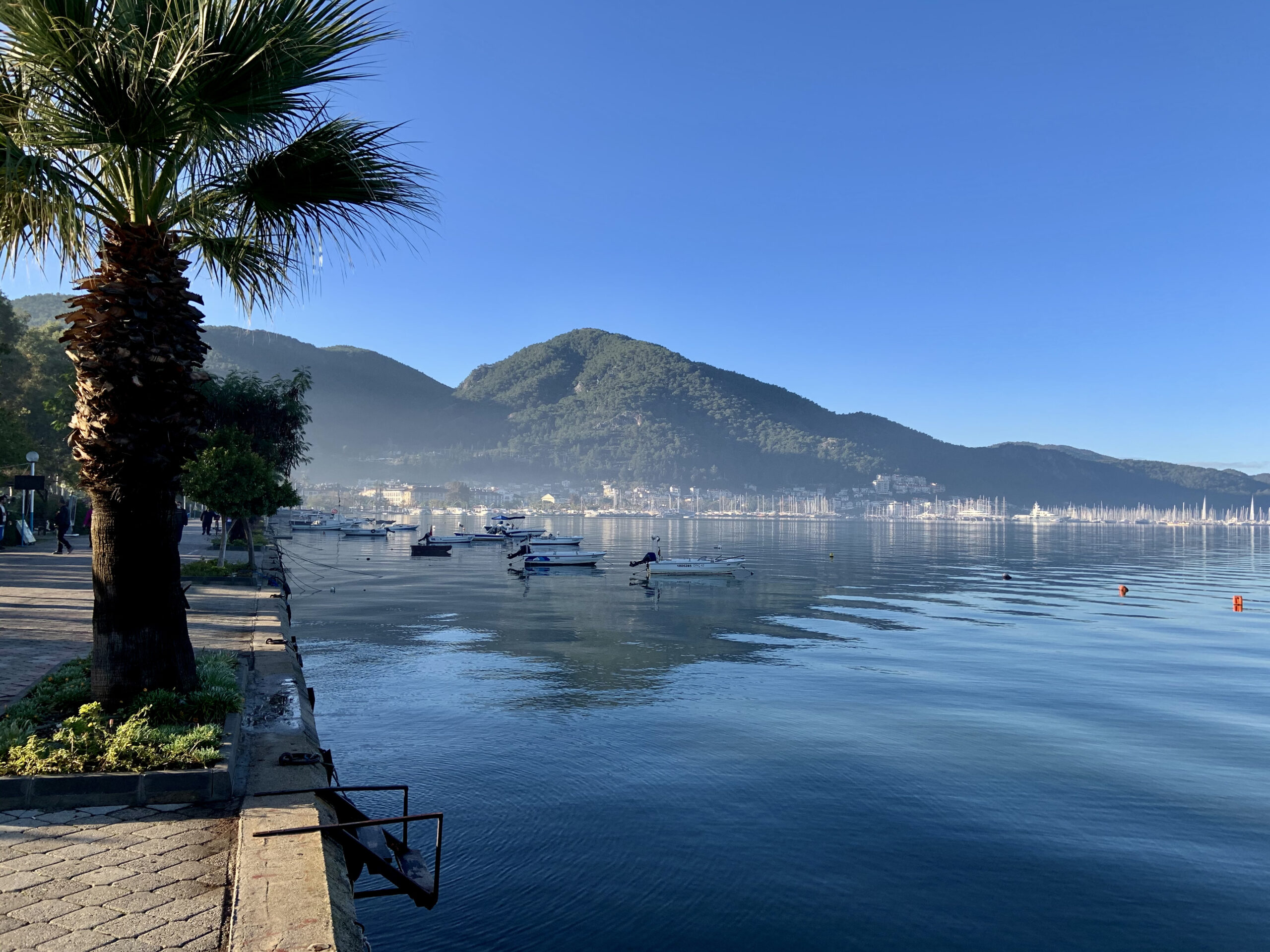
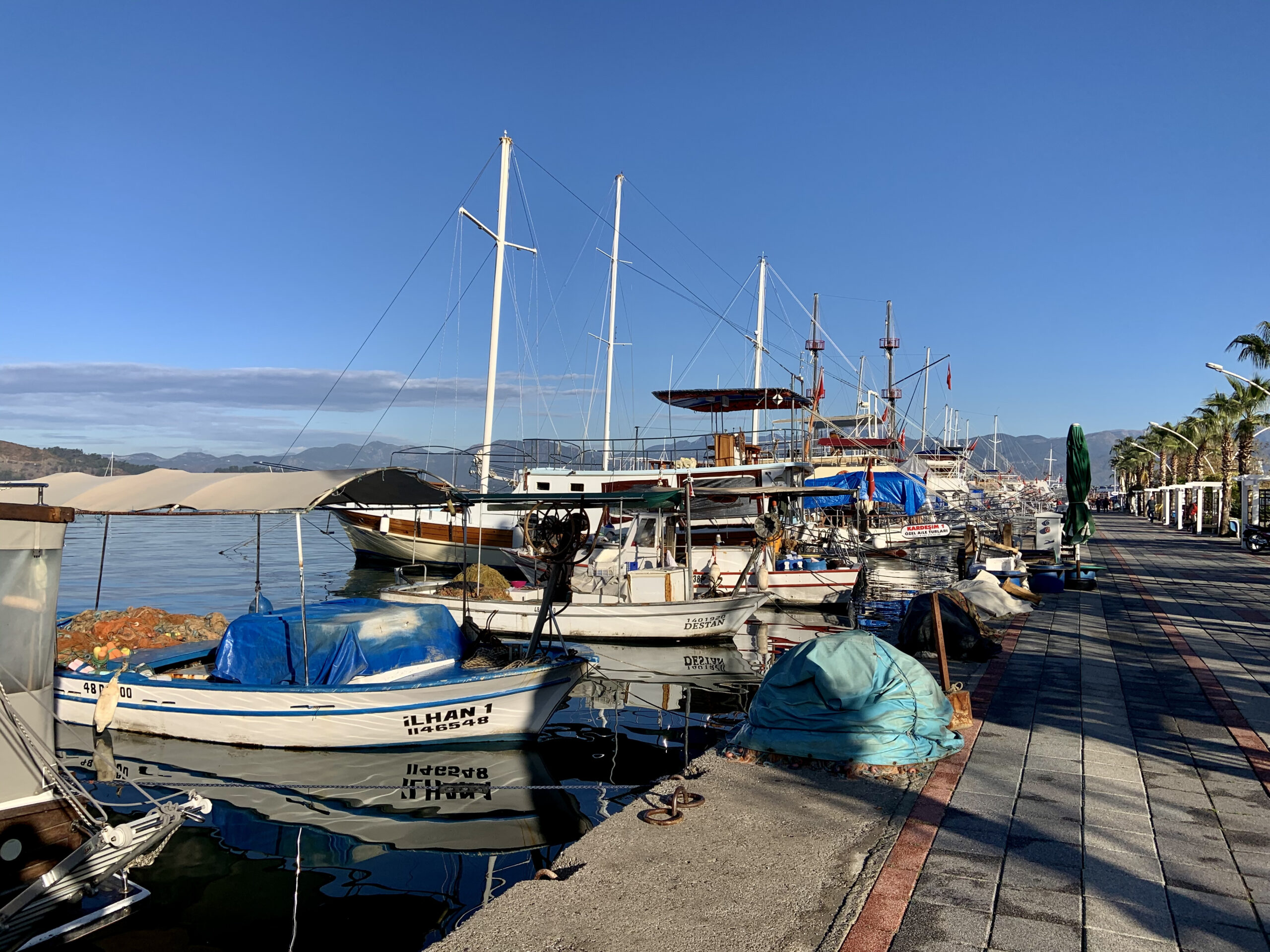
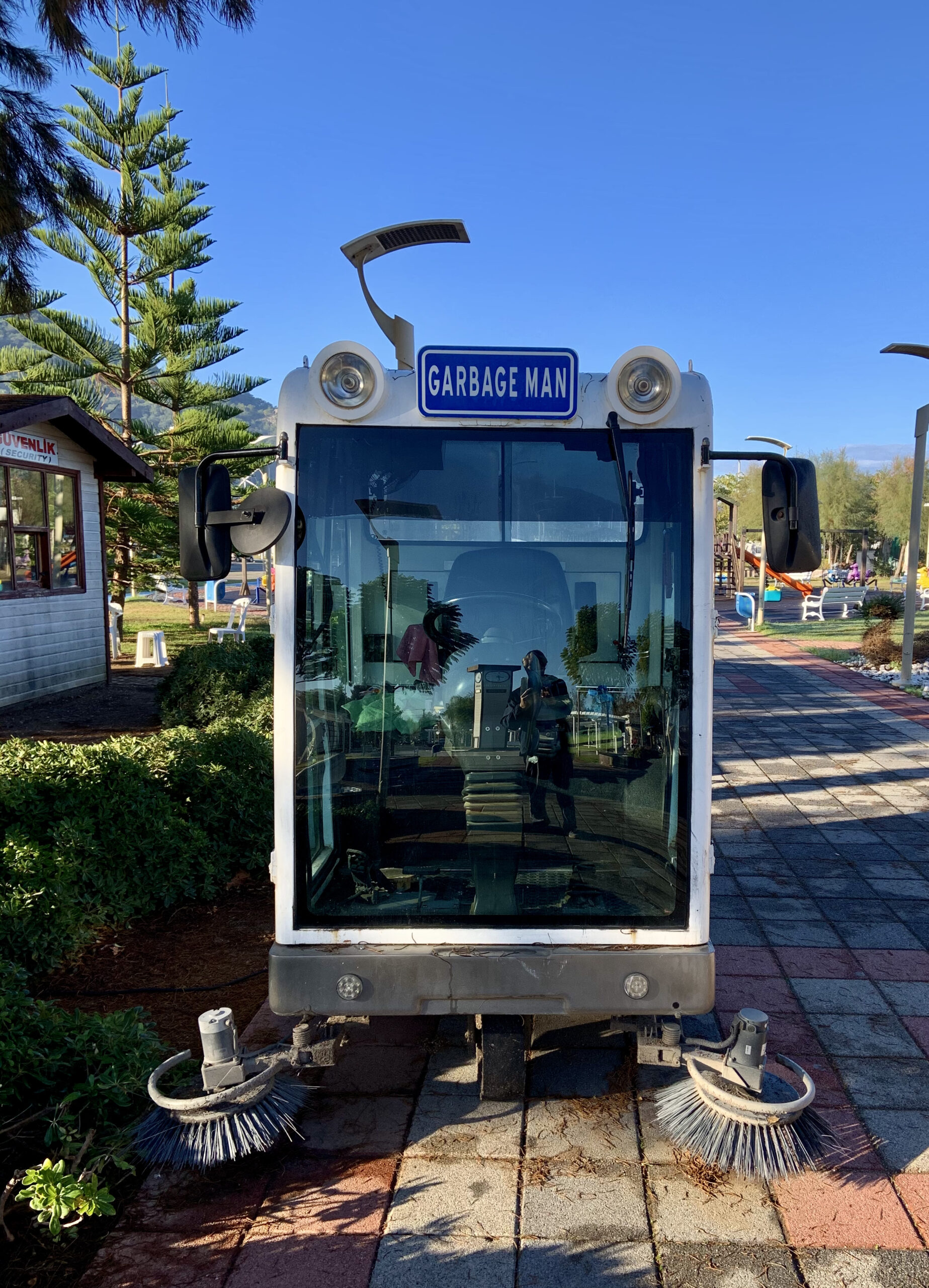
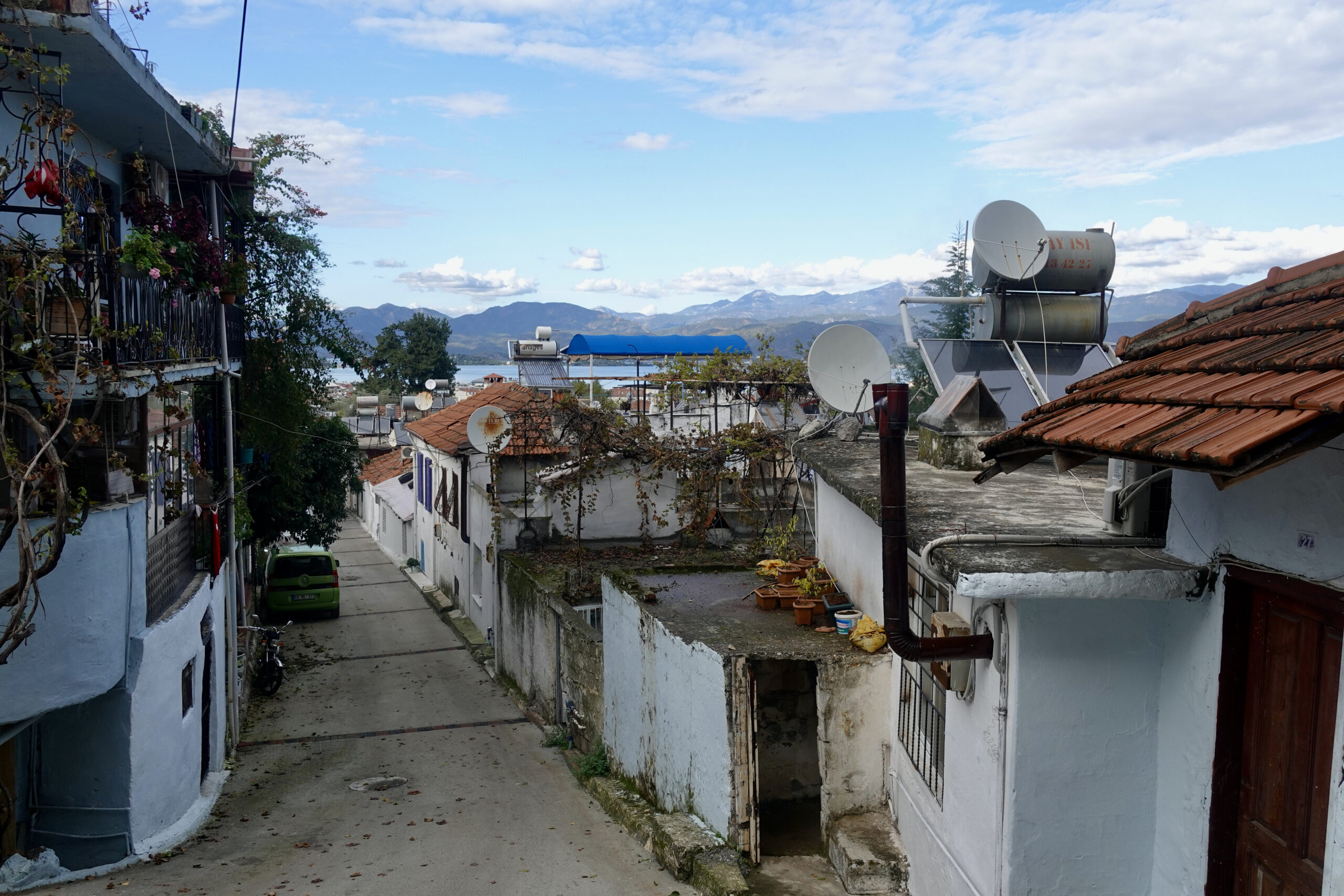
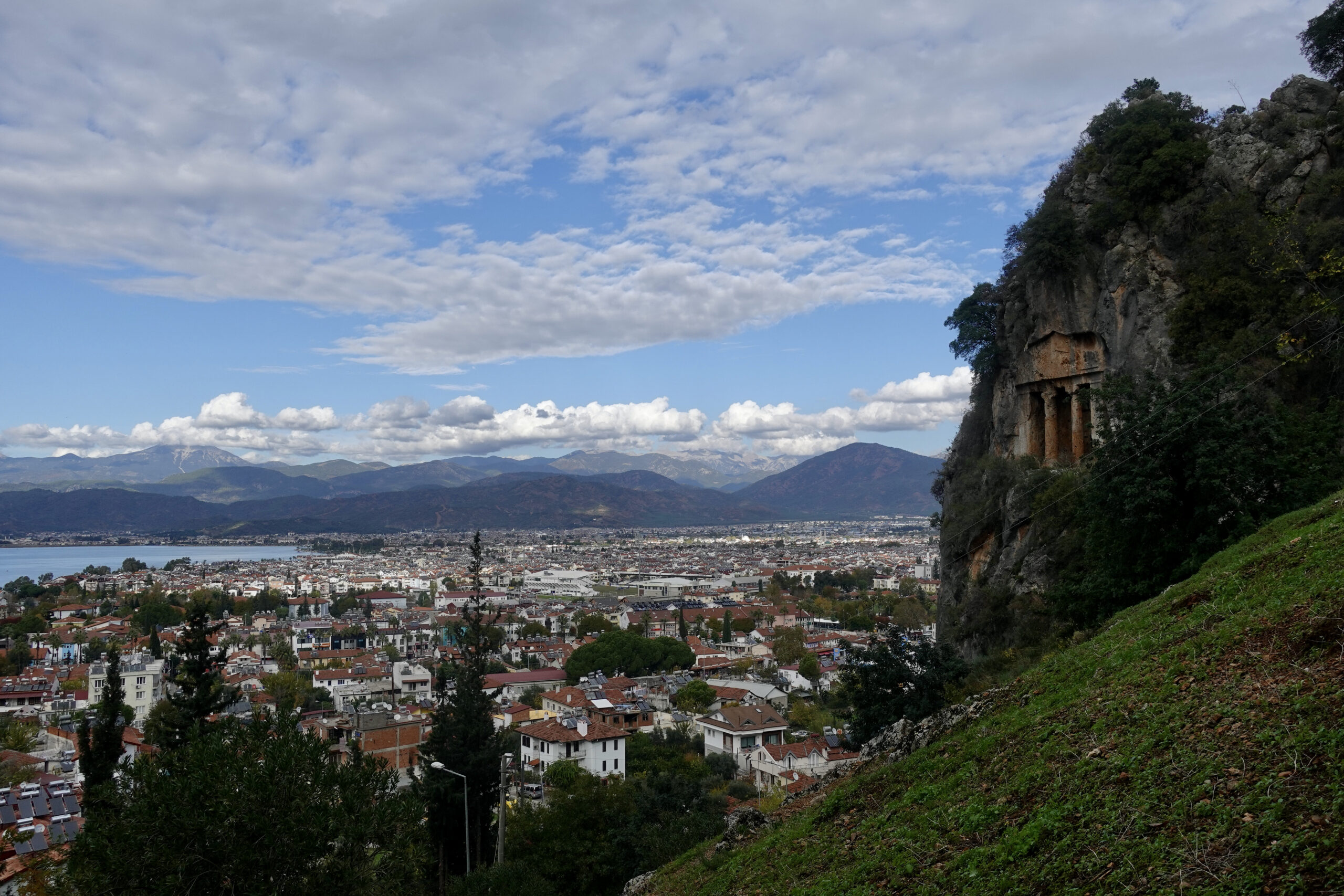
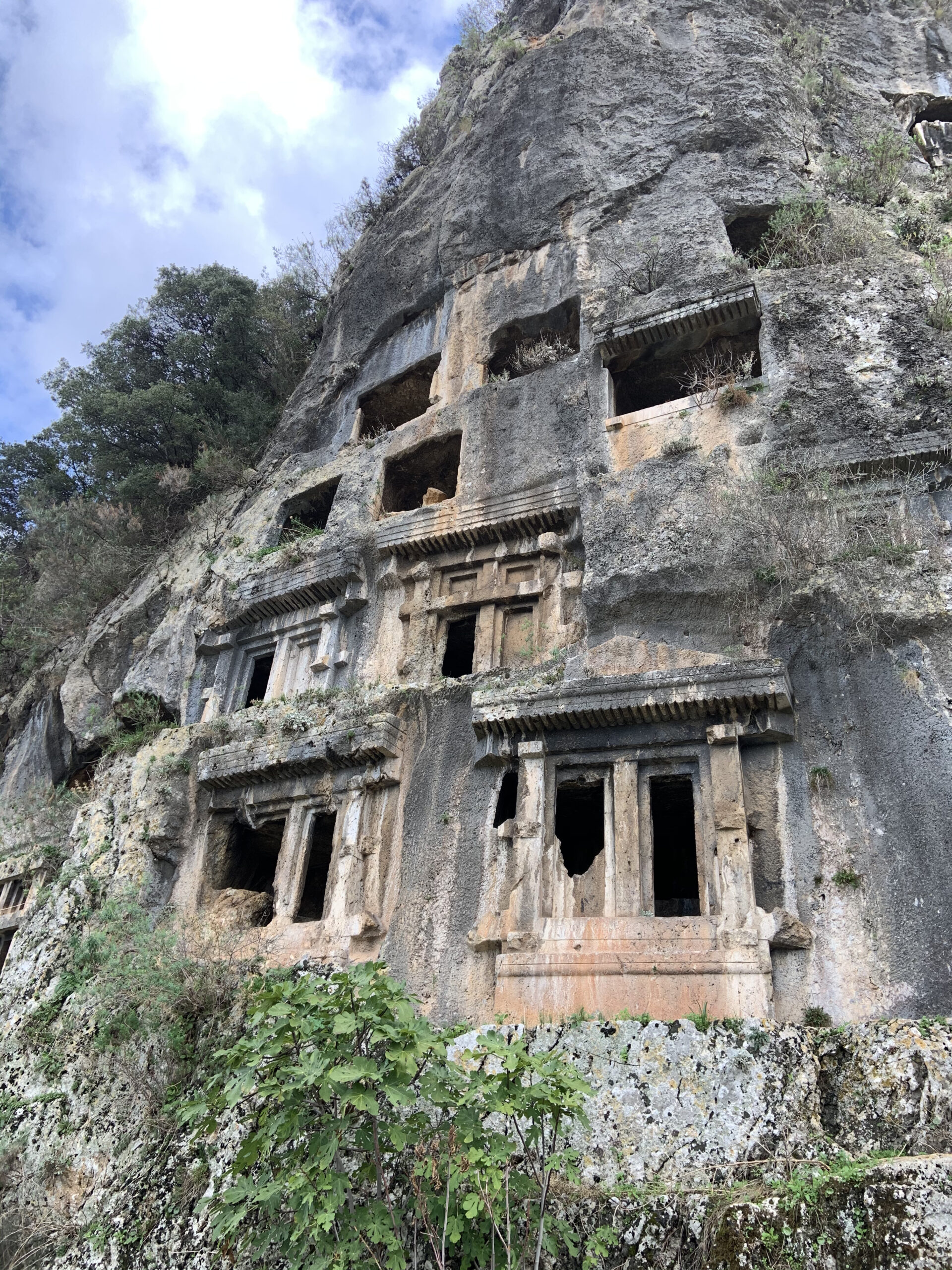
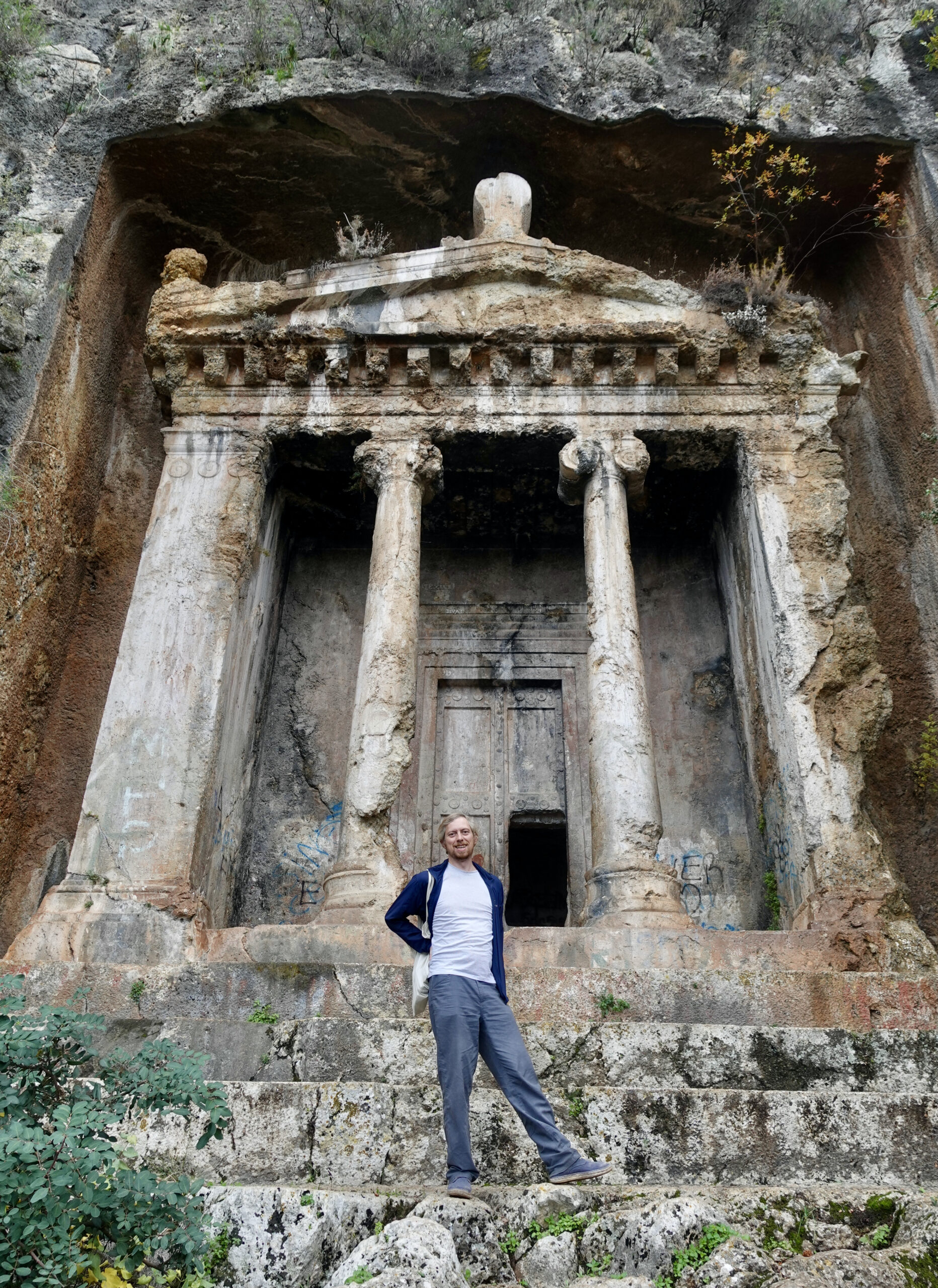
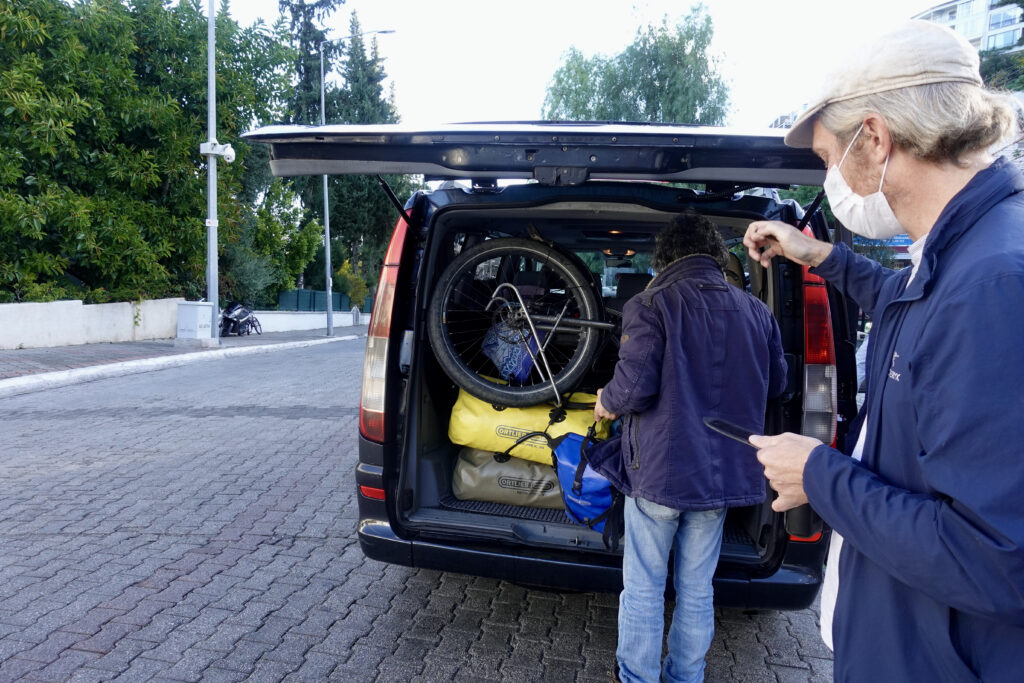
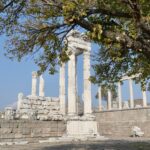
Leave a Reply